Luxor & Aswan, Egypt
Winter 2023
My Egyptian adventure continues with part two of my travel guide that highlights my experiences in Luxor and Aswan. My mode of transportation during this leg of the trip was sailing down the Nile river on a luxury river cruise. Two historical cities in four days, let’s get ready to learn, see and do all the gems that Luxor and Awan, Egypt have to offer.
LEARN:
- Temples of Karnak (Luxur): Are you ready to walk into history? The temples of Karnak were built over 300 hundred years ago to honor the king of the Egyptian gods, Amun. The grounds give you a glimpse into how the people’s love for their gods were by the rows upon rows of hieroglyphics and paintings on the temple walls and their dedication to documenting their devotion. The Ramses II statues tower over you as you enter the main entrance to the temple that is dedicated to his reign. You can’t help but wonder what offerings were made to ensure the pharaoh would continue to serve the people honorably. Each historic artifact was more and more impressive as I went further into the temple. If you look hard enough you can see references to King Tut and King (Queen) Hatsheput. The temples are open everyday and times range from 6AM – 7PM in the summer/spring and 6AM – 5:30PM in the winter/autumn. The cost per ticket is about $9. Since I was on a tour this was included in my vacation package.
Munch Tip: Once you maneuver your way through the temple, head to the back where the café is located. The café overlooks the Sacred Lake which was used by the temple priests to bathe and purify themselves prior to performing their rituals.
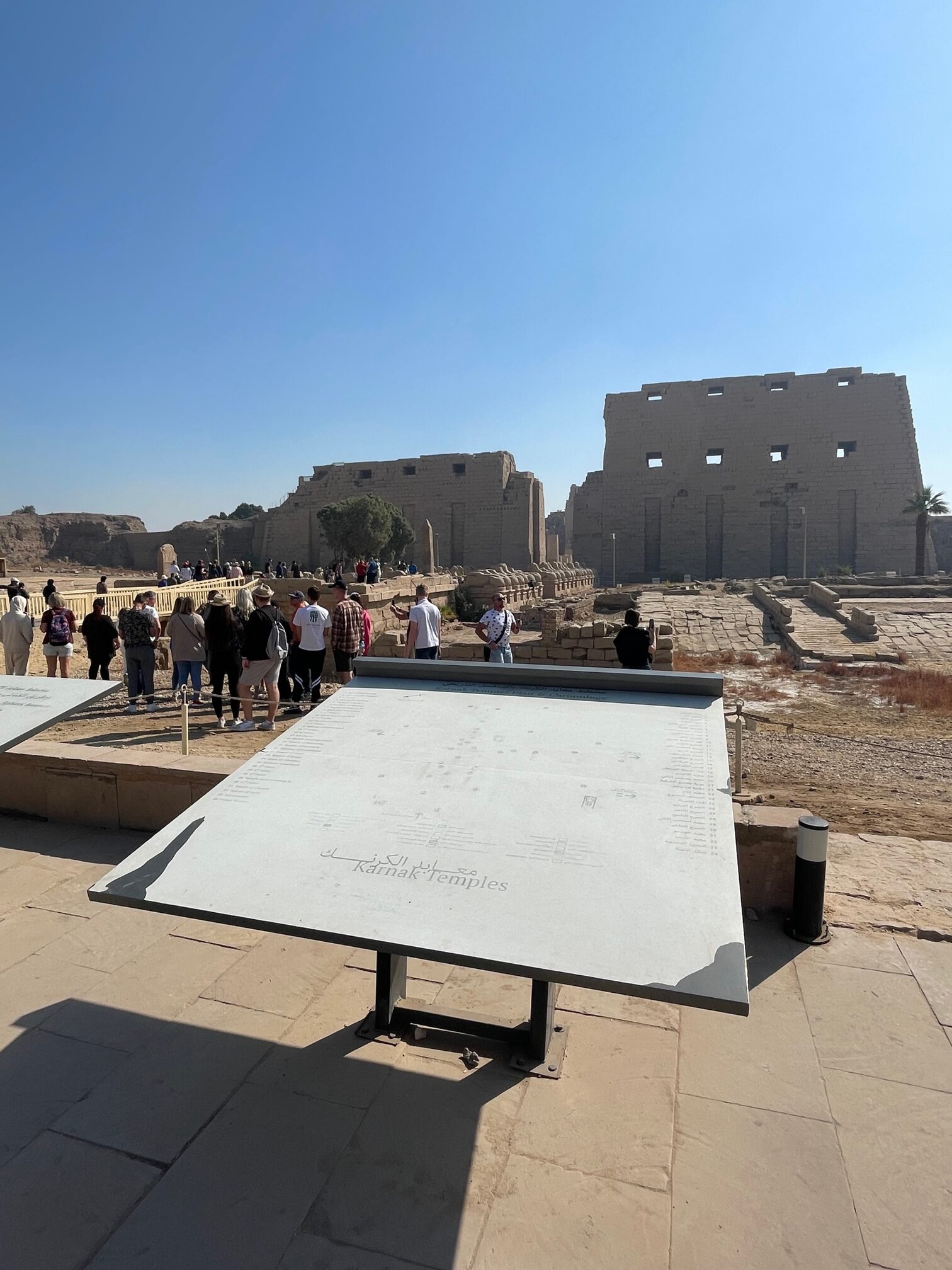

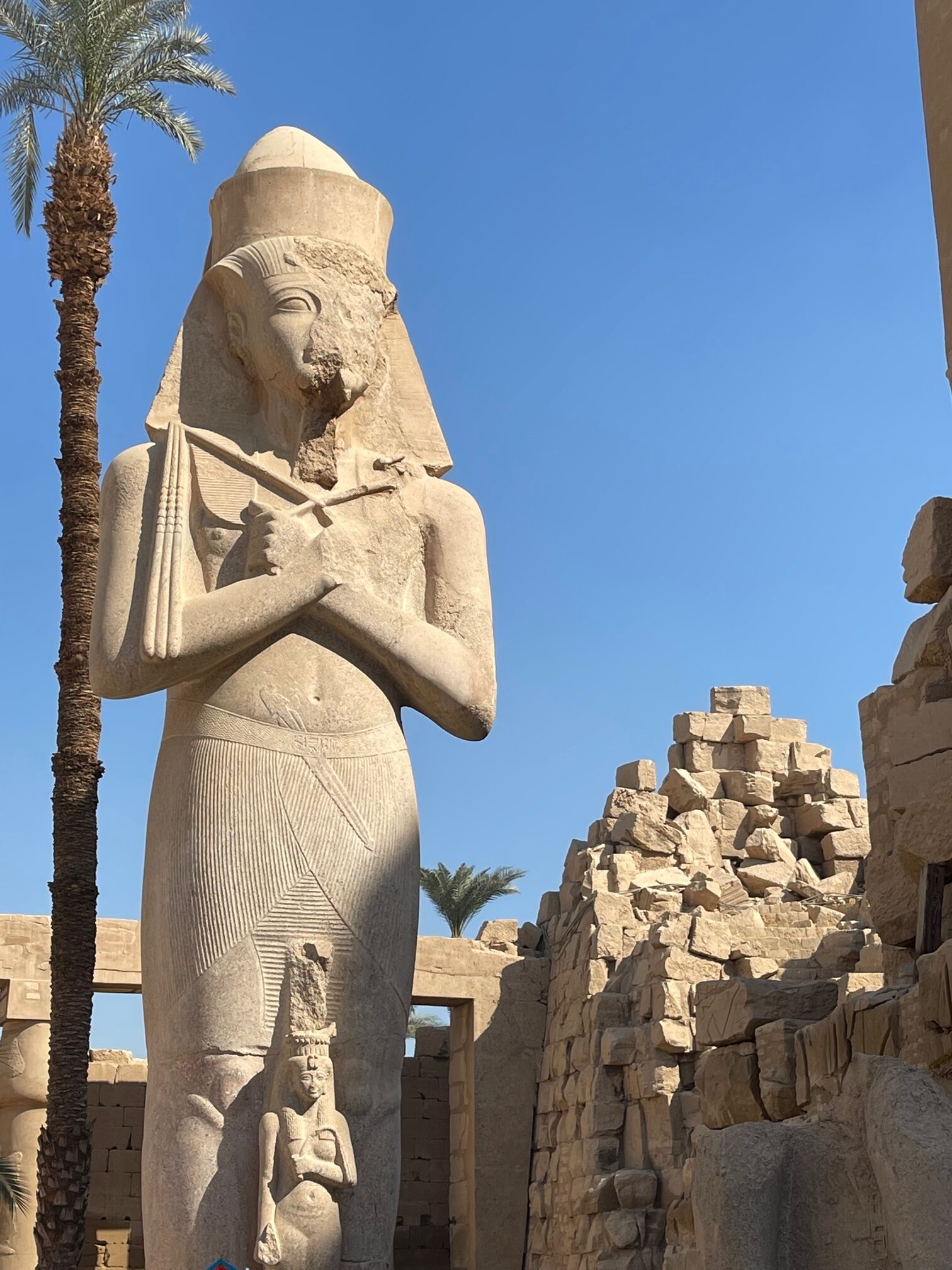
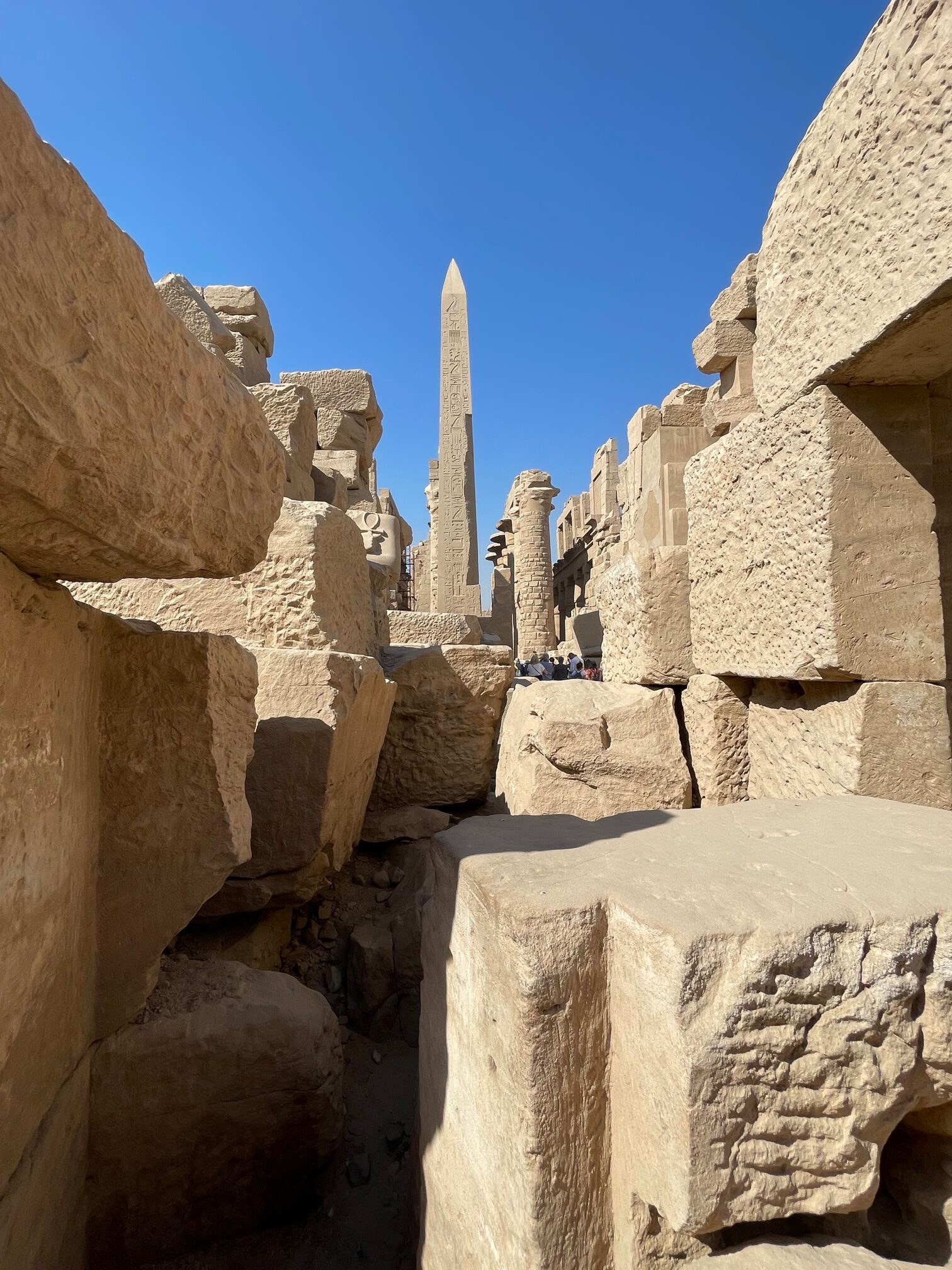
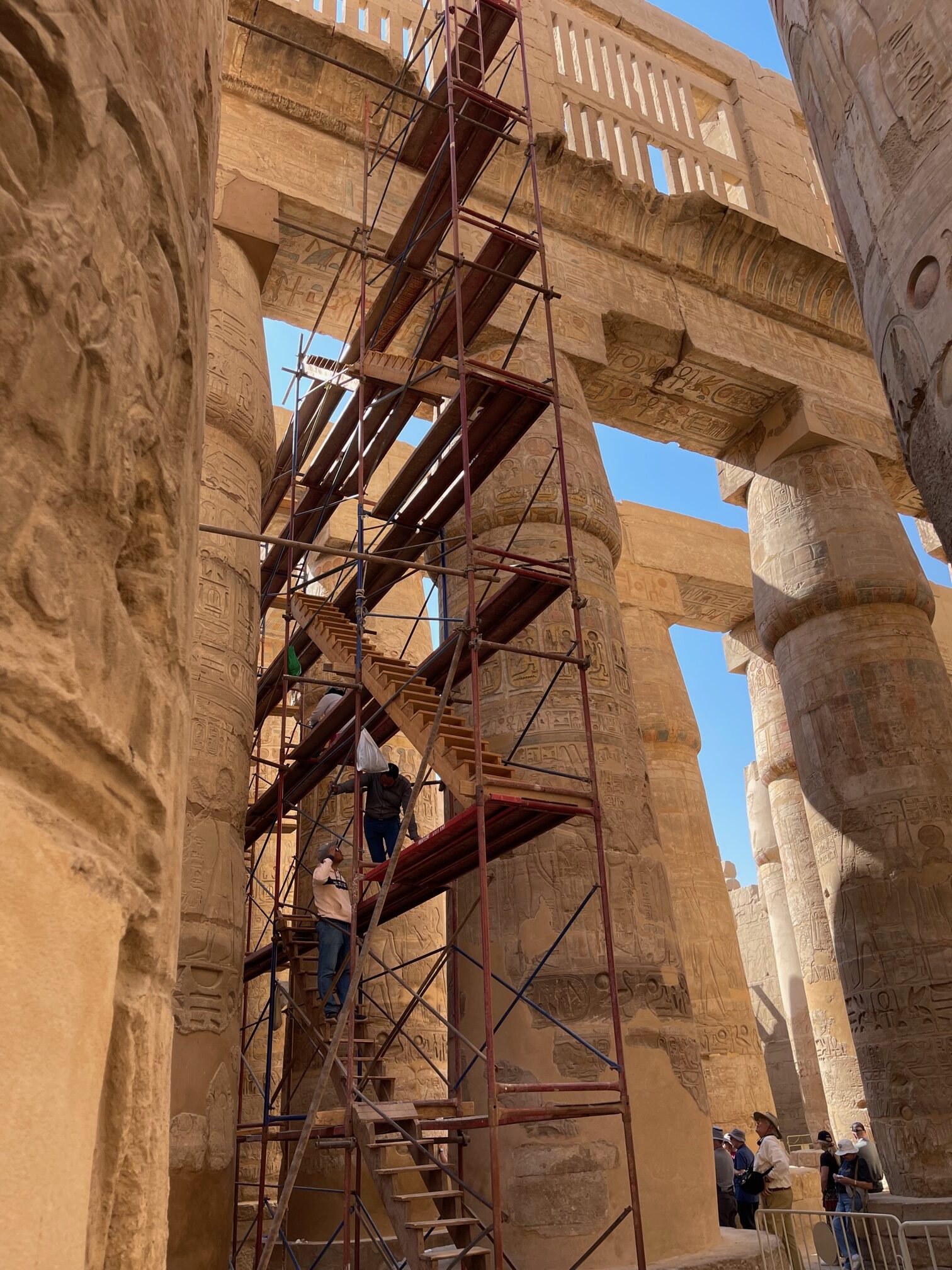
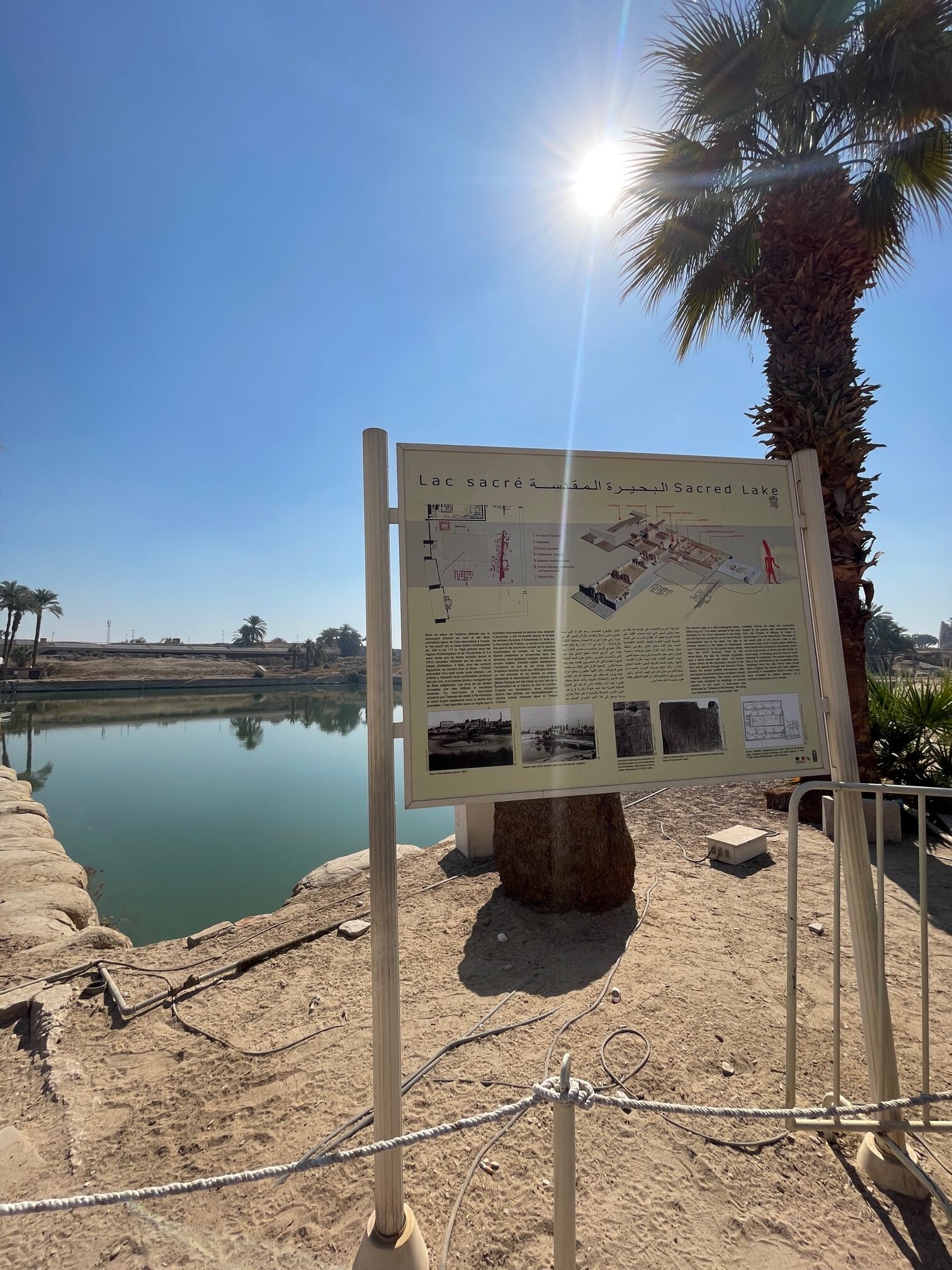
- Queen Hatshepsut Temple (Luxor): In one of the many history books that you may have seen that highlight Egypt, the rows of columns that make up the temple of the female ruler, Hatshepsut may seem very familiar. In our day, she would have been referenced as a feminist, but in ancient Egypt she was fiercely opposed by her equals and treated as an oddity. Her Egyptian image is depicted within the hieroglyphics on the walls of her temple as embracing both male & female features and being referenced as a king. Within the historical text, Queen Hatsput was illustrated as wearing men’s attire to round out her validity as the rightful king of Egypt. The temple is embedded into the mountain and gives the visitor a sense of excellence and grandeur. The structure was designed by Senenmut who happened to be the Queen’s lover. After finding out that he was not loyal, the Queen dismissed him from her royal court and forbade him from being associated with her in any fashion. Senenmut did the ultimate pay back by building his tomb directly in front of Queen Hatshepsut’s, so that they could be together for eternity in the afterlife. The temple is open from 6AM – 6PM, Monday thru Sunday and costs 240 Egyptian Pounds ($8) for adults and 120 Egyptian Pounds ($4) for students.
Munch Tip: This historical landmark is a heavily visited tourist attraction and memorable pictures are hard to capture with the influx of people in the area. Head to the second level of the temple where there is less foot traffic and more open space to take those Instagram worthy photos.
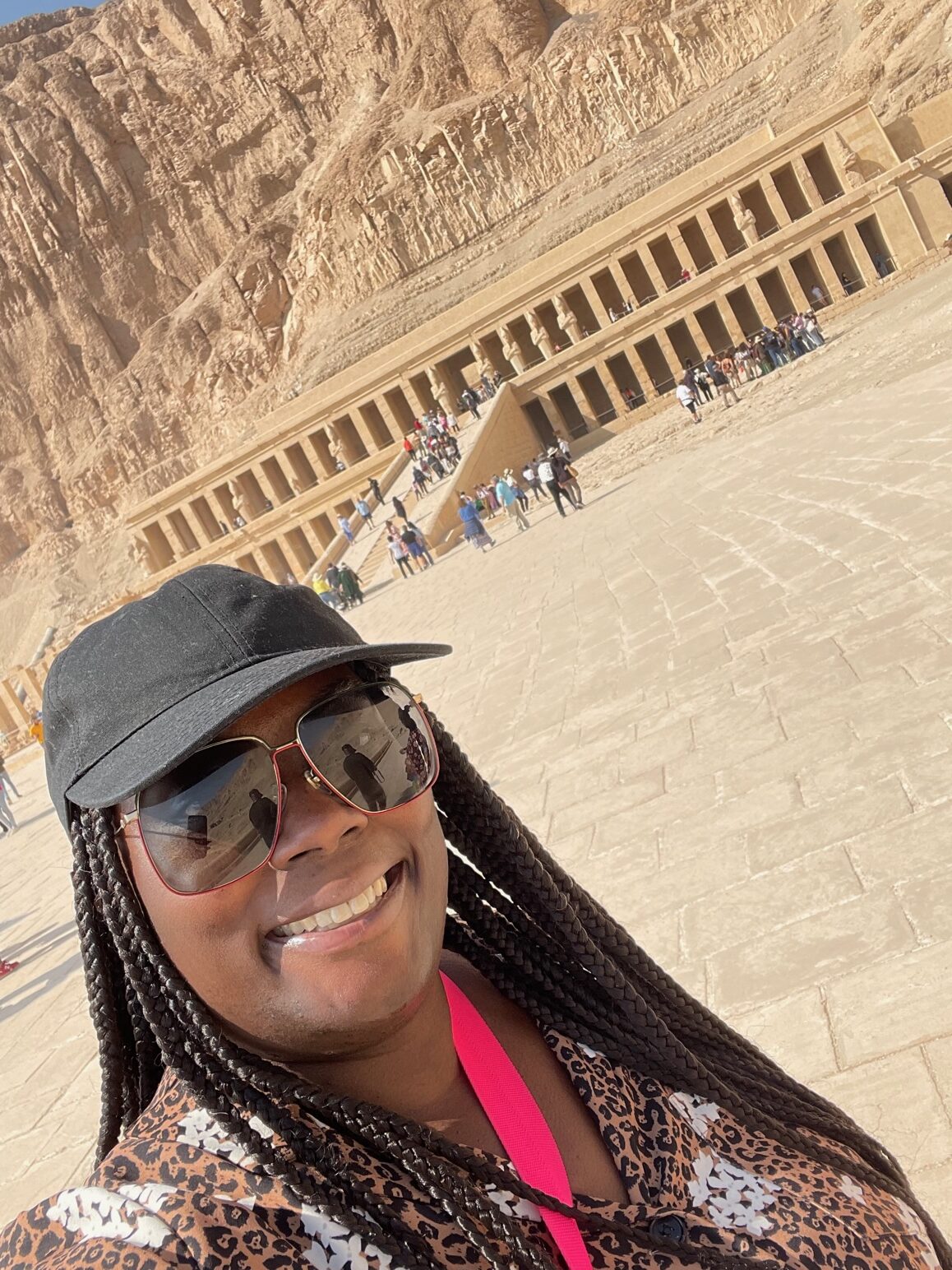
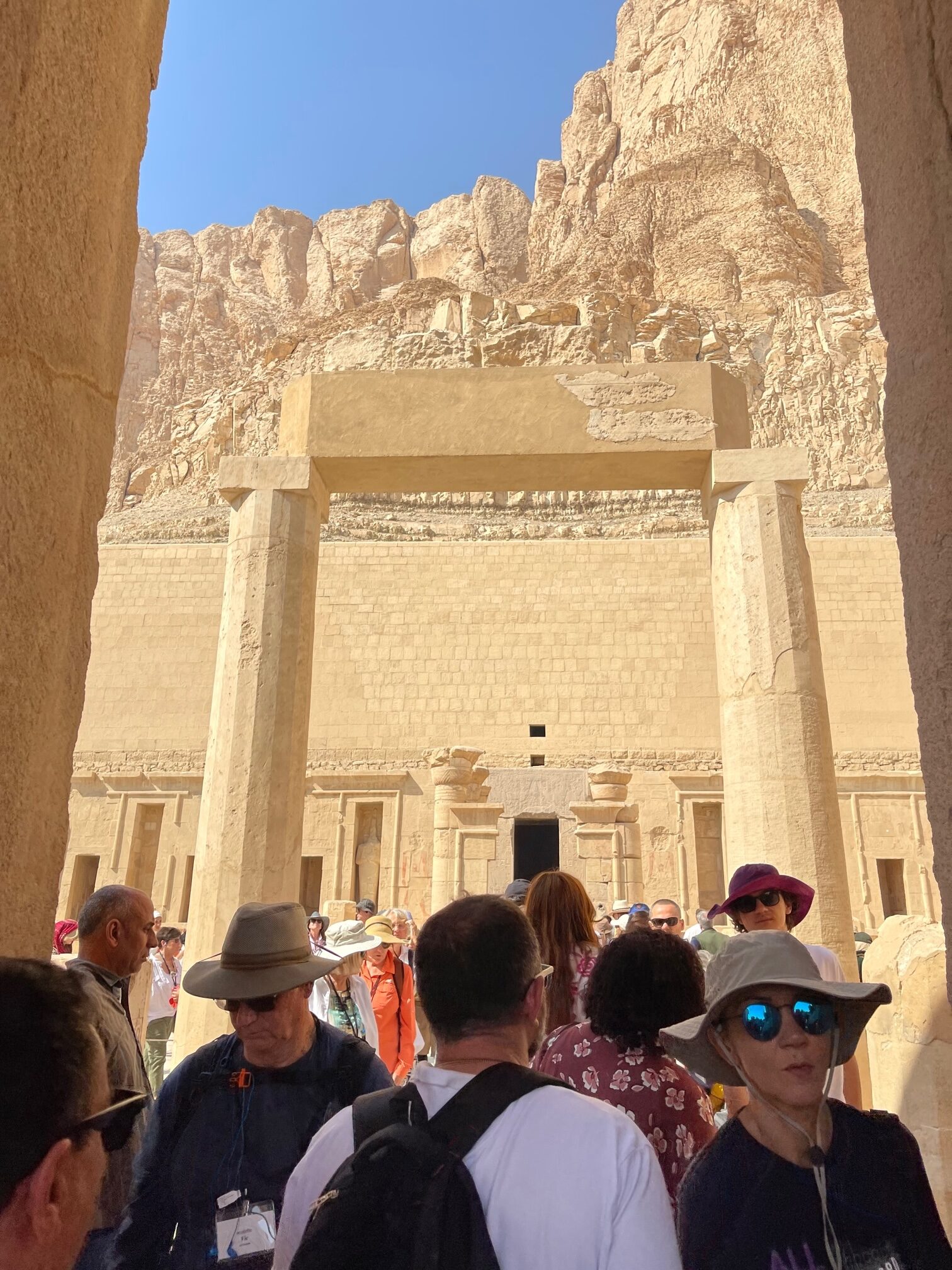
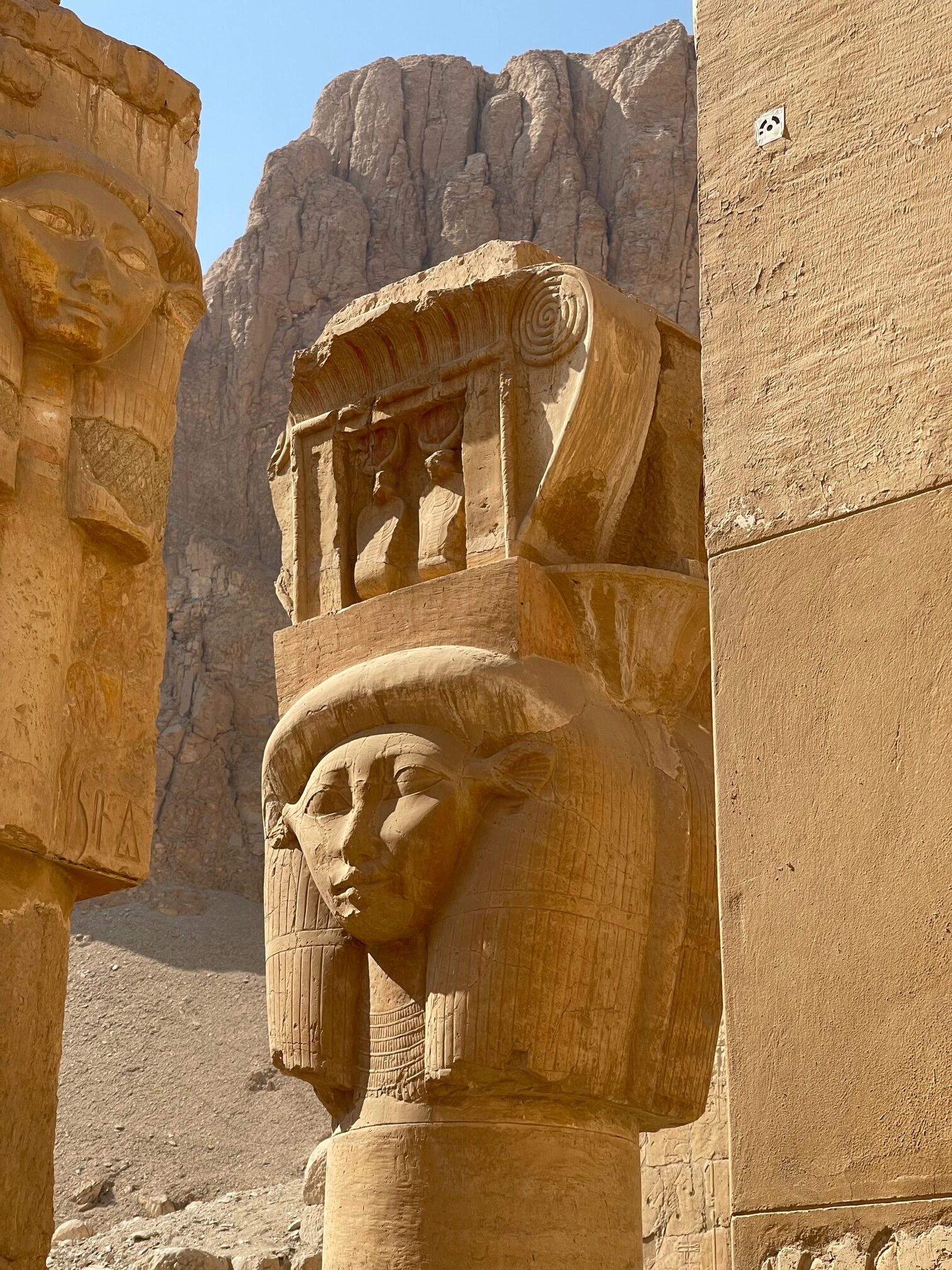
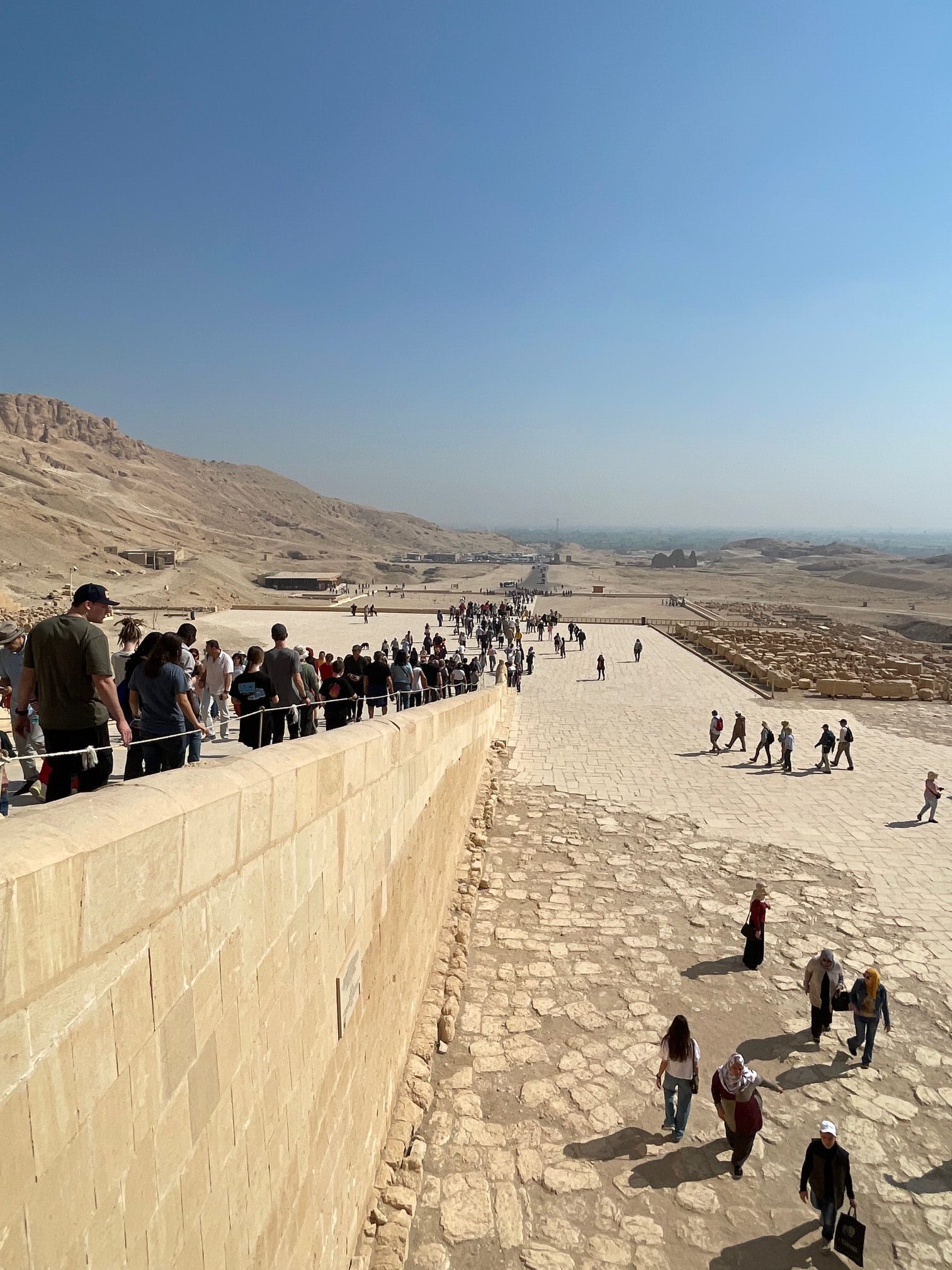

- Edfu Temple (Aswan): If you know anything about Egyptian mythology, Horus, the falcon god was a revered deity that was responsible for kingship and all things related to the sun & sky. Edfu Temple is the place where Egyptians would come to worship and pay respect to the deity. As my tour group weaved our way through the temples, Omar (tour guide), pointed out a small door opening with a hieroglyph inscription surrounding the door. It was explained that when the archaeologists were looking for relics of the past, they unveiled a library of scrolls that was beautifully preserved and outlined the sacred rituals of the temple priest. The greatest discovery lies within the texts of the scrolls that gave detailed instructions on how to make the essential oils, like the wildly popular lotus flower perfume. Today, Aswan is known for the essential oils and perfumes that were extracted from these precious pieces of history.
Munch Tip: Make a beeline to the back of the temple to see an actual altar boat that was used by the temple priest to carry a statue of Horus during festivals and ceremonies. Beware, it’s like a game of chess to get to the front of the line. When you make it, take as many pictures as you can before being shuffled out of the way by other tourists.
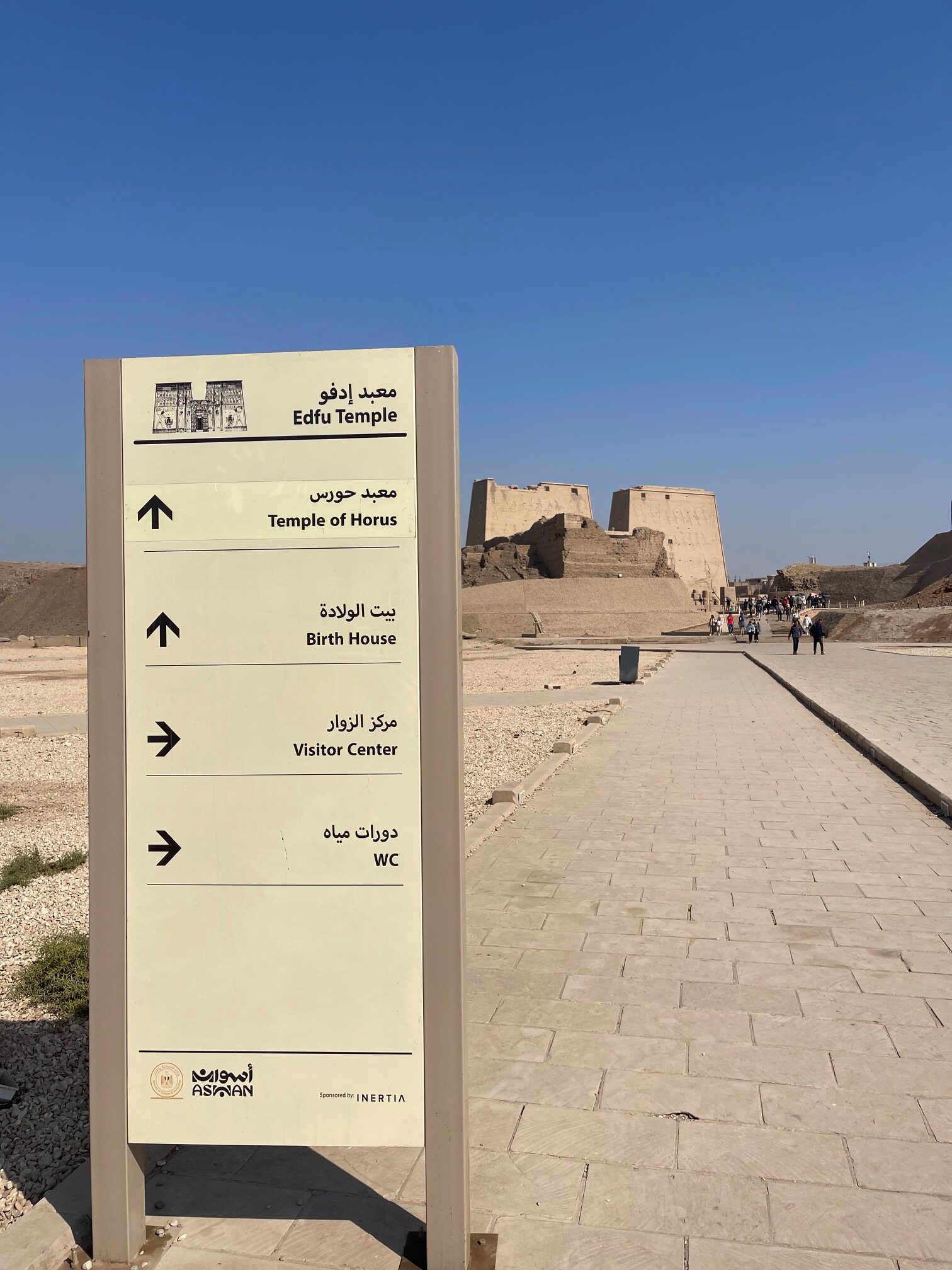
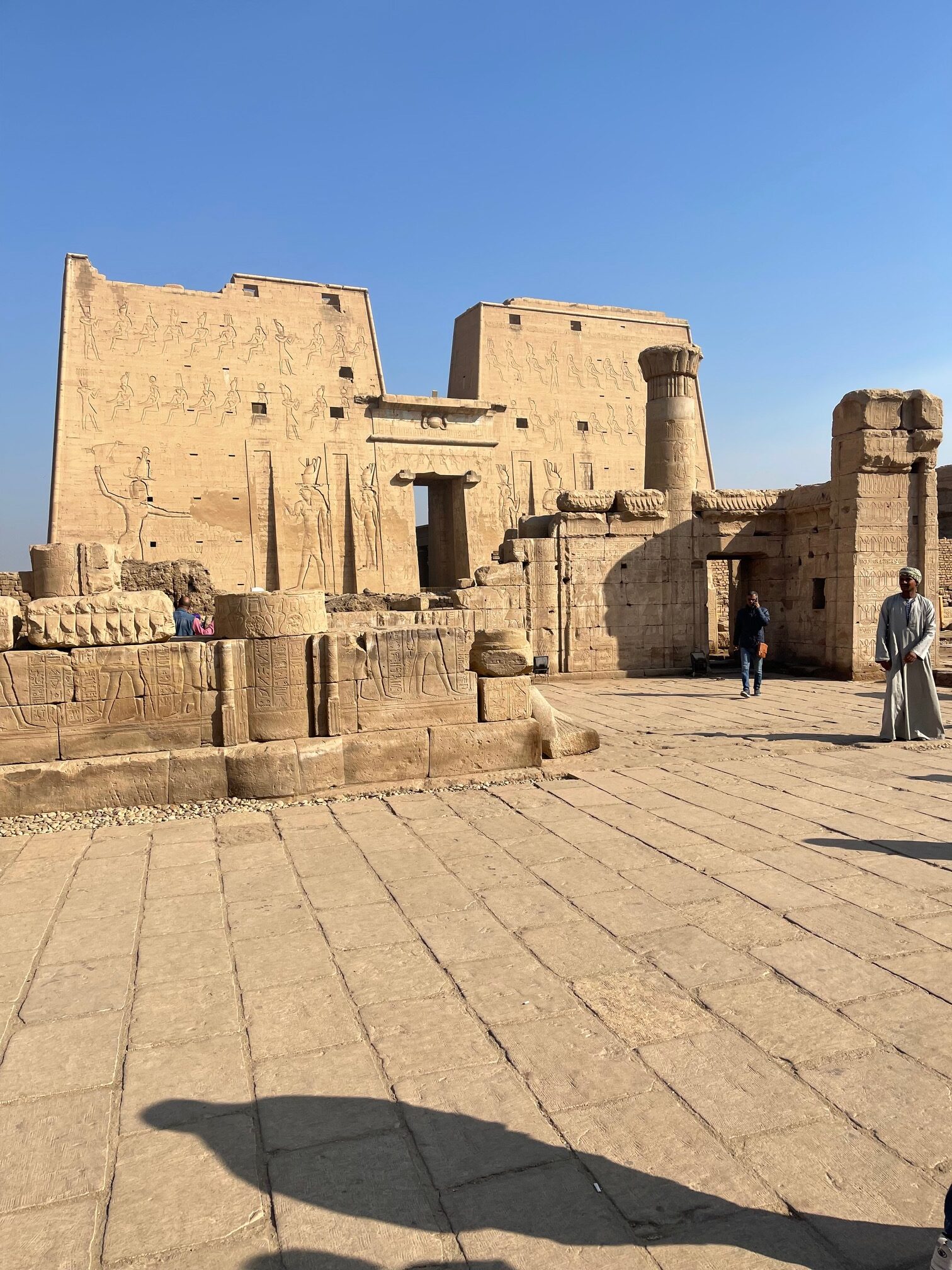

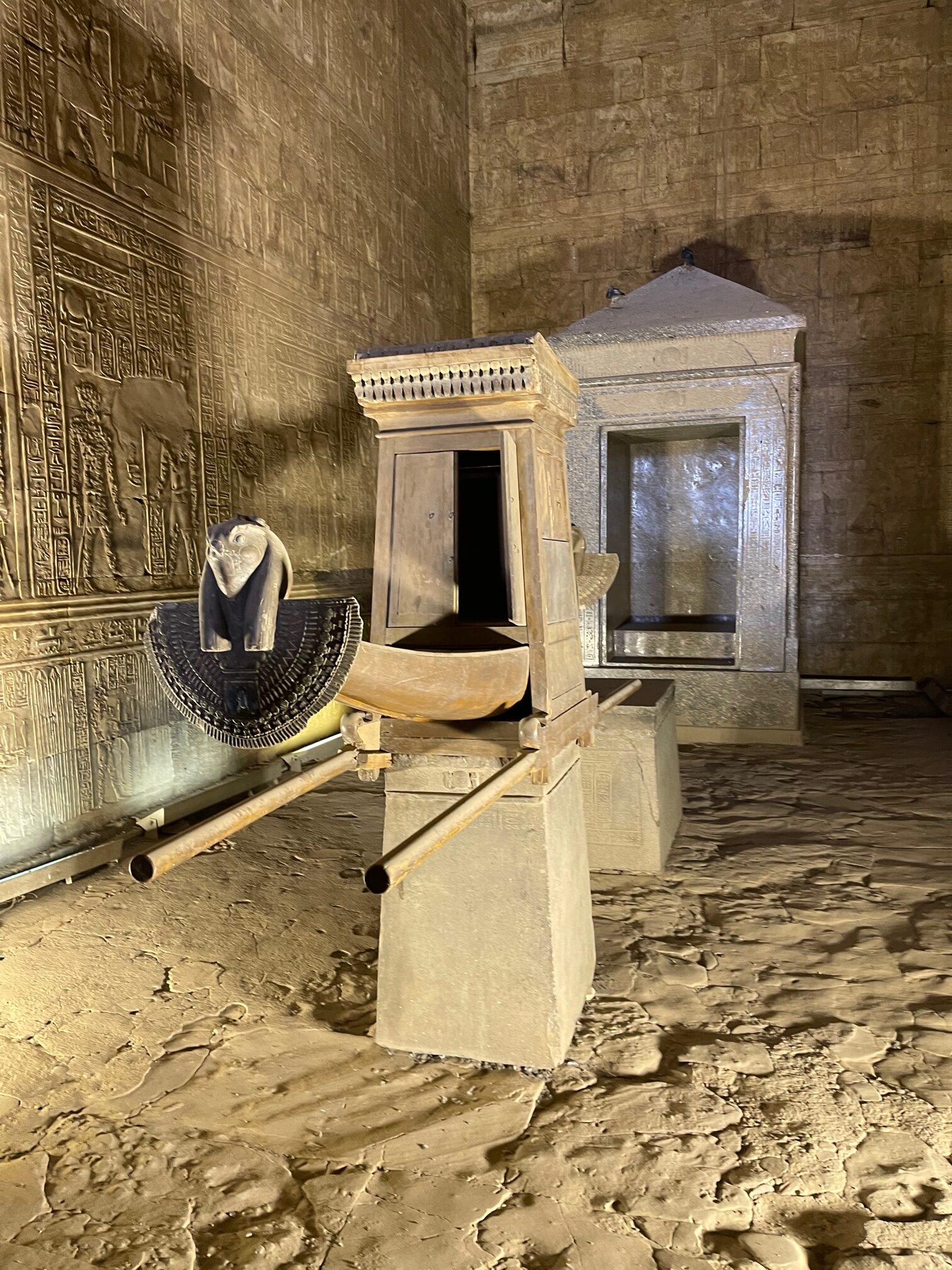
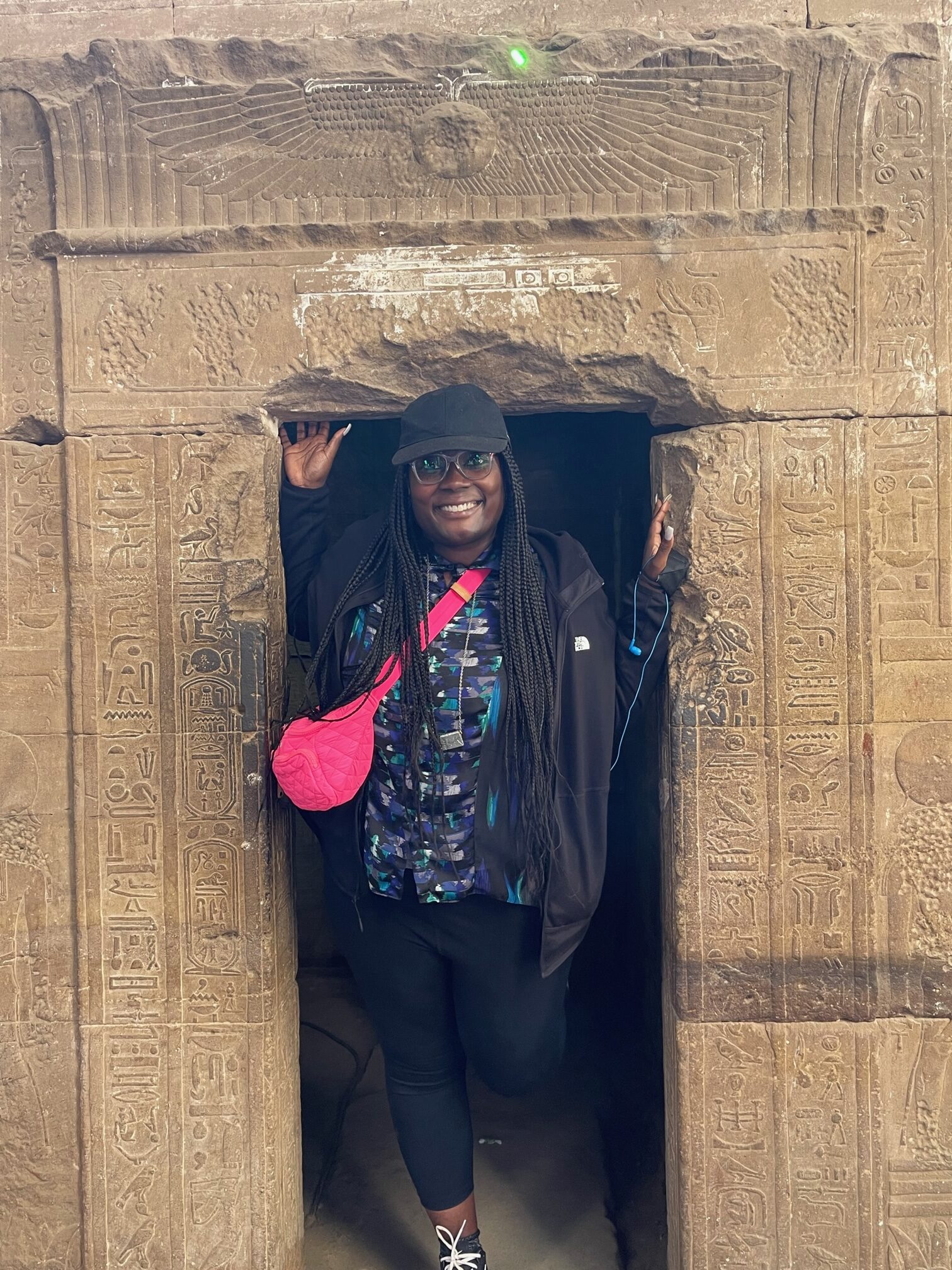
- Luxor Temple (Luxor): The first thing that grabs your attention when visiting the Luxor Temples is the mile long row of sphinxes that stretches all the way to Kanek Temple and the Nile River. If you are into Greek mythology, Luxor was also known as Thebes, until it was conquered by the Muslims. The temple is located within walking distance to the Nile river which was an ideal location for the ancient Egyptians to trade goods and hold festivals. The unique aspect about this temple is that Alexander The Great transformed this temple to blend his Roman beliefs and the Egyptian pharaoh culture to create a space that solidified his status with the Egyptian people and the gods. Within the hieroglyphs you can see the confirmation of his ascent to God status. Old and new religions intersect to this day that show the evolution of Luxor. An active mosque is literally built within the Egyptian walls. My tour guide explained that once the temple was abandoned, the newly converted Egyptian Muslims formed a neighborhood among the ruins. Today, the only remaining evidence of the community is the mosque.
Munch Tip: Definitely visit the temple at night. The light shining from the moon and stars brings a beautiful glow to the ancient structures which is truly magnificent. If you’re lucky, you will see a crescent moon with a single star that is replicated on the Islamic flag.
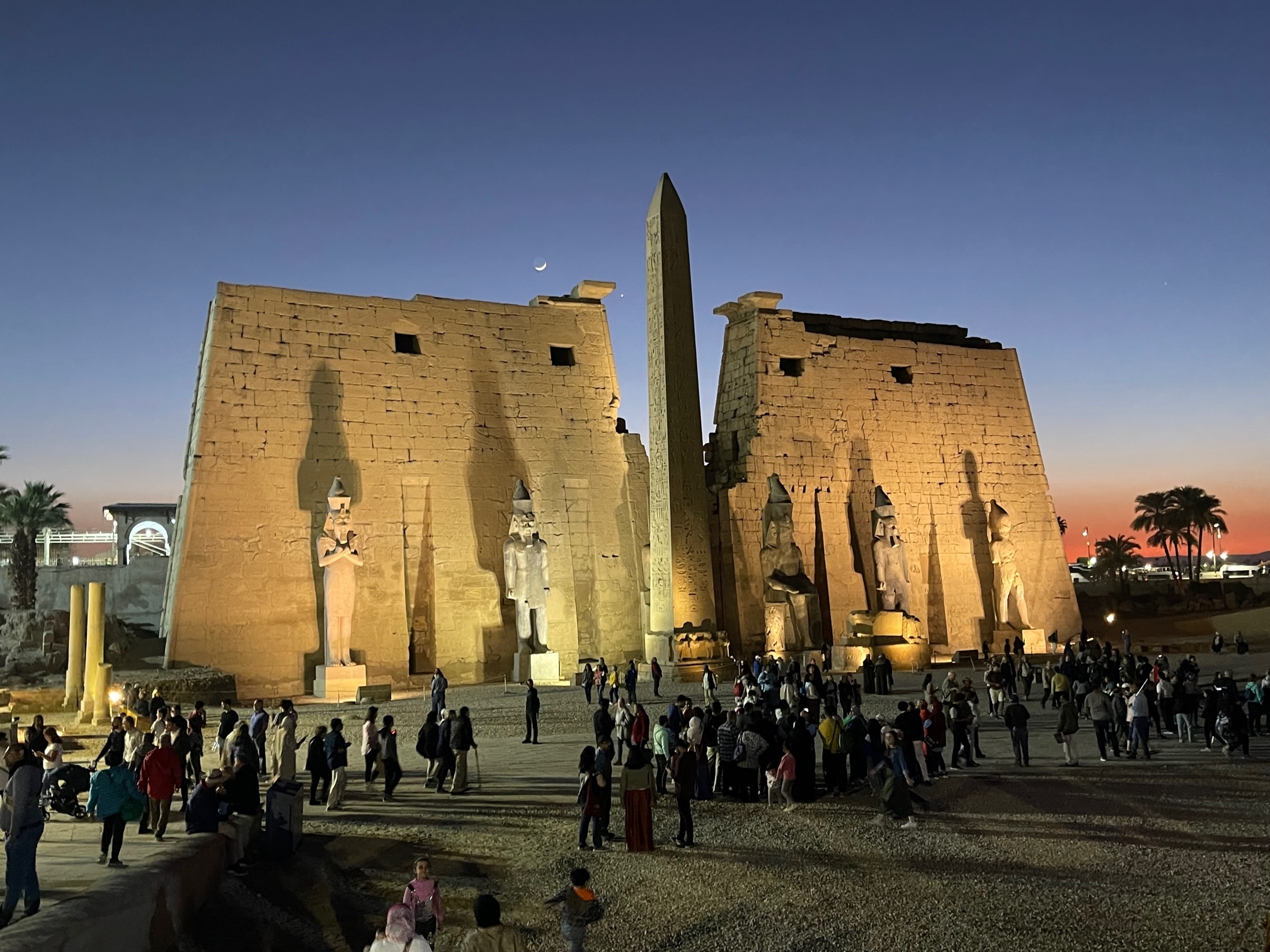
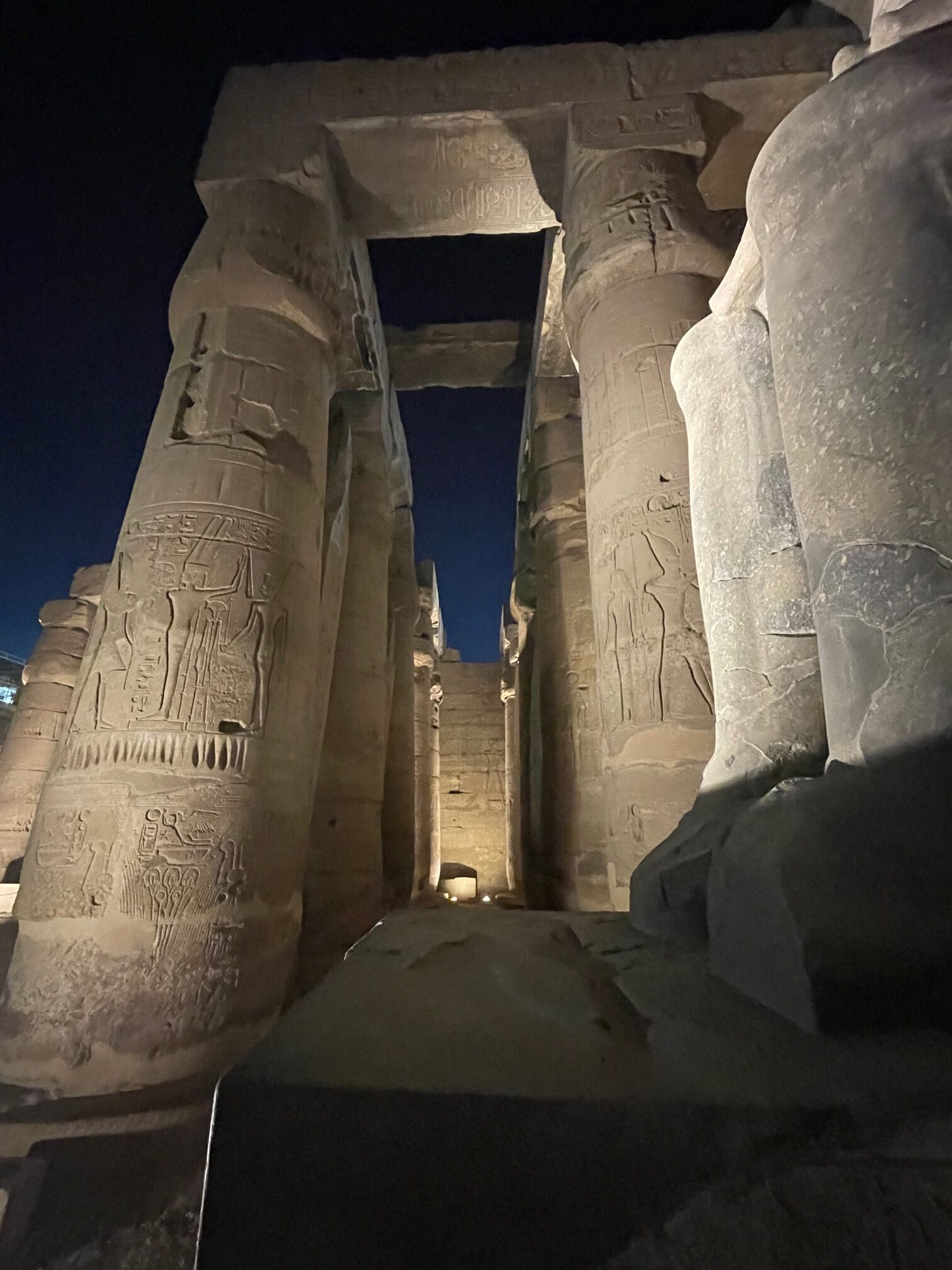
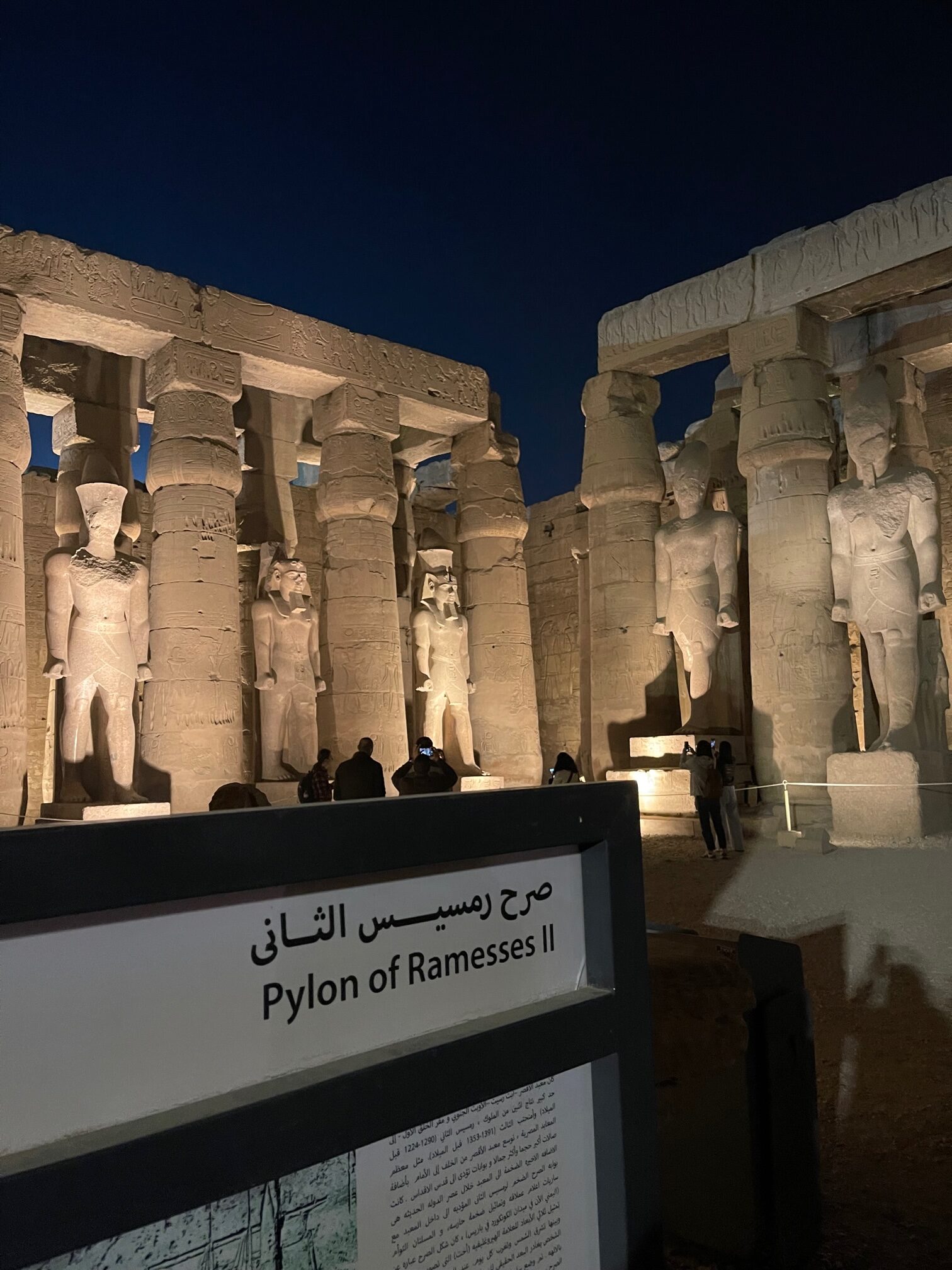
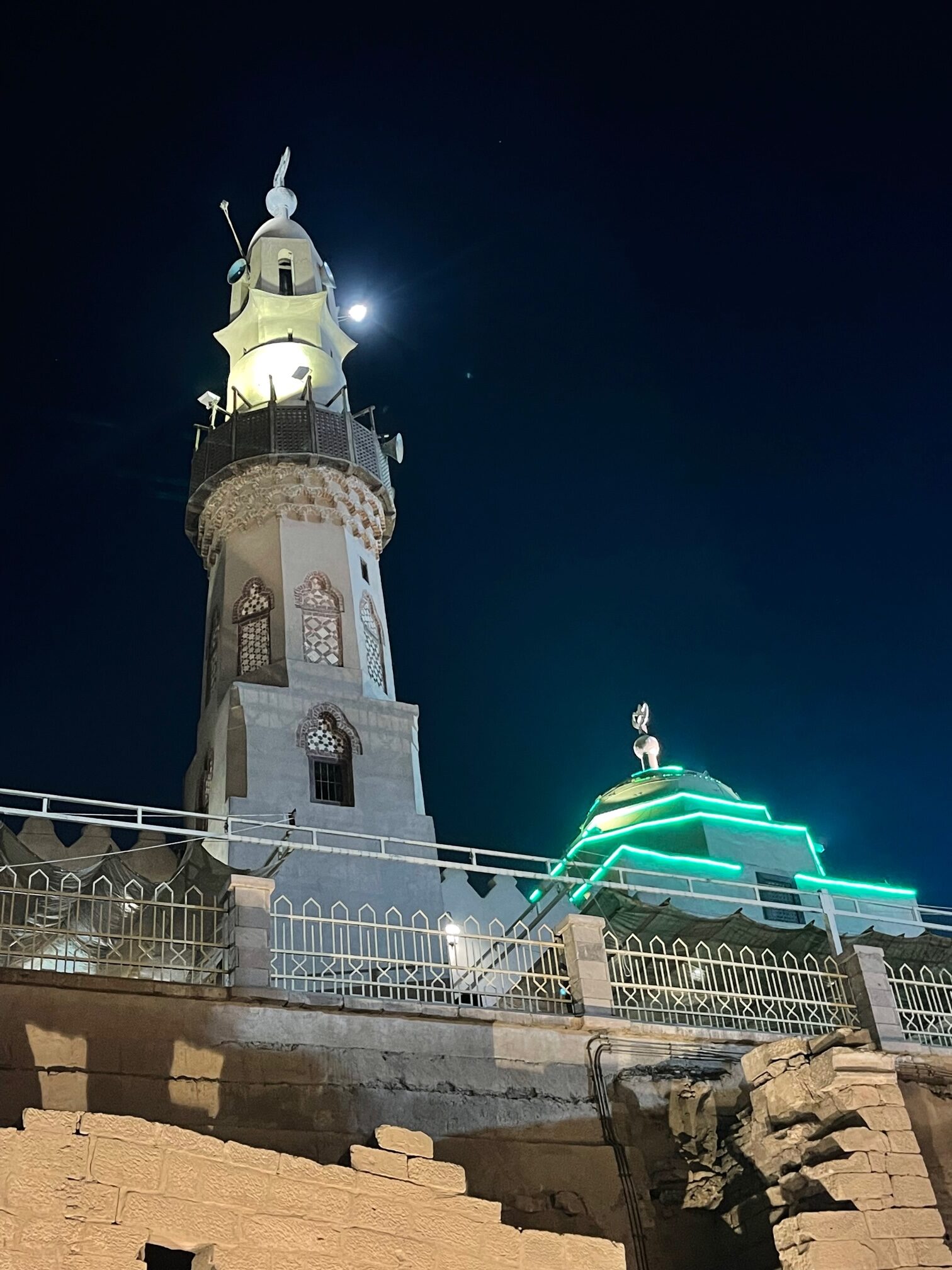
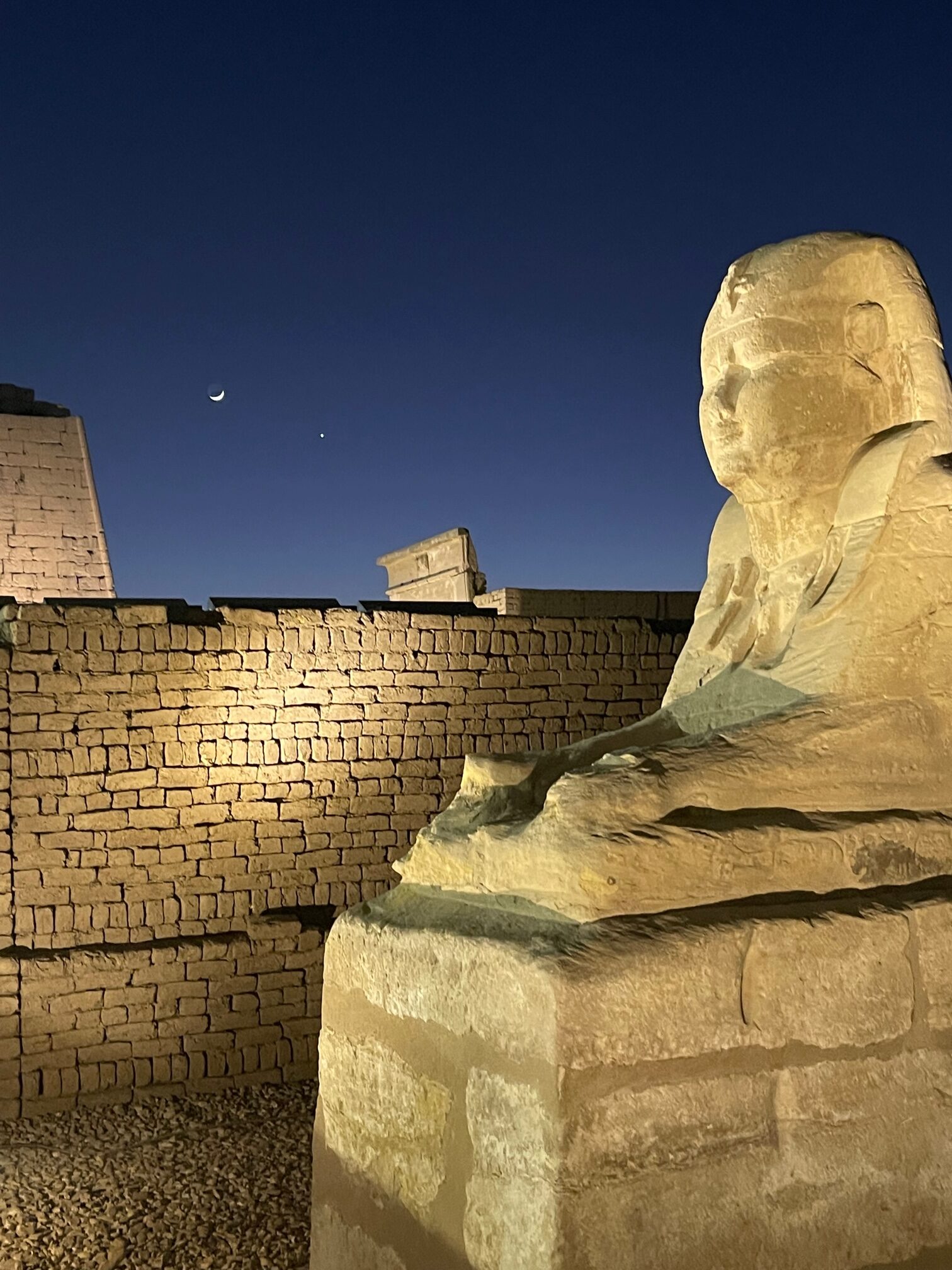
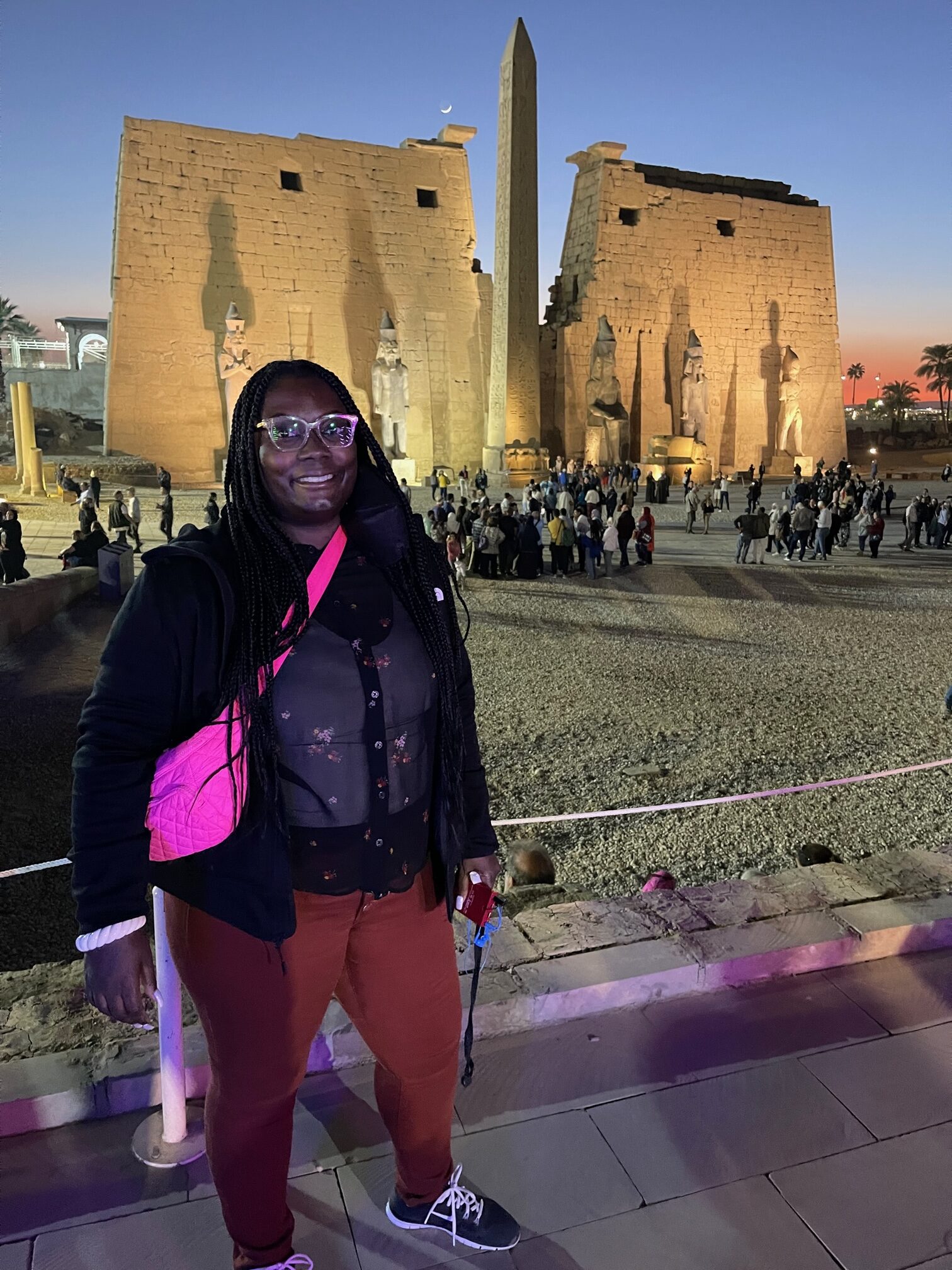
- Valley of the Kings (Luxor): This historical place is on everyone’s bucket list because it is famous as being the final resting place of King Tut. The burial ground is located on Luxor’s west bank. When you arrive at the entrance, you will go through a set of metal detectors and board a shuttle to the avenue where all the pharaohs are buried. Your ticket includes the option to view three burial chambers and with over 63 tombs being discovered there are tons of options to choose from. Your visit to Egypt would not be complete without visiting King Tut’s tomb. There is an additional 260 Egyptian Pounds ($9) to view the young pharaoh’s chamber . Though the chamber appears smaller in person, it was a full circle moment for me because of the many documentaries I’ve watched over the years. It was surreal that I was physically present in this space and seeing it with my own two eyes.
Munch Tip: If you’re willing to splurge an extra 100 Egyptian Pounds ($3.50), you have to check out Ramses IV’s tomb. The precision and artistry of the wall paintings kept me awestruck and appreciative that these were so well preserved.
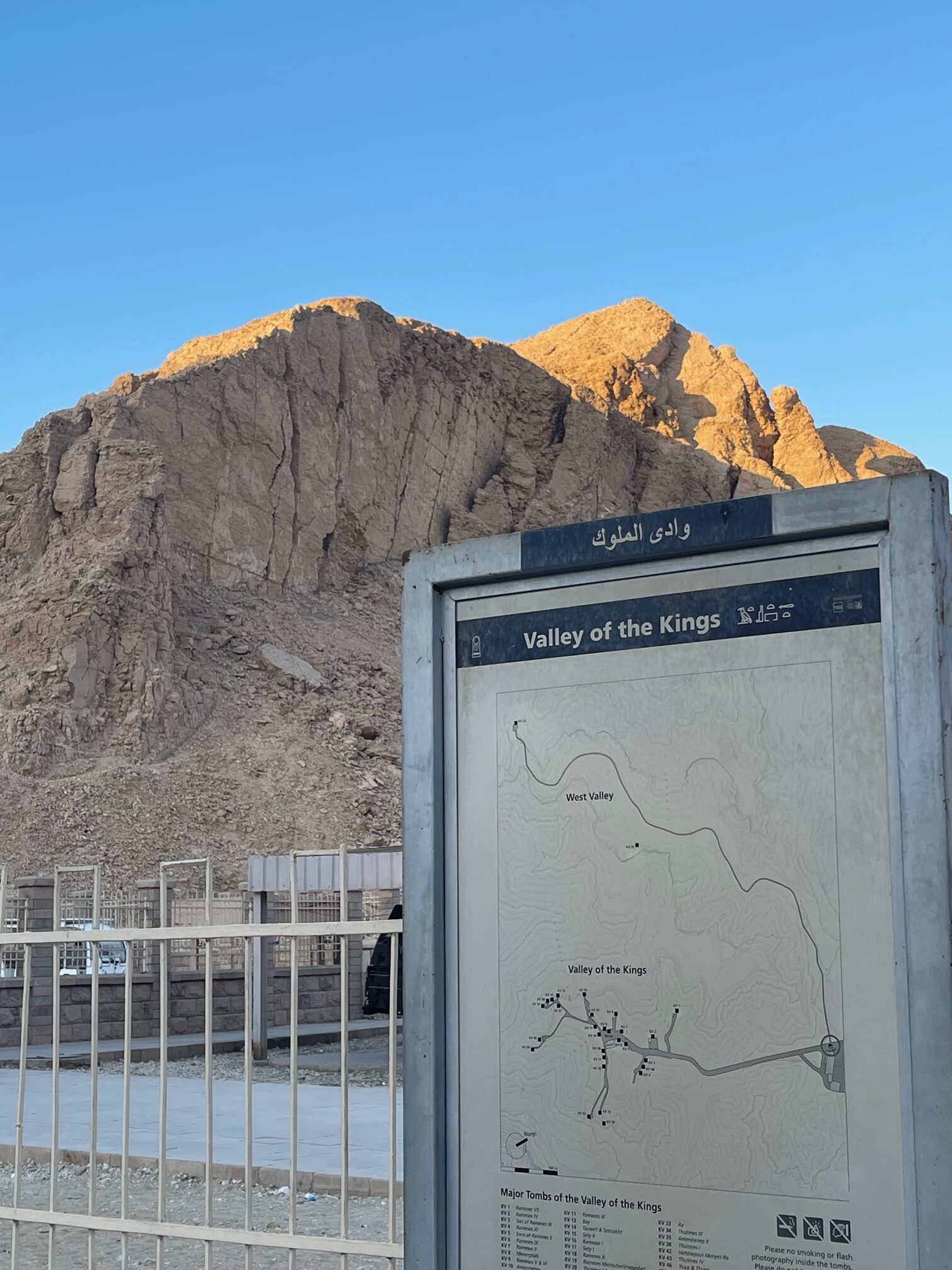
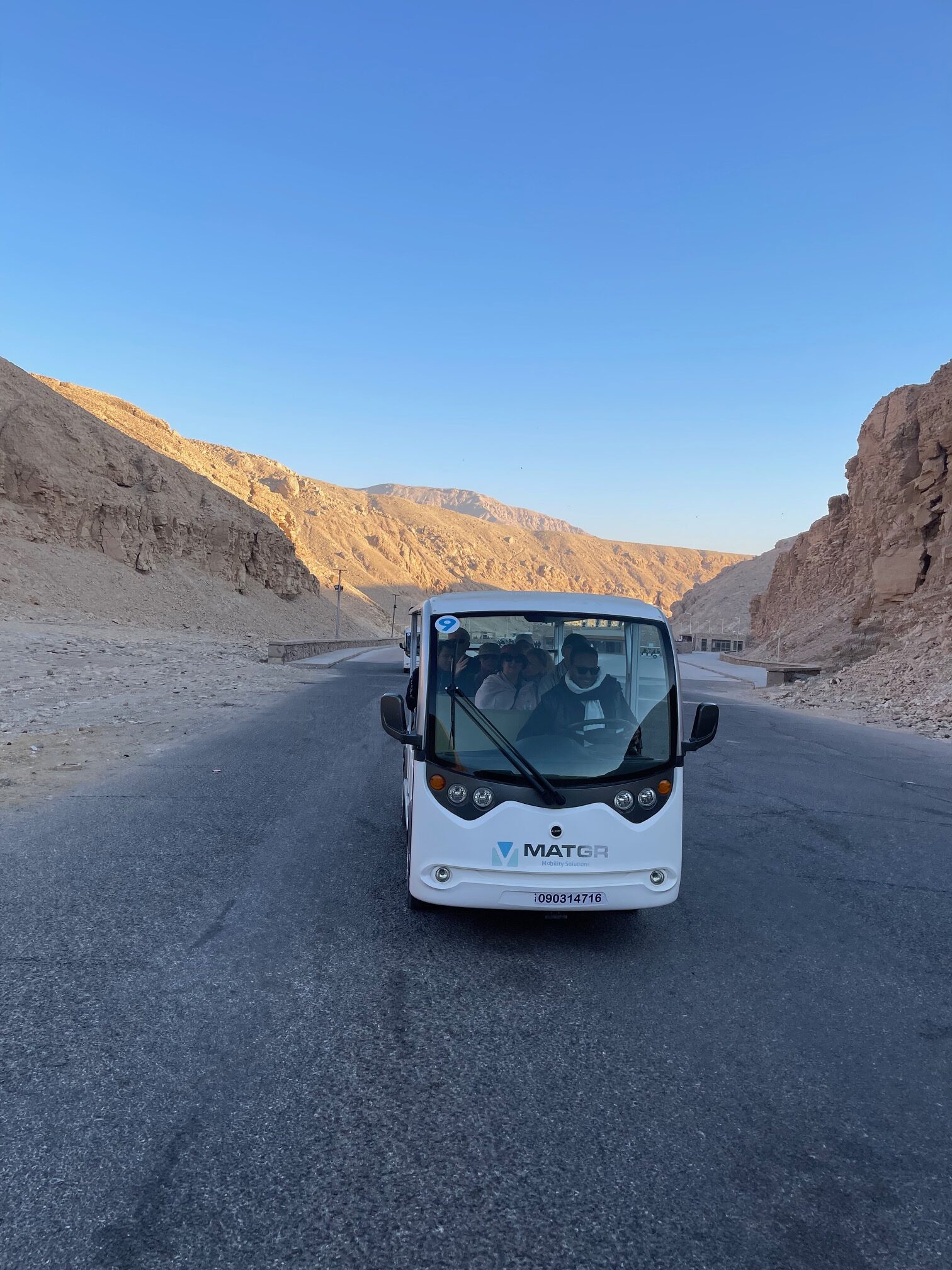

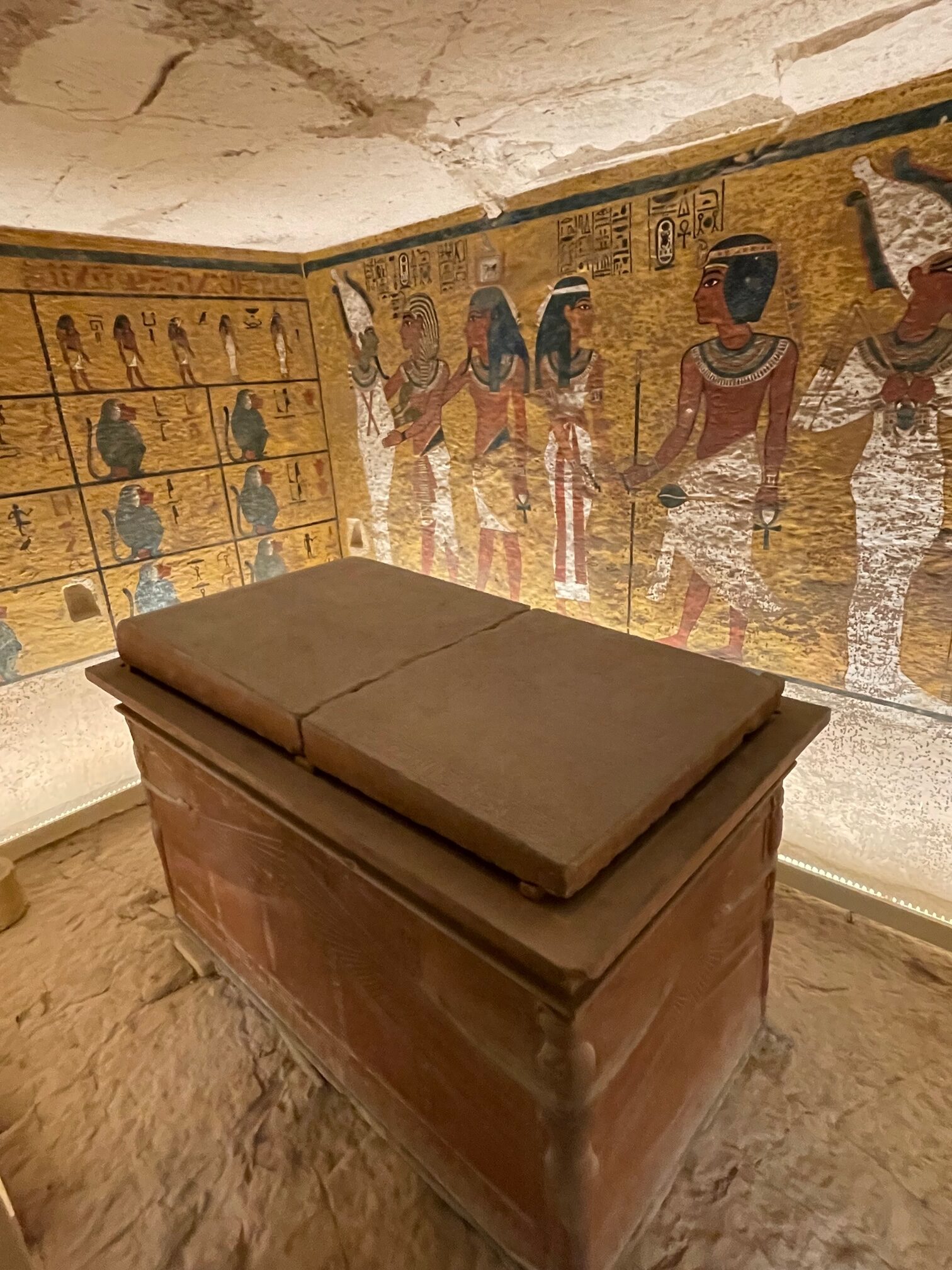
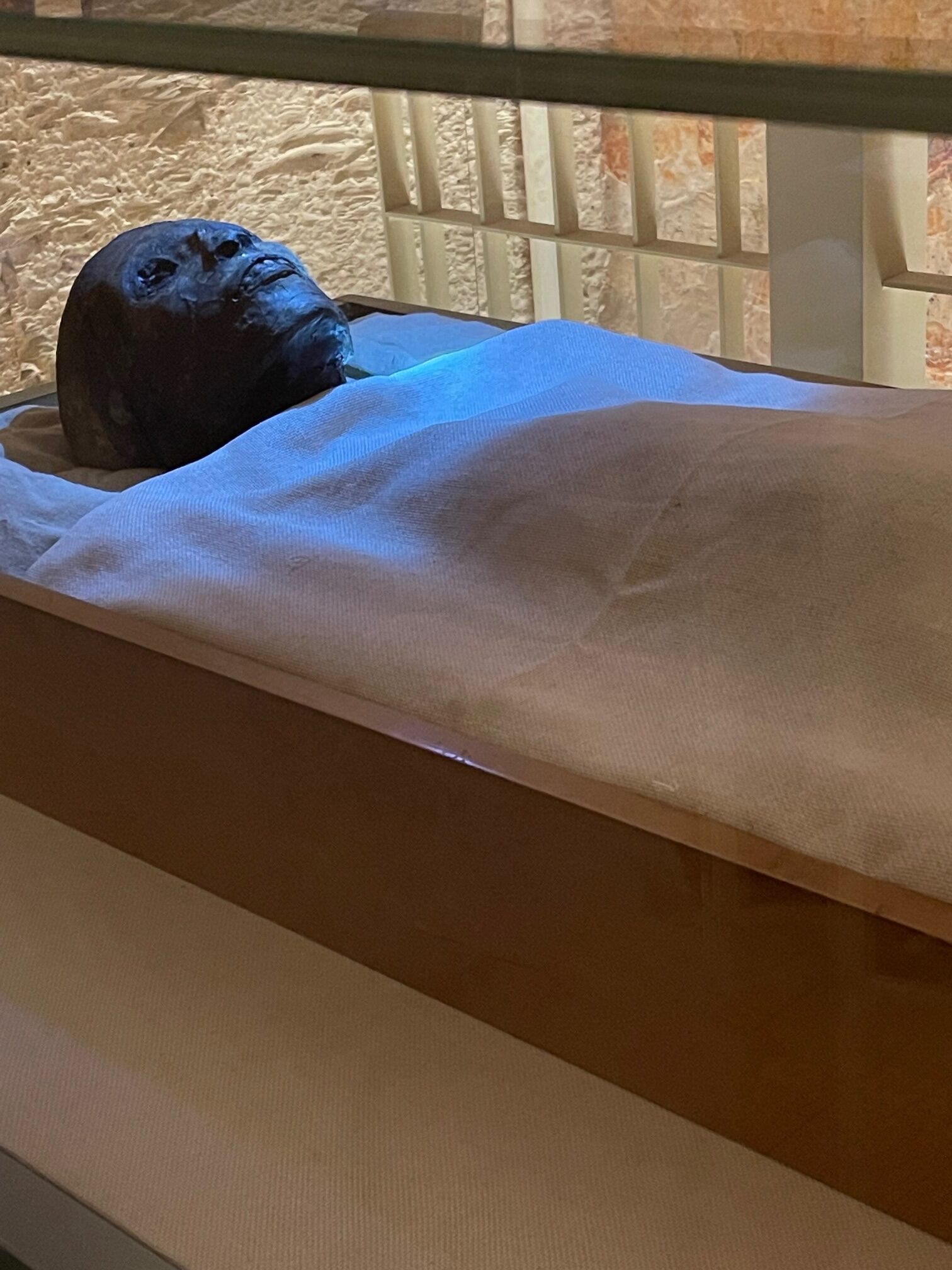
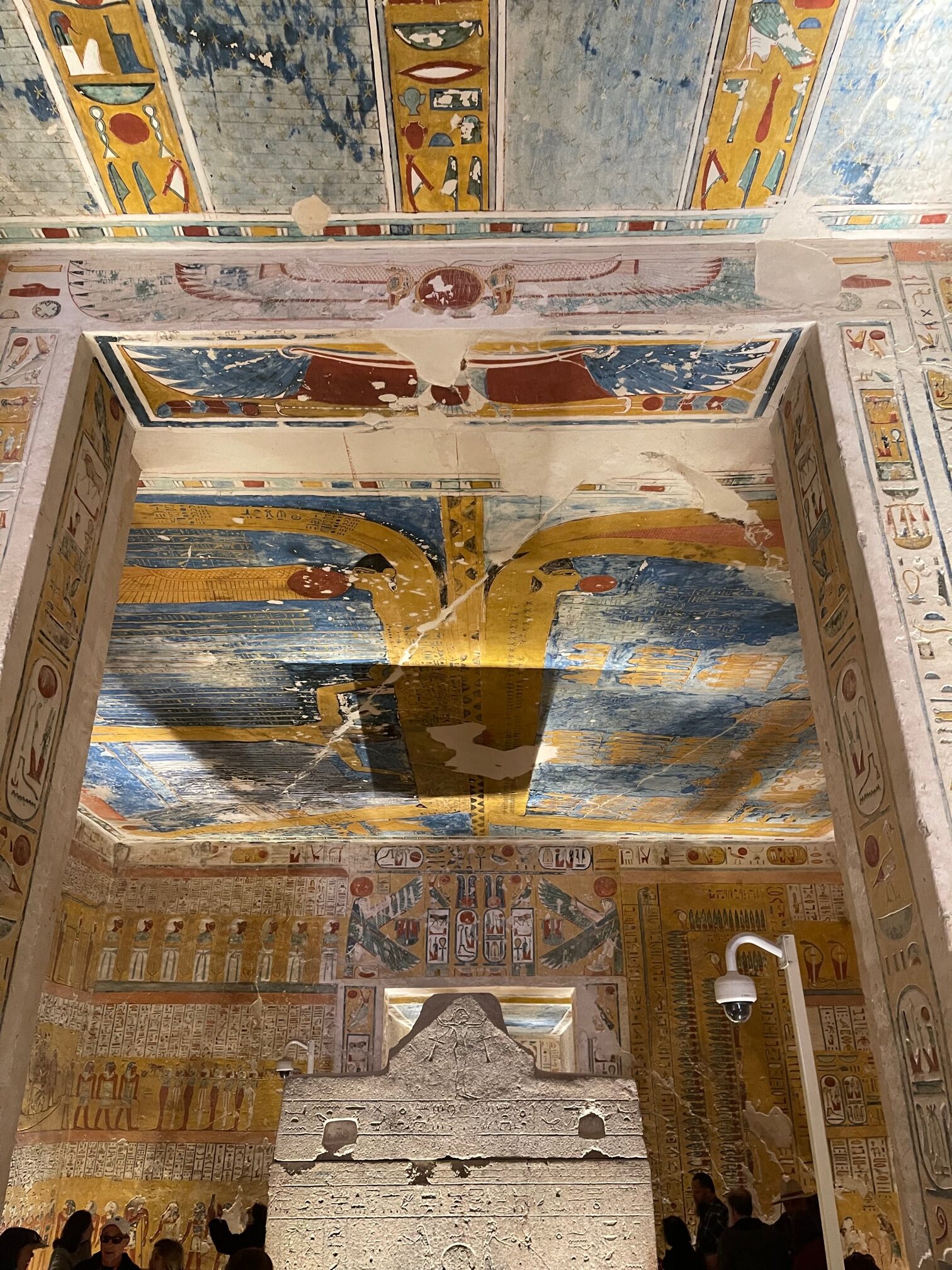
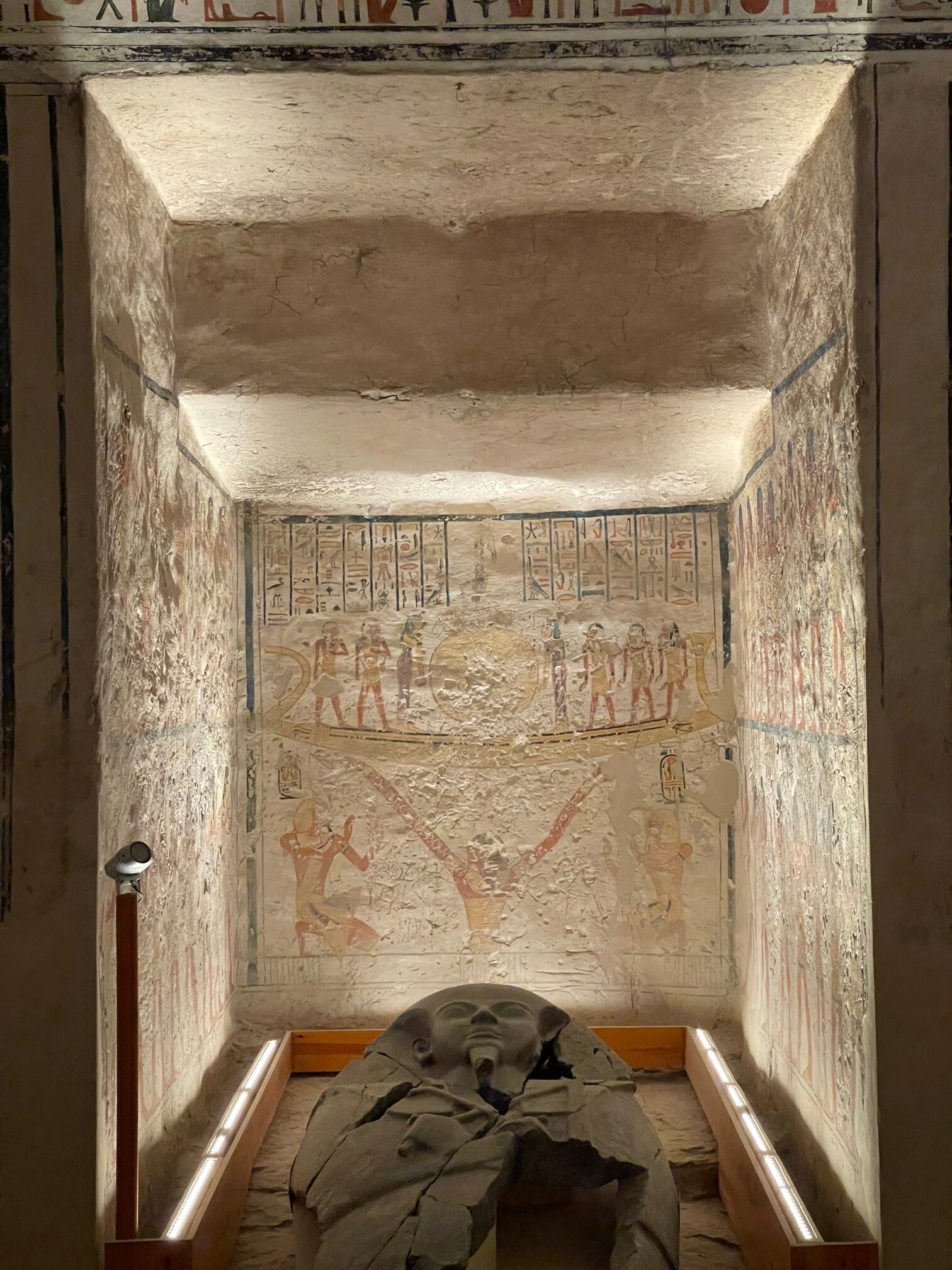
- Kom Ombo Temple (Aswan): Visiting the temple at night brings a different perspective to the enchantment of ancient Egypt. The lights reflected off of the hieroglyphs seemed to bring each story to life. Kom Ombo Temple is one of the rare places of worship that is dedicated to Horus (God of kingship and sun/sky) and Sobek (Deity of the Nile River and crocodiles). The essence of the temple is to manifest the importance of the resources that were life necessities derived from the river and sky. During the tour, we were taught how to identify what period of time a temple was built based on the style of the columns and the body shape of the hieroglyphs. In the case of Kom Ombo Temple, it is documented as being built during the Greco-Roman period and depicts the people with curvaceous shapes and very detailed European facial features. The temple is open from 7AM-7PM, Monday-Sunday and costs 240 Egyptian Pounds ($8) for adults and 120 Egyptian Pounds ($4) for students. There also is a vehicle cost that can range from 10-40 Egyptian Pounds depending on the type of vehicle you are in. If you’re on a group tour, more than likely this will be a part of the package that you purchased.
Munch Tip: After viewing the temple, head down to the crocodile museum at the bottom of the hill. Within the museum there are crocodiles of all sizes that were preserved by the process of mummification. There is no additional fee to view the museum and is included in the cost of your Kom Ombo Temple ticket.
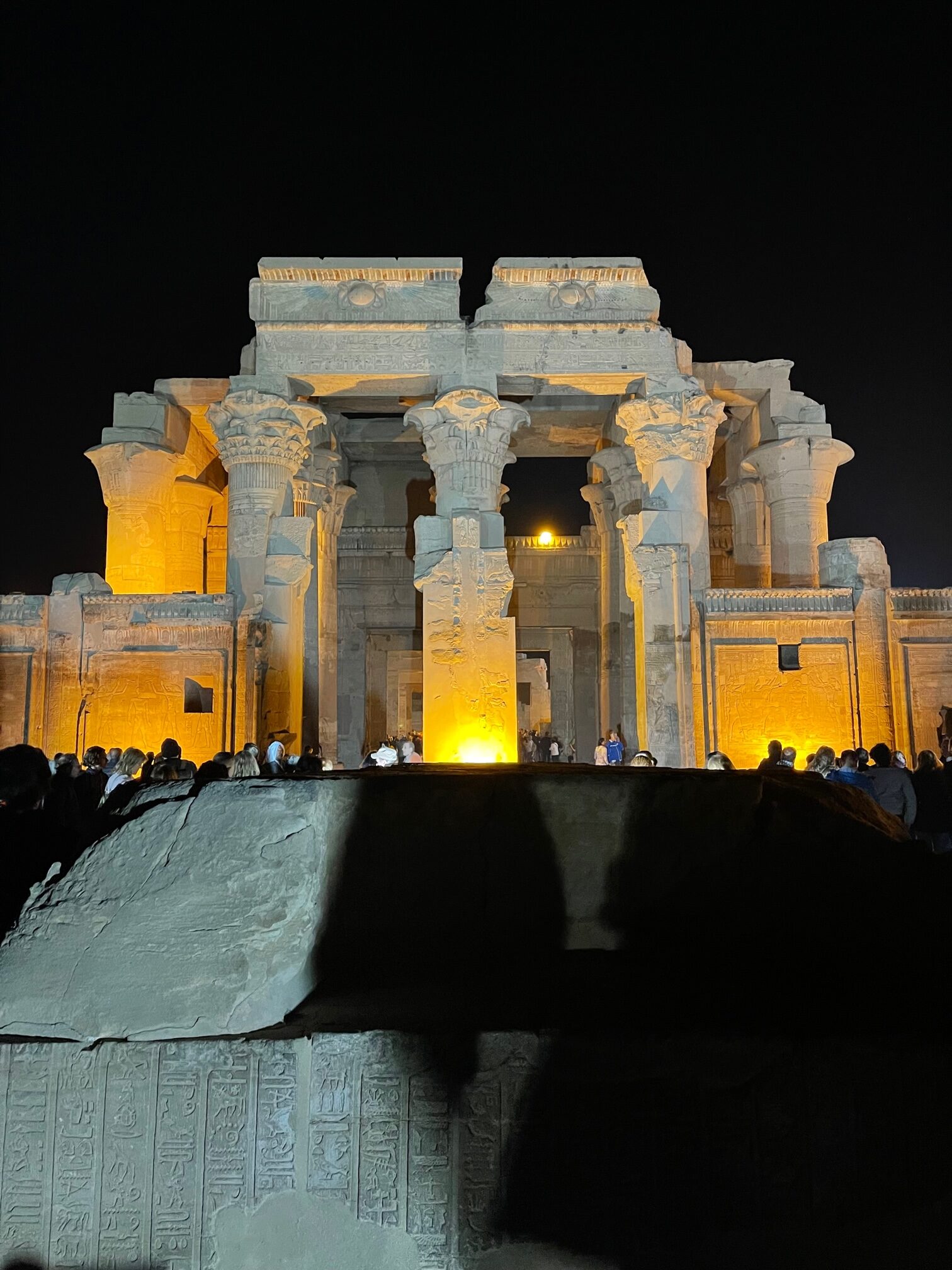
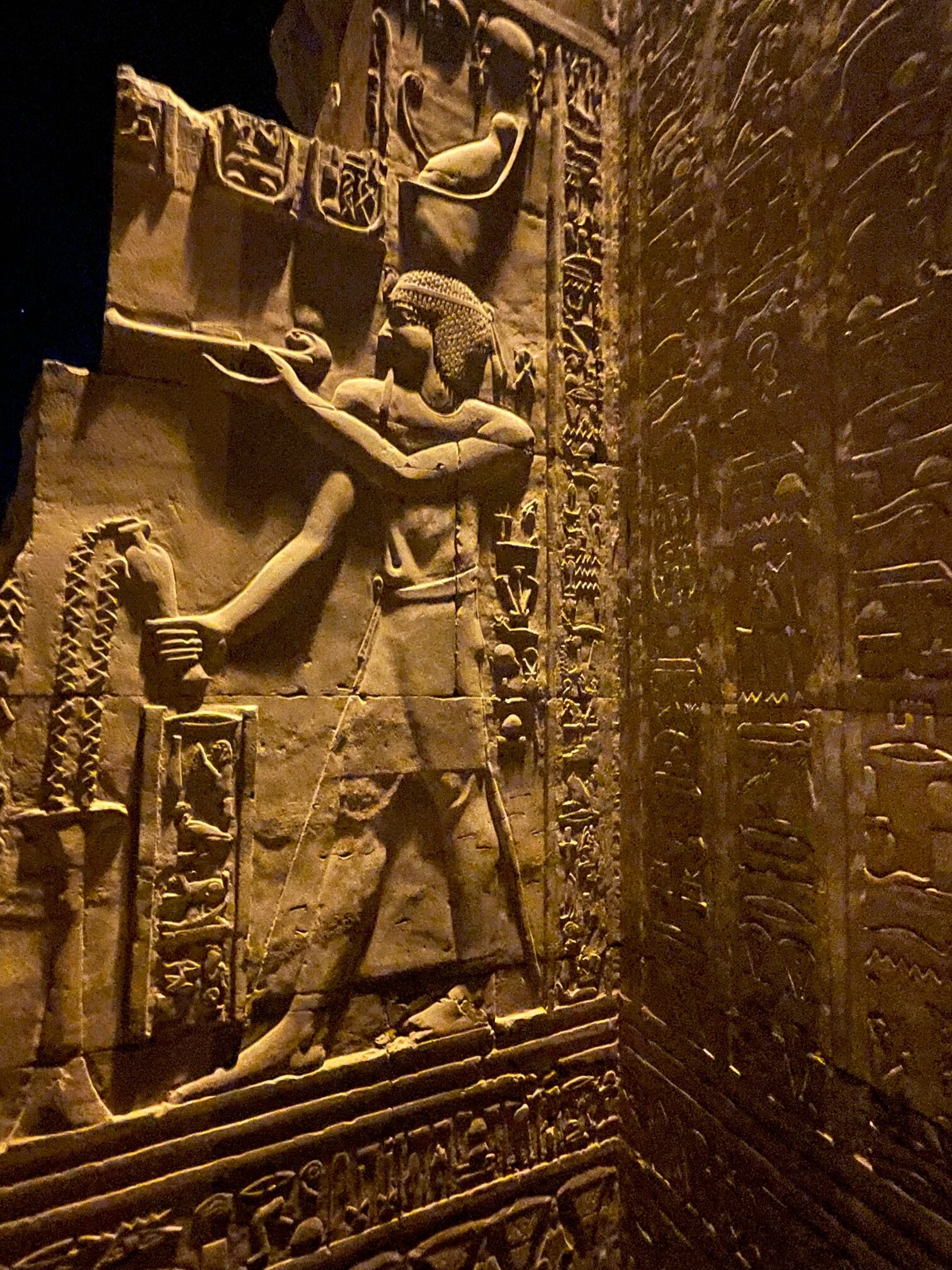
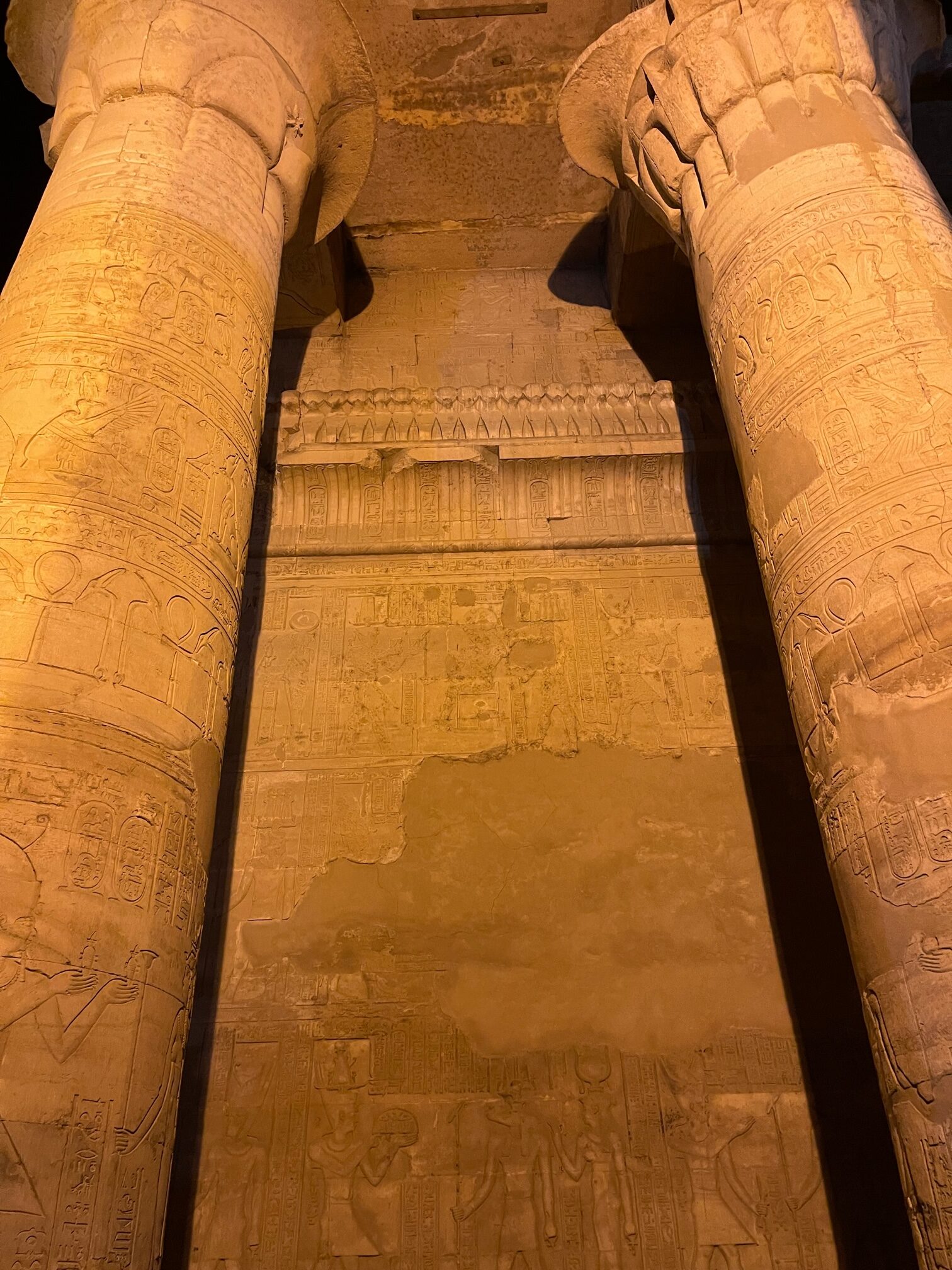
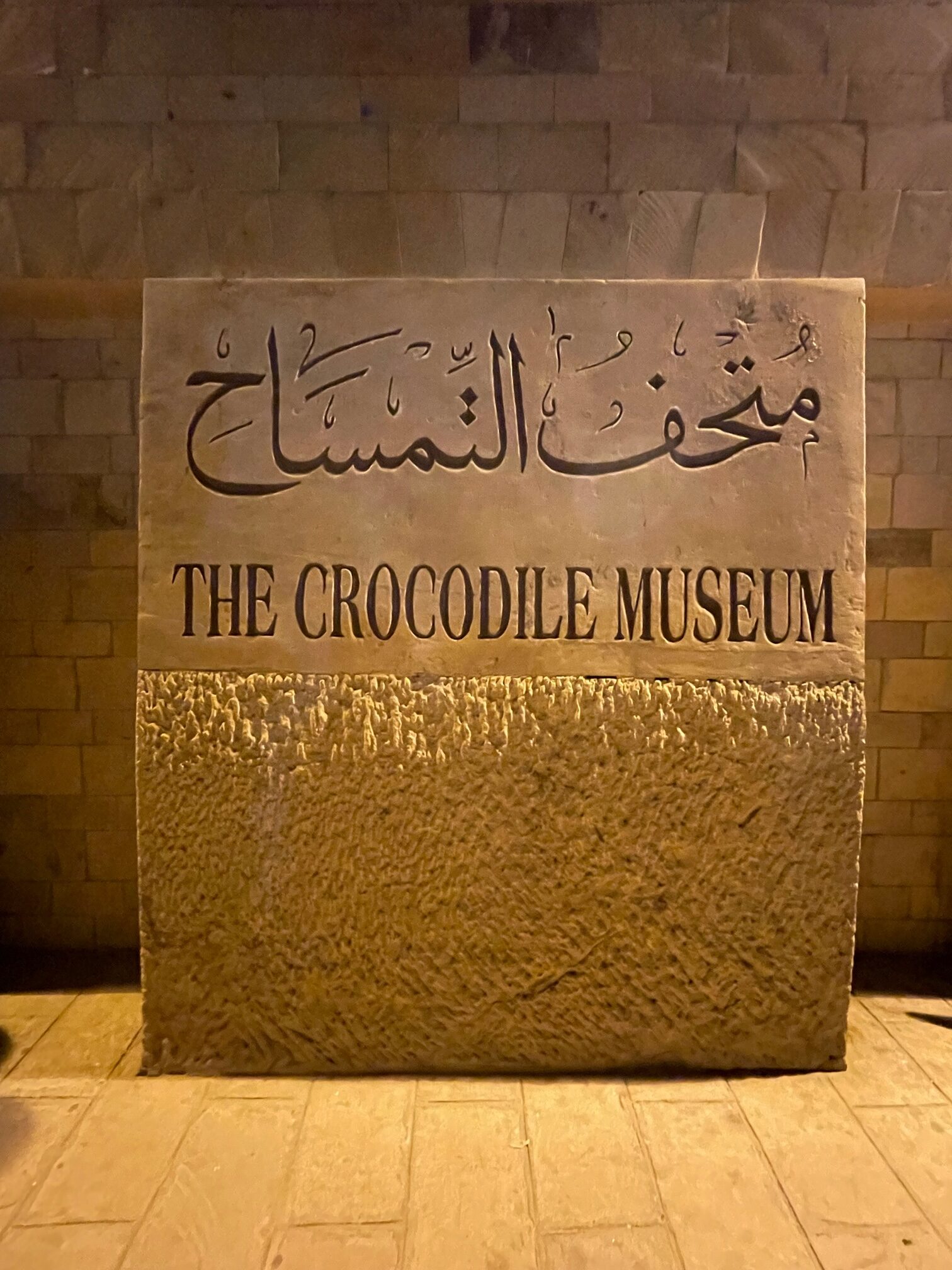
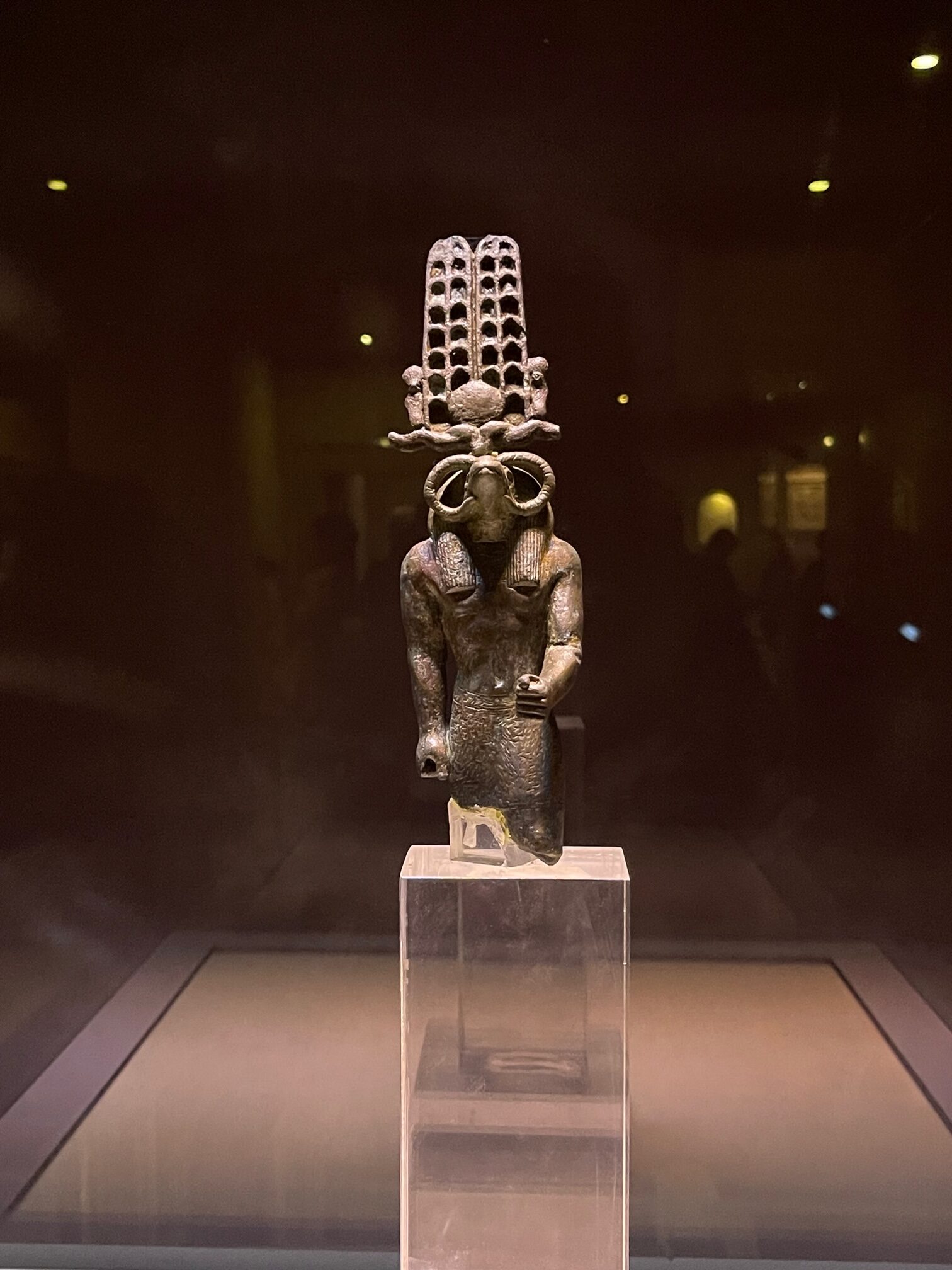
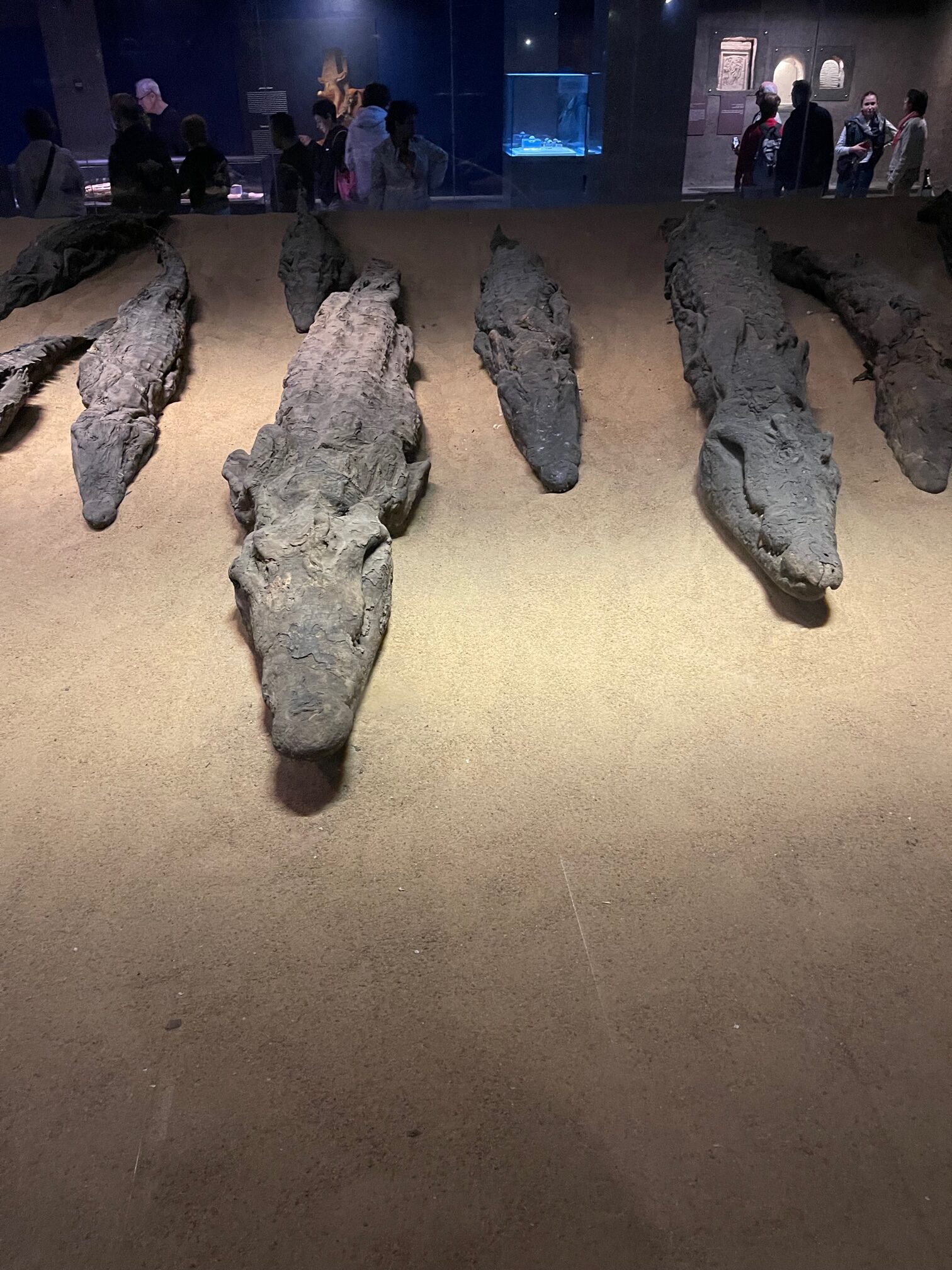
- Abu Simbel Temple (Aswan): Visiting these temples is not for the faint at heart. My tour group left early in the morning before Amun-Ra (Sun God) rose to travel three hours to the Abu Simbel temple. Driving through the Sahara Desert so early in the morning is the most optimal time to see the sunrise. It reminded me of the opening scene of the Lion King and I couldn’t help but quietly hum the Circle of Life song. Arriving at the site, there is a semi-steep walking path that is parallel to Lake Nasser and if you squint hard enough you can see the coastline of Sudan. Of all the temples that were built by Ramses II, this location is the only one where he dedicated a temple to his favorite wife, Nefrittiti. Small in comparison to the massive statues outside of Ramses II temple, his wife’s temple is quaint and is dedicated to the deities Amun (Sky & Air God), Ptah (Craftsman God) and Ra- Horakhty (Rising Sun God). Queen Nefrittiti’s temple is immaculately adorned with hieroglyphs that tells the story of Hathor who was the deity of the maternal and celestial world. On the walls, Hathor is depicted as a cow which is extremely revered in ancient Egyptian culture. It amazed me how these two temples were resurrected from the depths of Lake Nasser and reconstructed by the United Nations Educational, Scientific and Cultural Organization (UNESCO) in the 1920s. To imagine these structures would have been lost to history forever, is unimaginable. The temples are open from 6AM – 5PM, Monday – Friday and cost 400 Egyptian Pounds ($13) for adults and 200 Egyptian Pounds ($6.50)for students. On the 22nd in February & October prices change to 700 Egyptian Pounds ($23) for adults and 350 Egyptian Pounds ($12) for students.
Munch Tip: Start at Queen Nefrititti’s temple. The line tends to be twice as long as Ramses II’s due to its small size.

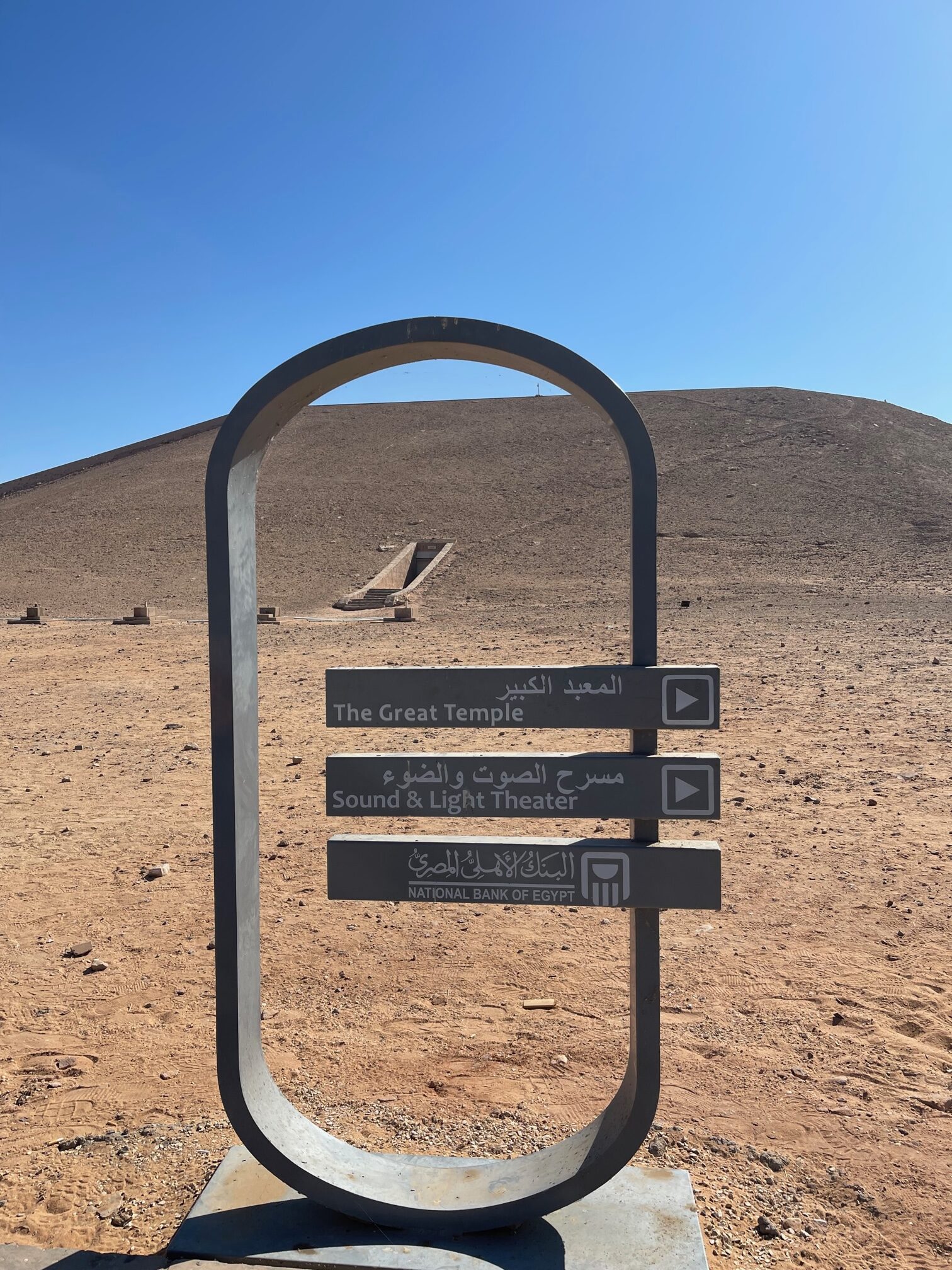

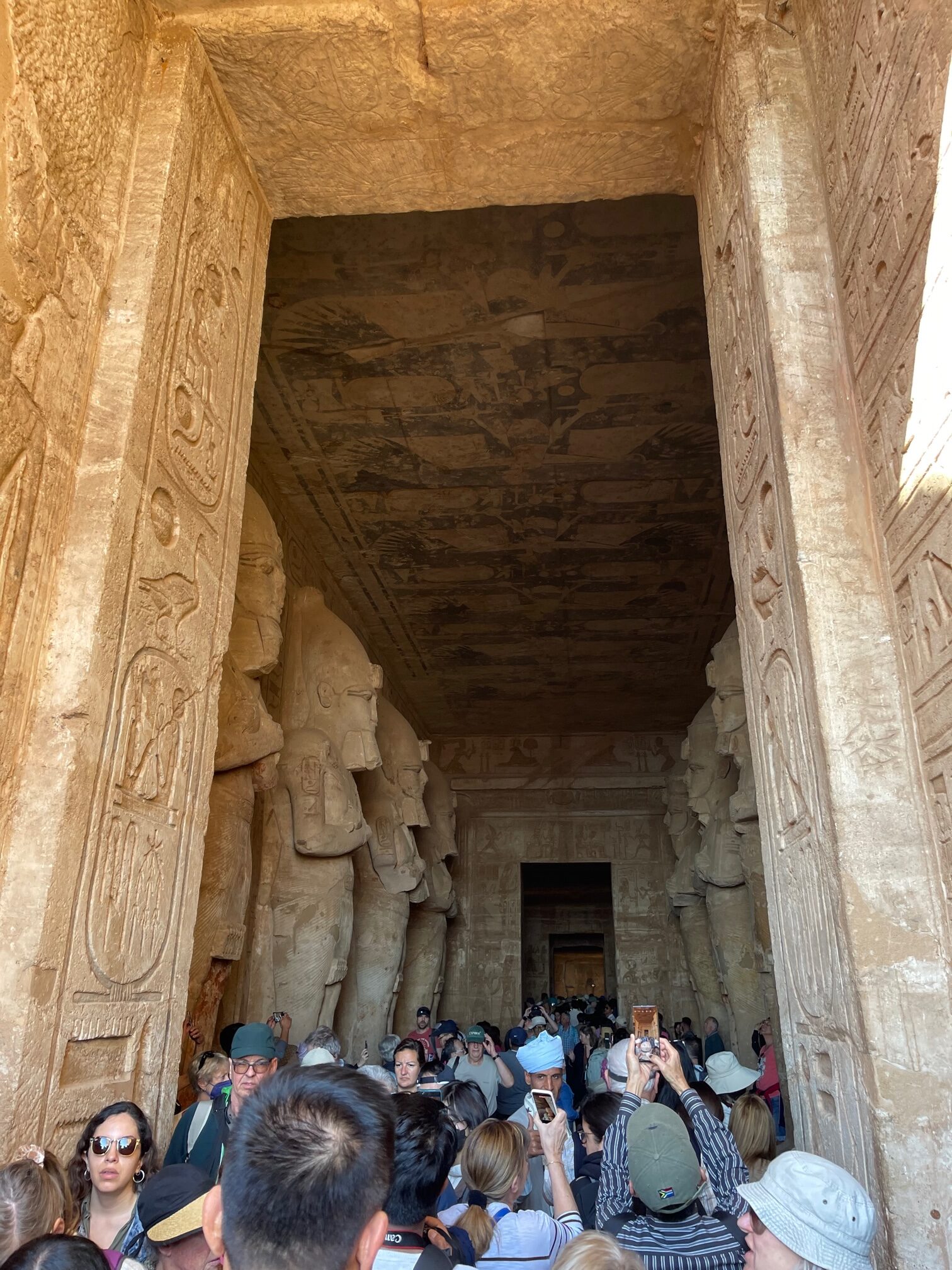
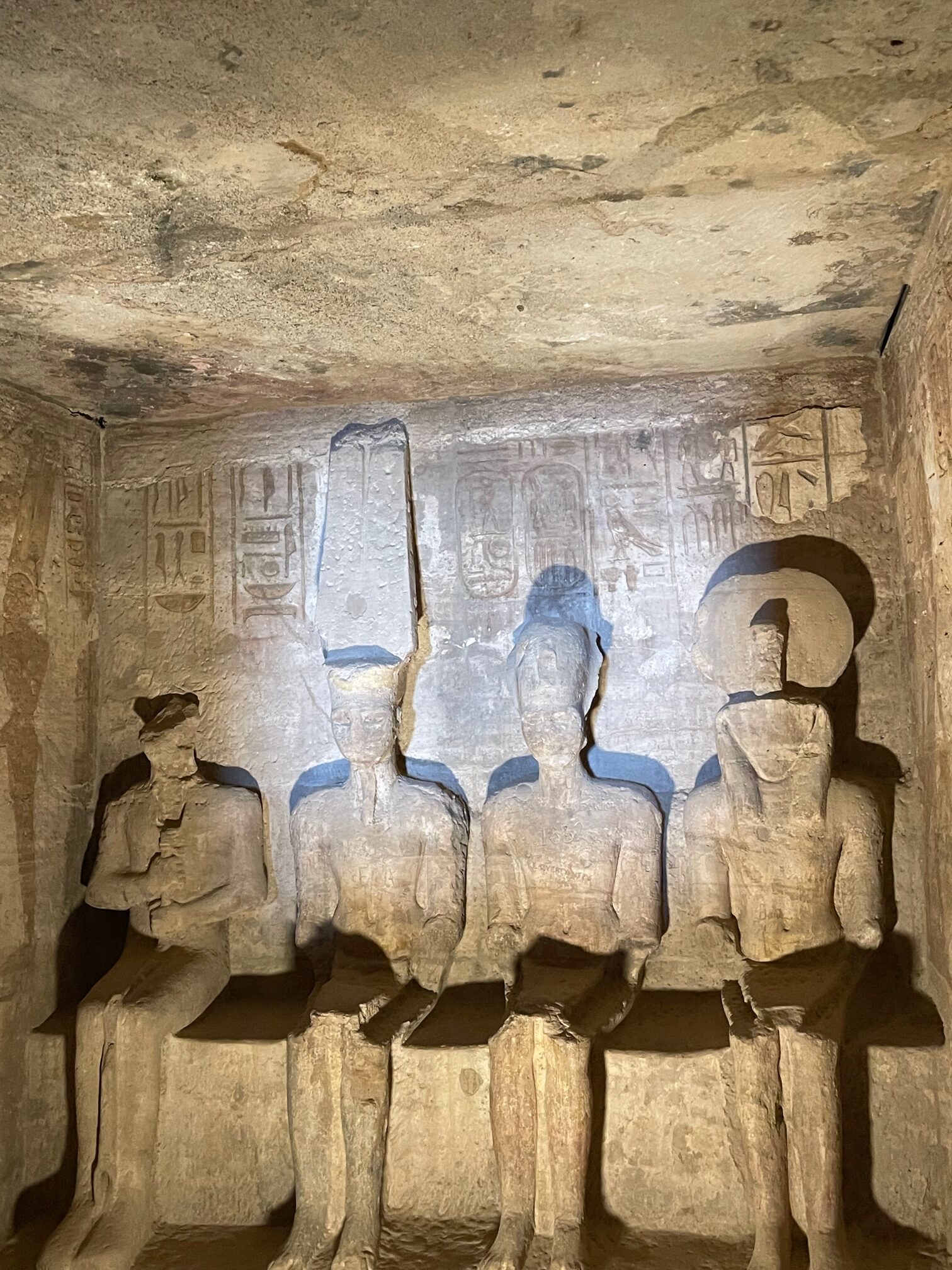
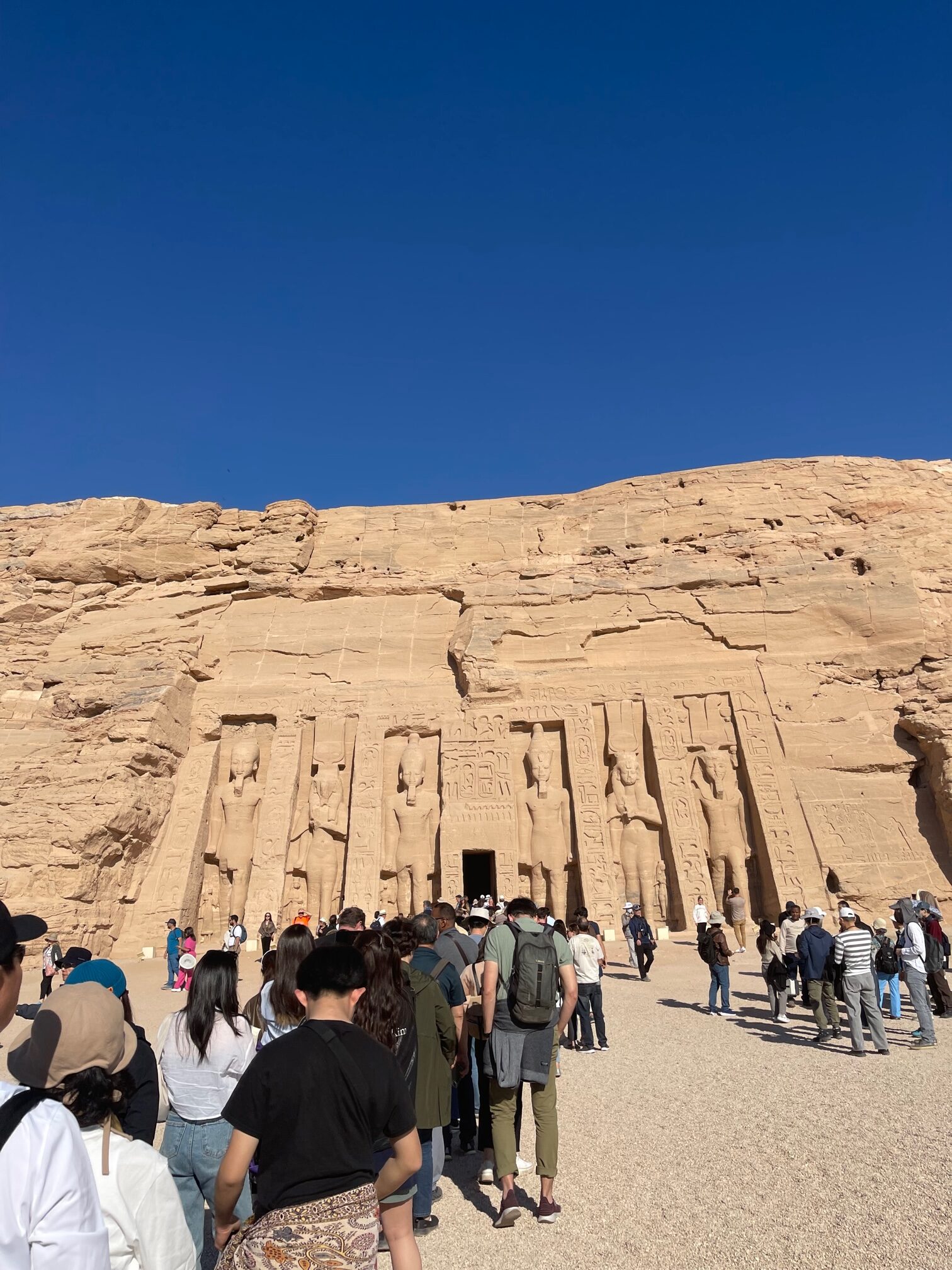
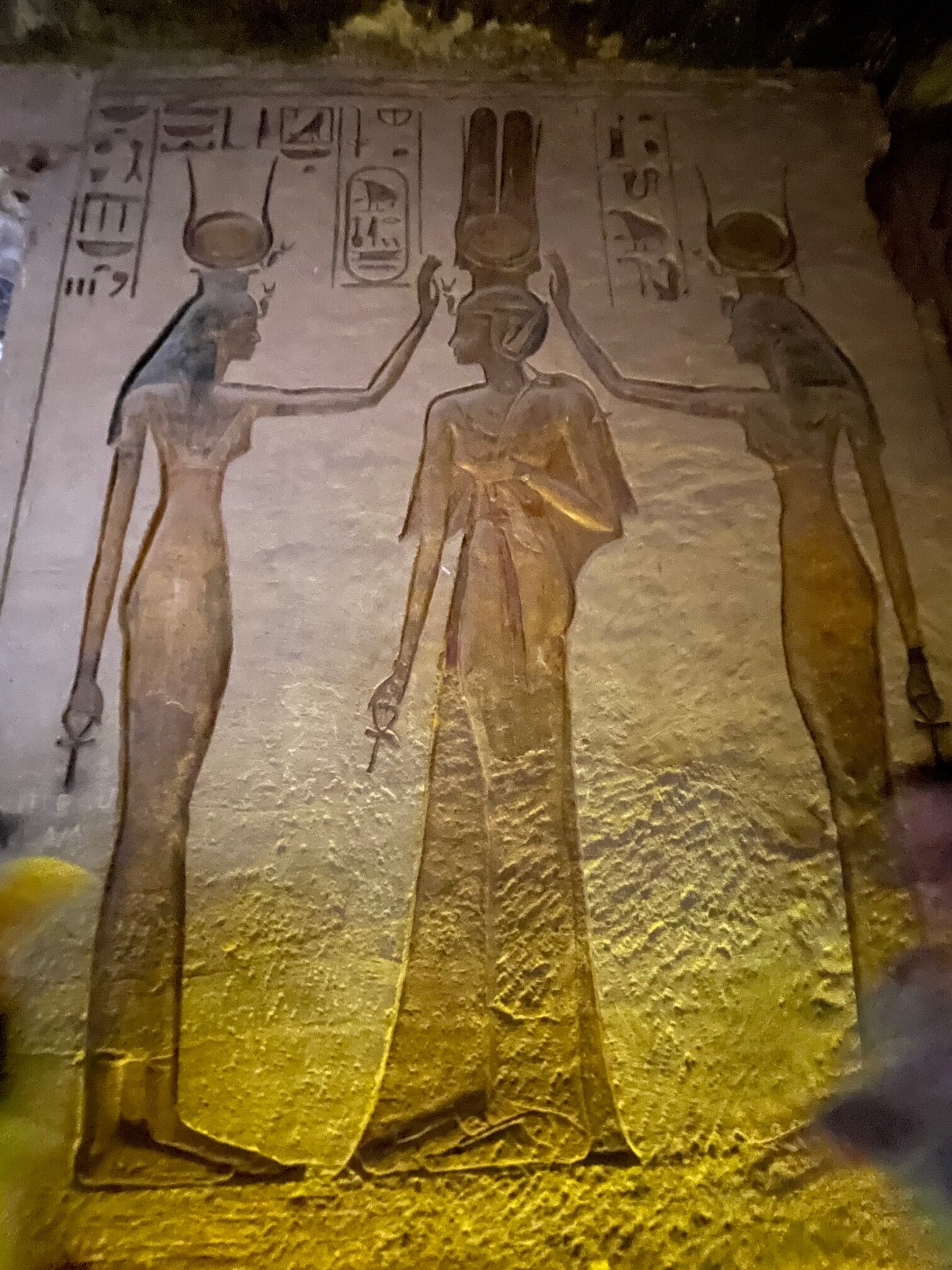

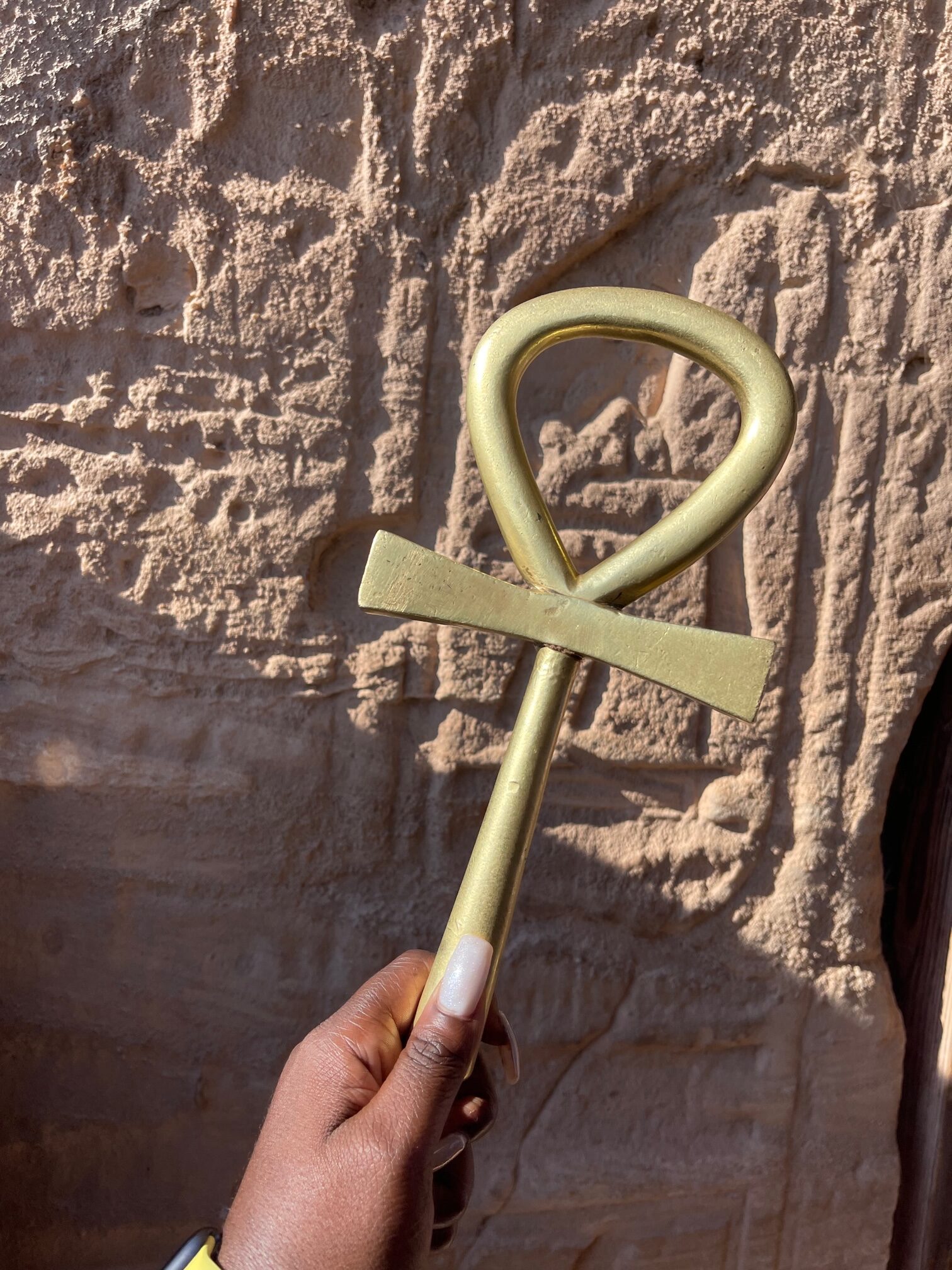
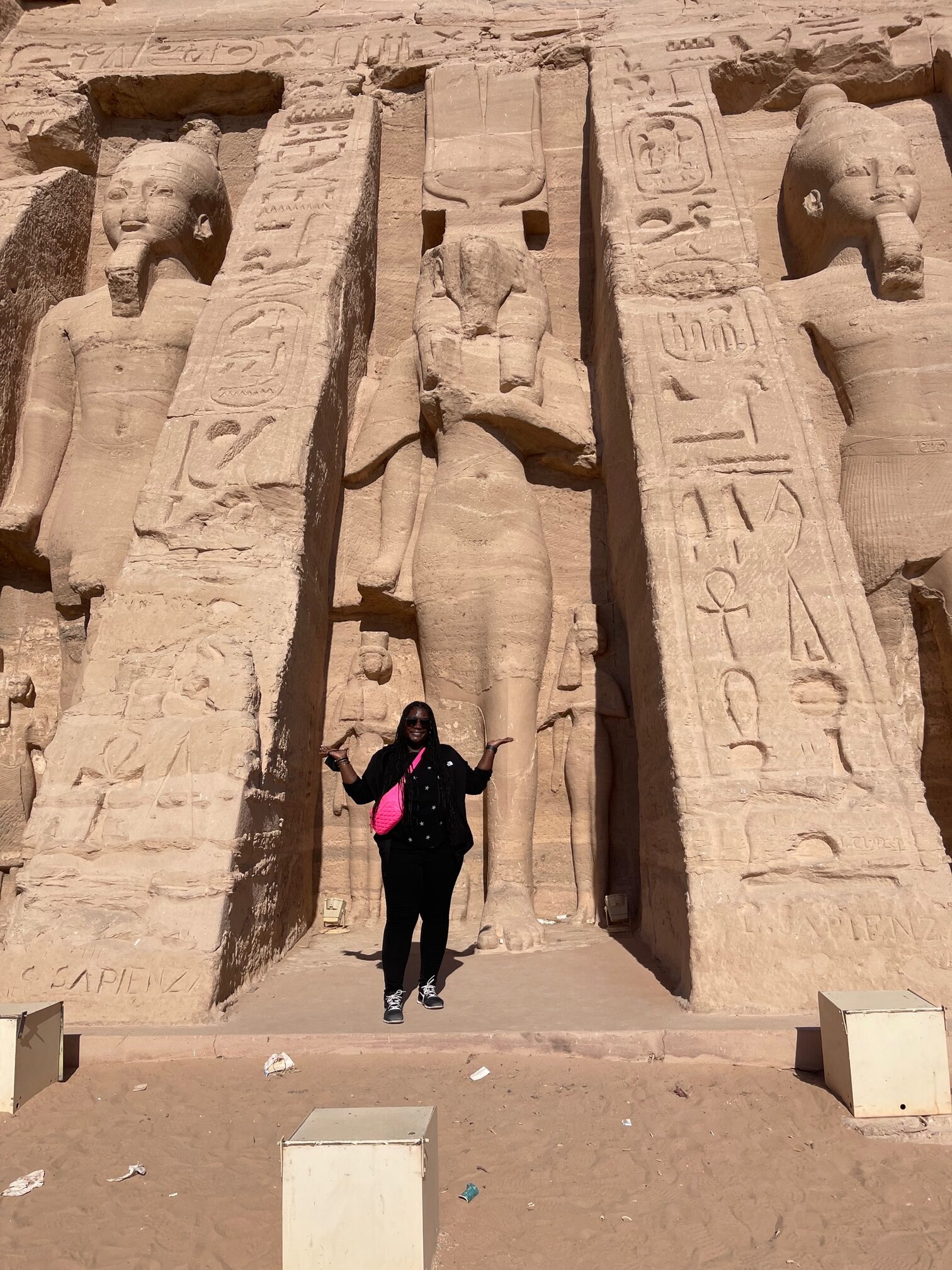
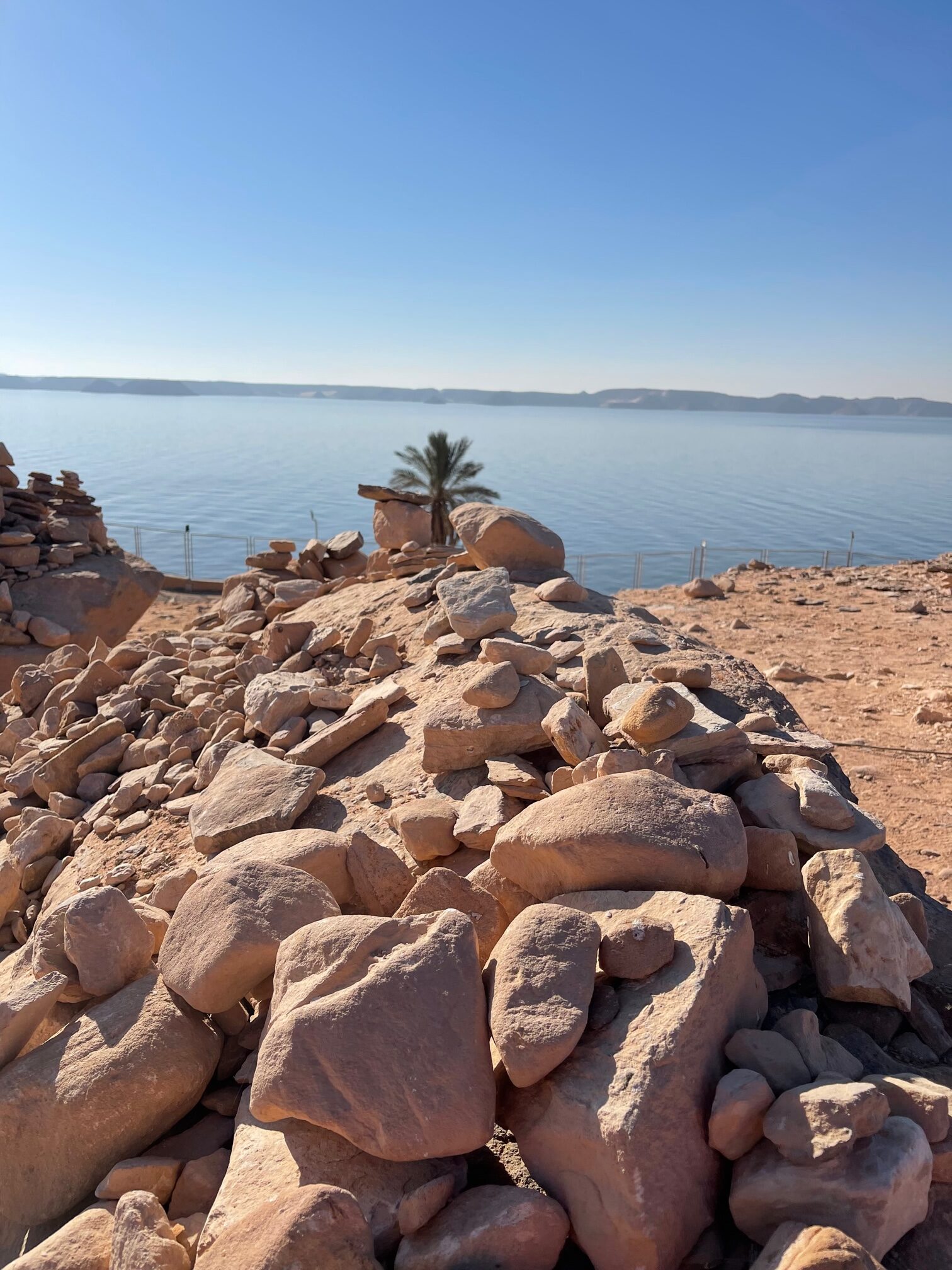
- Philae Temple (Aswan): The temple is located approximately 30 minutes outside of Aswan. The only way to access the temple is by boat that is operated by the Nubian boatmen. When you are dropped off at the temple, you are greeted by a massive courtyard that is inhabited by a pride of cats looking for attention. In my opinion, this temple is one of the most picturesque of all the temples that I have seen in Egypt. From the water views to the combination of Egyptian and Greco-Roman architecture styles, it is utterly breathtaking. The temple is dedicated to the goddess, Isis who is known for being a healer and the counterbalance to her husband, Osiris (God of the Dead). The temple is open from 7AM – 4PM daily and costs 300 Egyptian Pounds ($10) for adults and 150 Egyptian Pounds ($5) for students.
Munch Tip: Before you leave to get back on your bus, check out the local vendors that line both sides of the sidewalk. There are some interesting and one of a kind souvenirs like instruments and Egyptian mythology books.
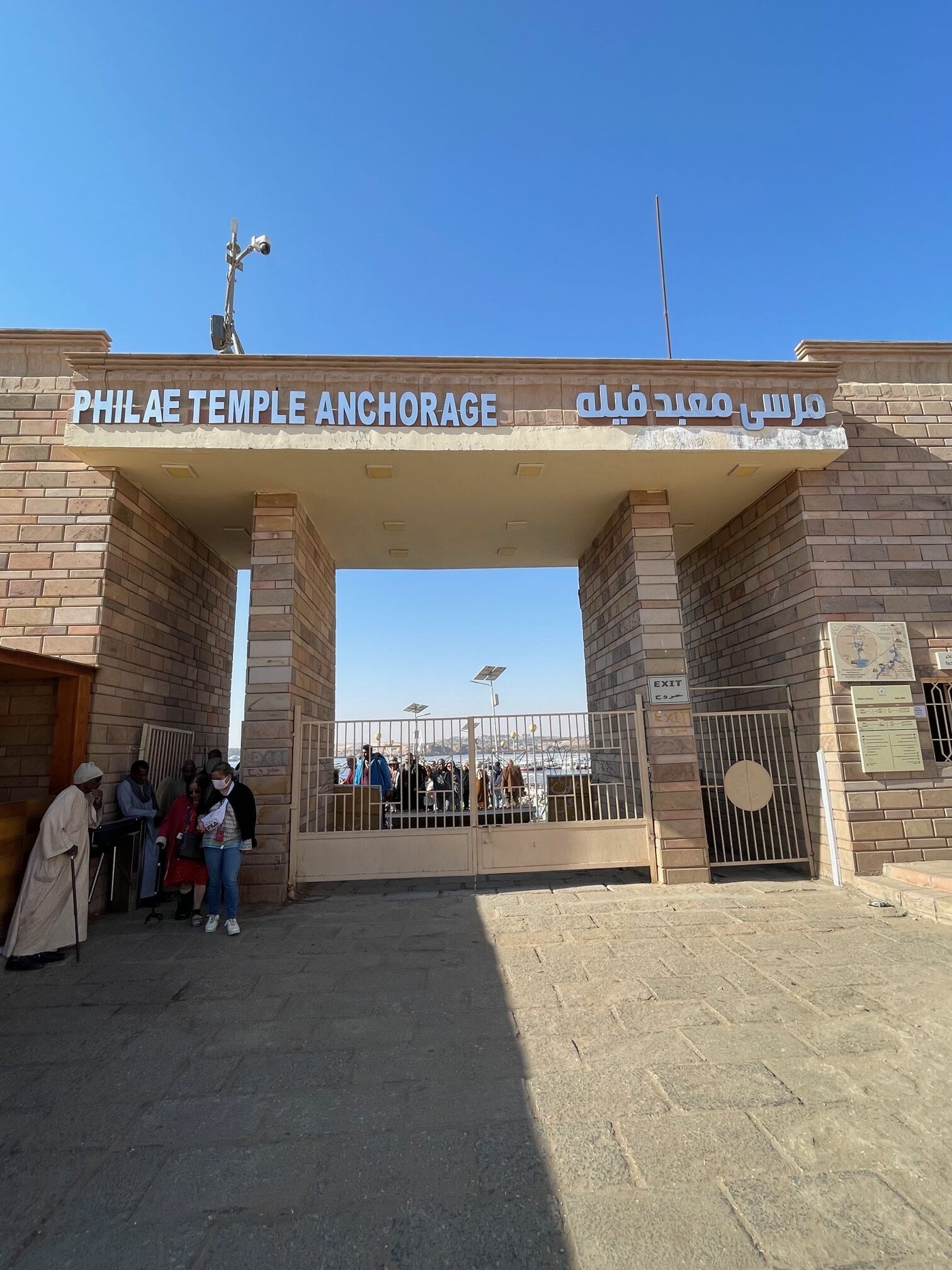
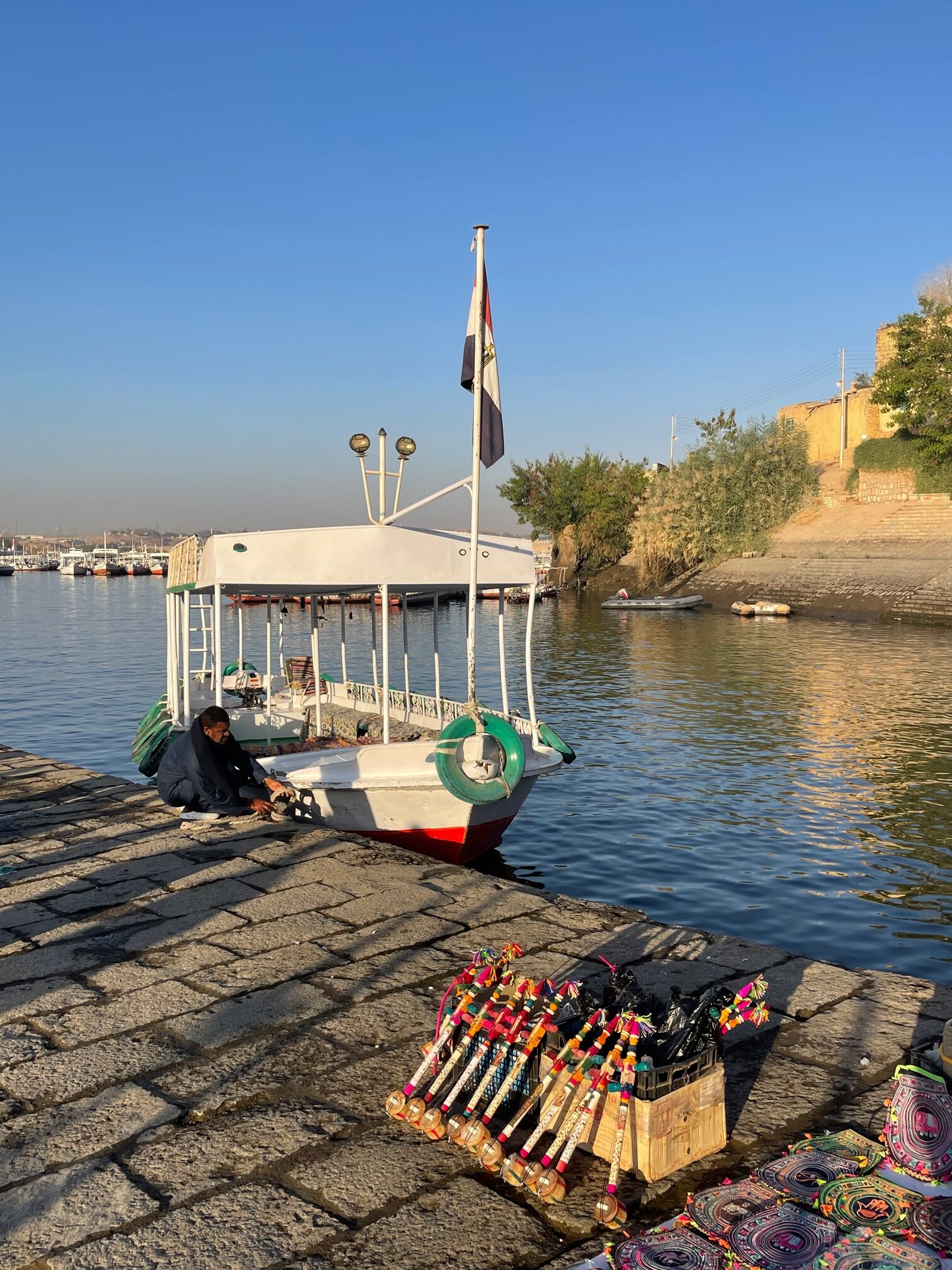
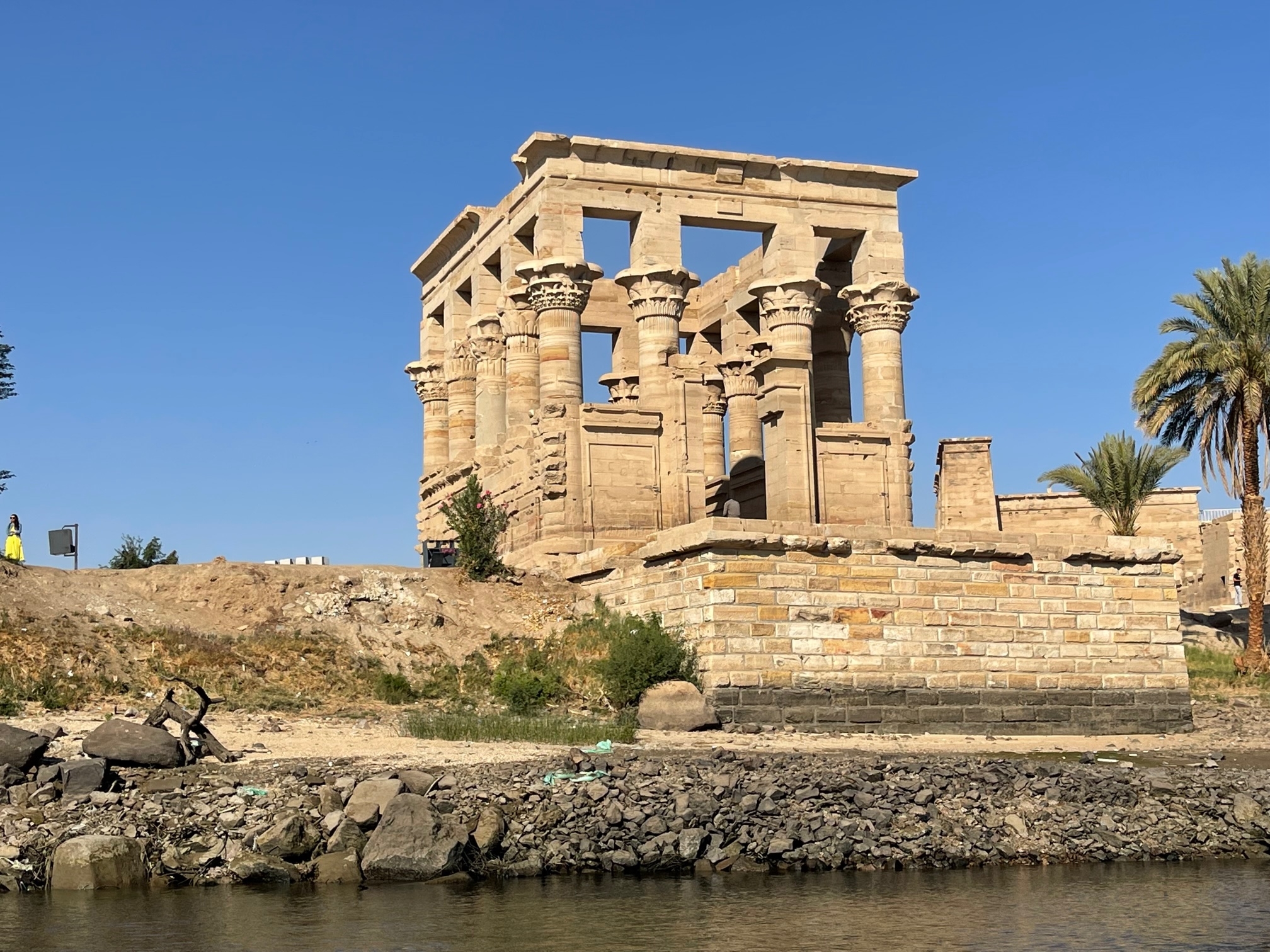
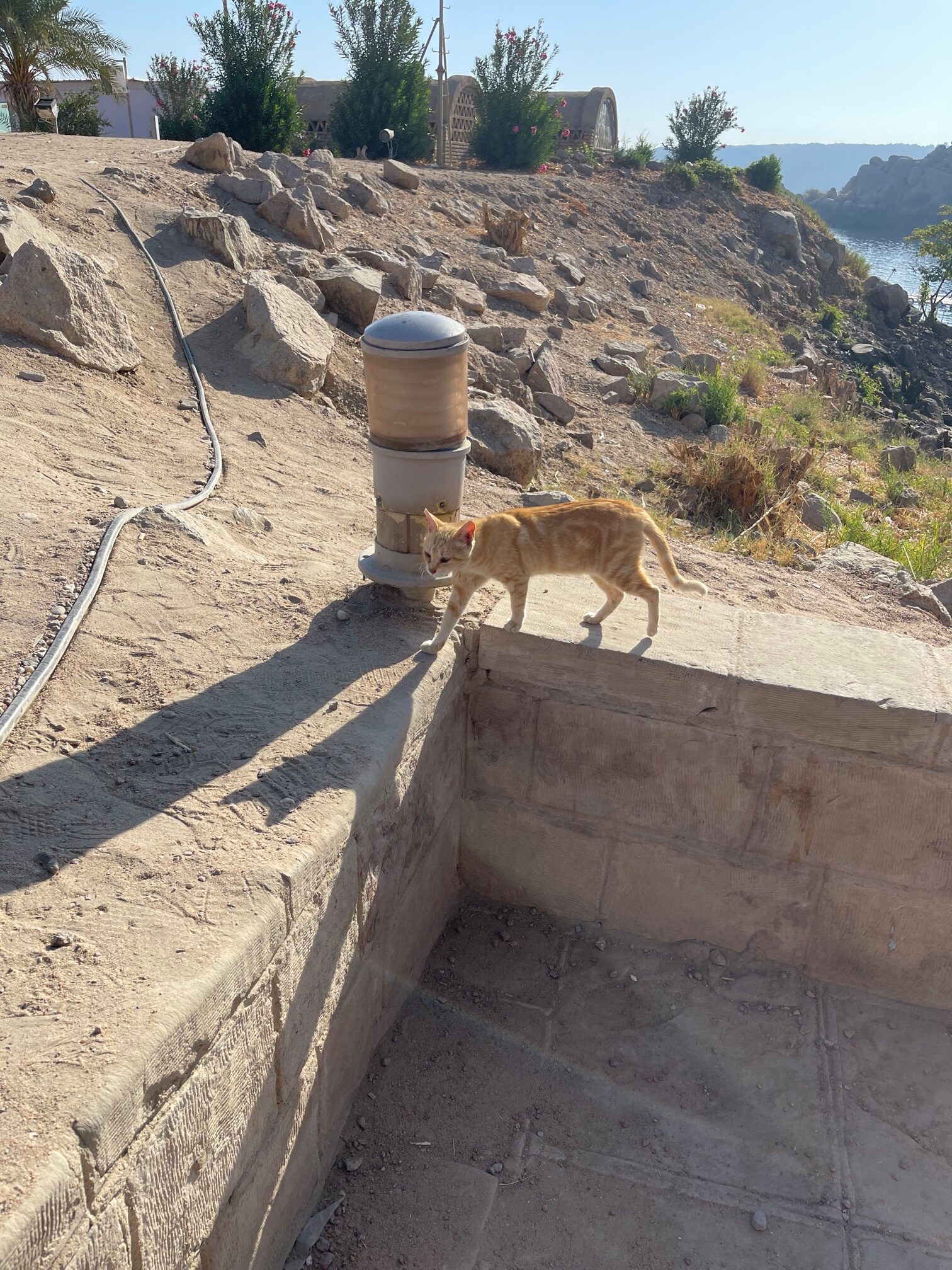
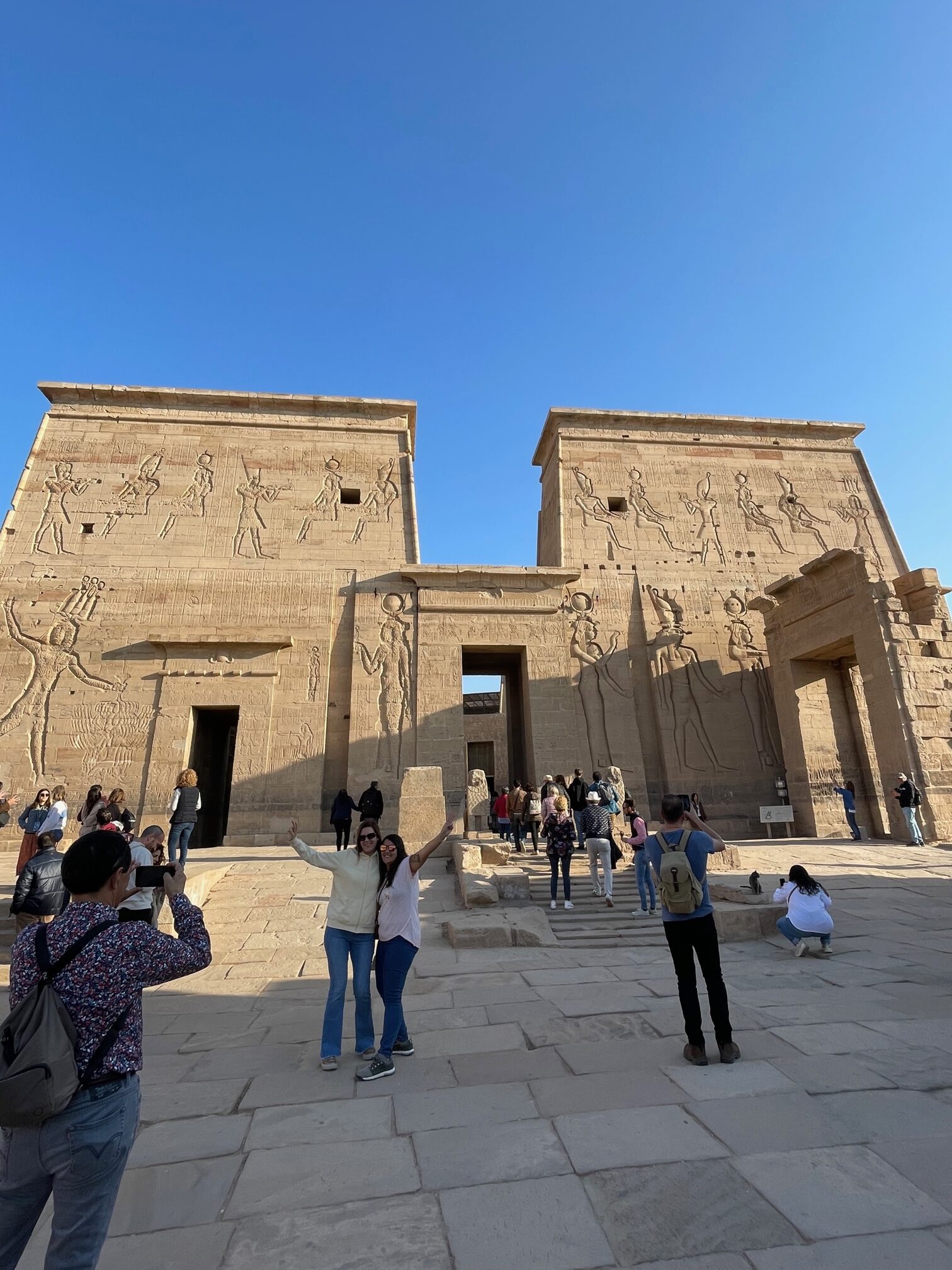
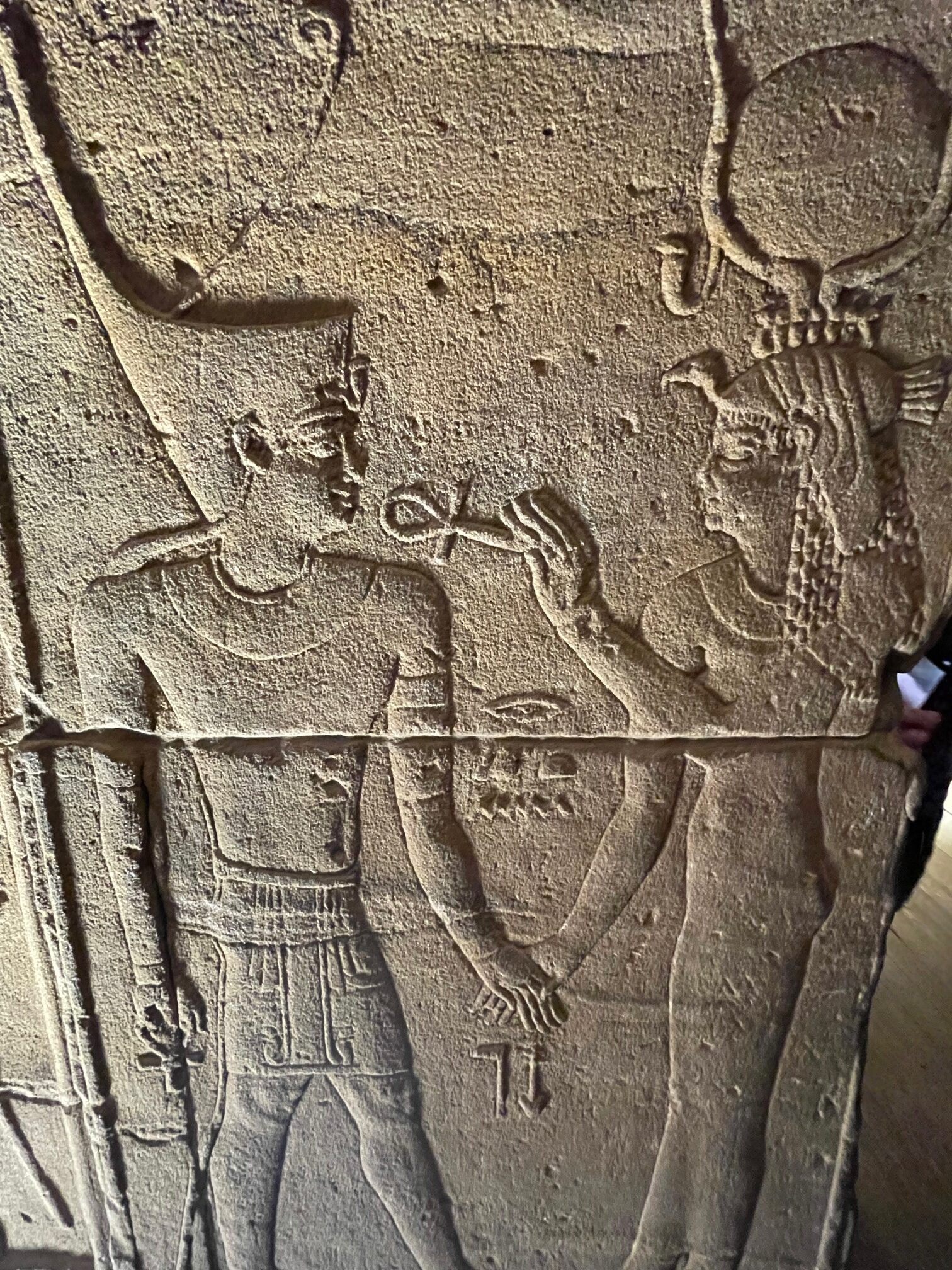
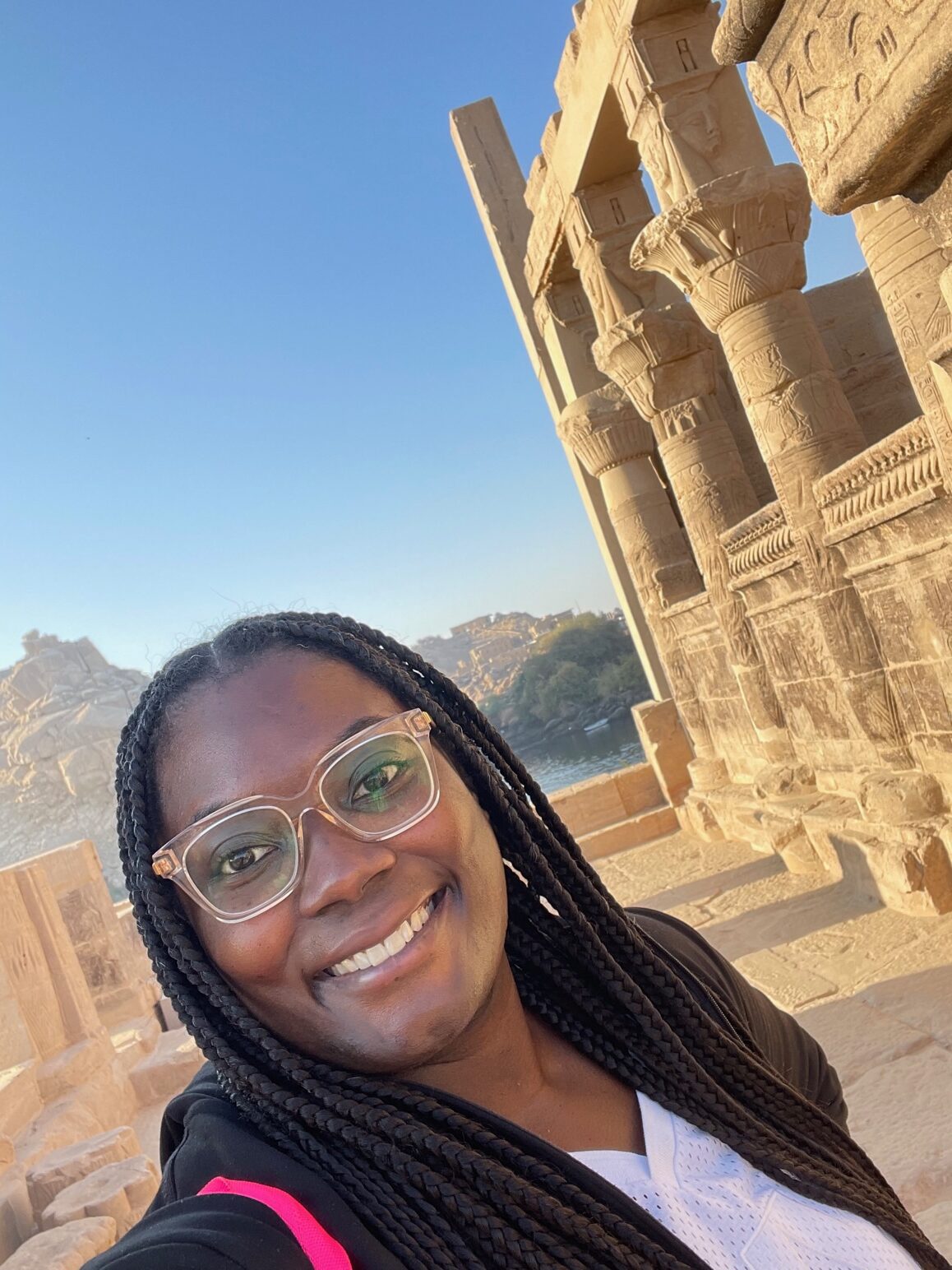
DO:
- MS Queen of Hansa: There is only one way to get the full Egyptian experience and that is taking a Nile river cruise. A short flight from Cairo to Luxor will take you to the port where a fleet of cruise ships are waiting to begin your journey. The ship that I was on had no interior cabins and every room was equipped with windows that opened so you could get a gentle breeze flow through your room. As with every standard cruise, there are three square meals served every day and daily performances. This was only my second time on a cruise ship and I couldn’t definitely tell the difference between an ocean and river cruise. The latter was very smooth and no motion sickness medicine was required. The staff on board was so attentive, I felt completely spoiled during my entire stay. The highlight of the ship is the rooftop deck that stretches the entire length of the boat.
Munch Tip: The gift shop on the ship has everything that you could imagine, even a jeweler where you can purchase a cartouche inscribed with your name. The quality and the process is so well executed this is probably one of the best treasures you can give yourself.
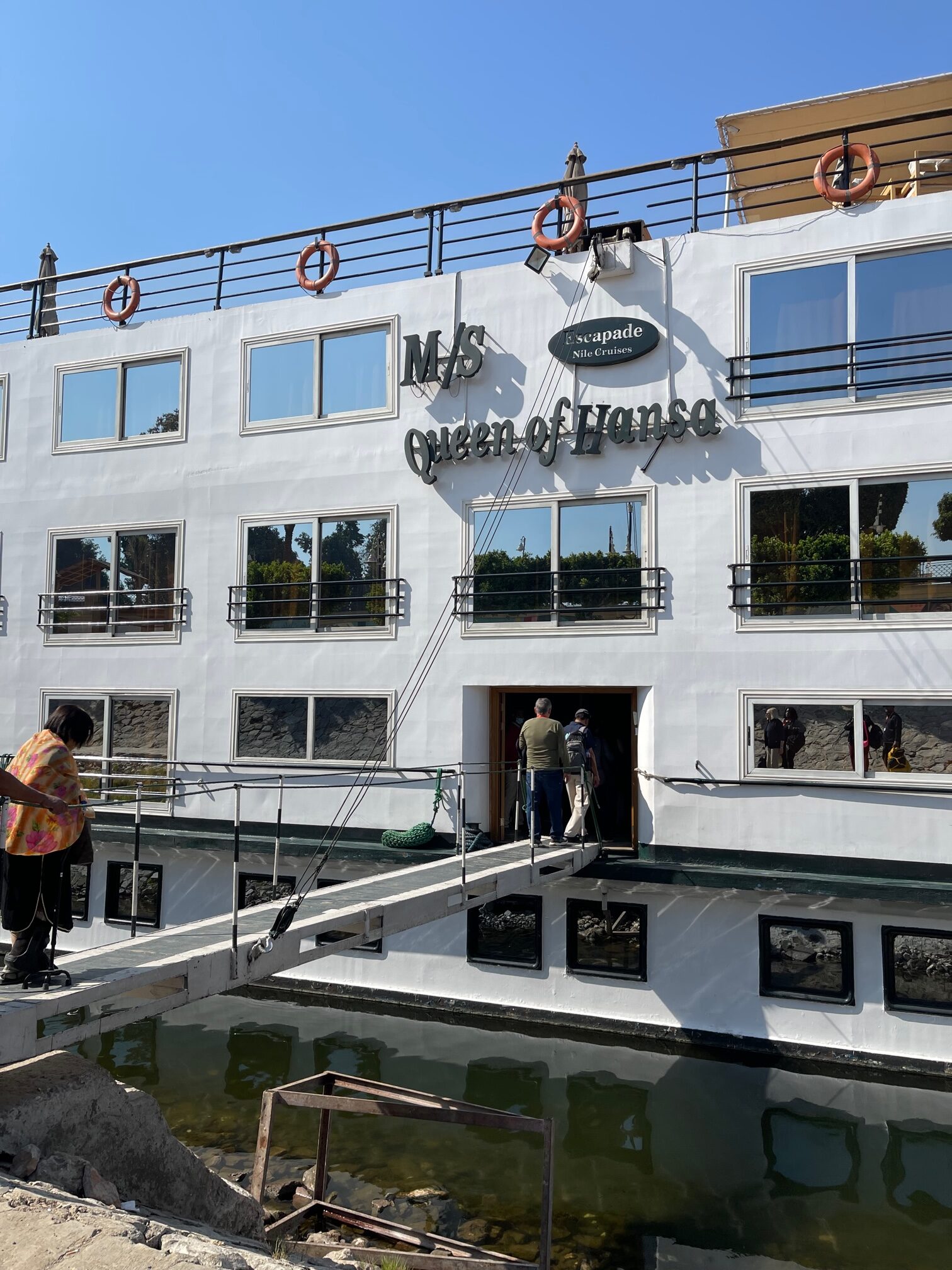
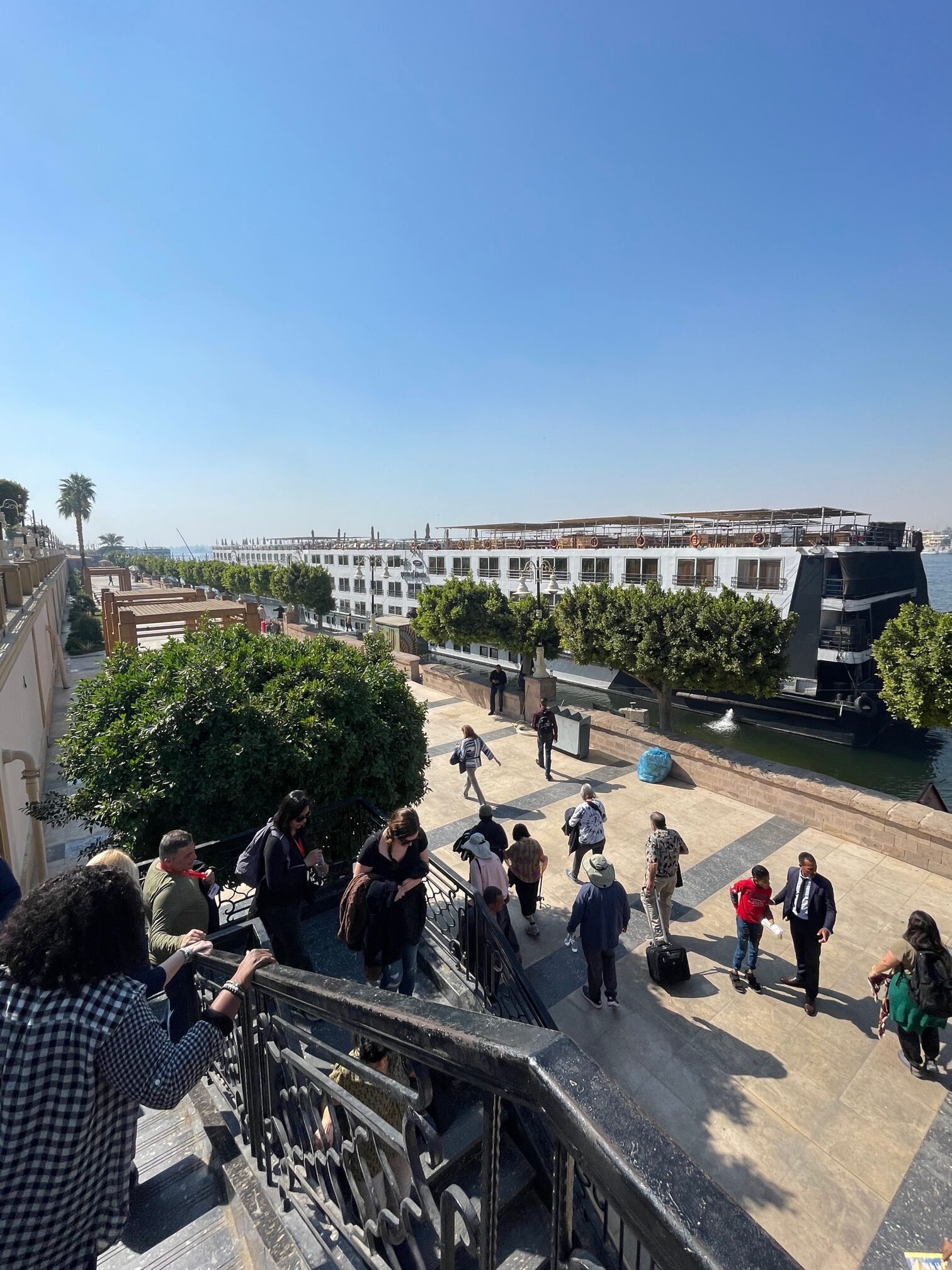
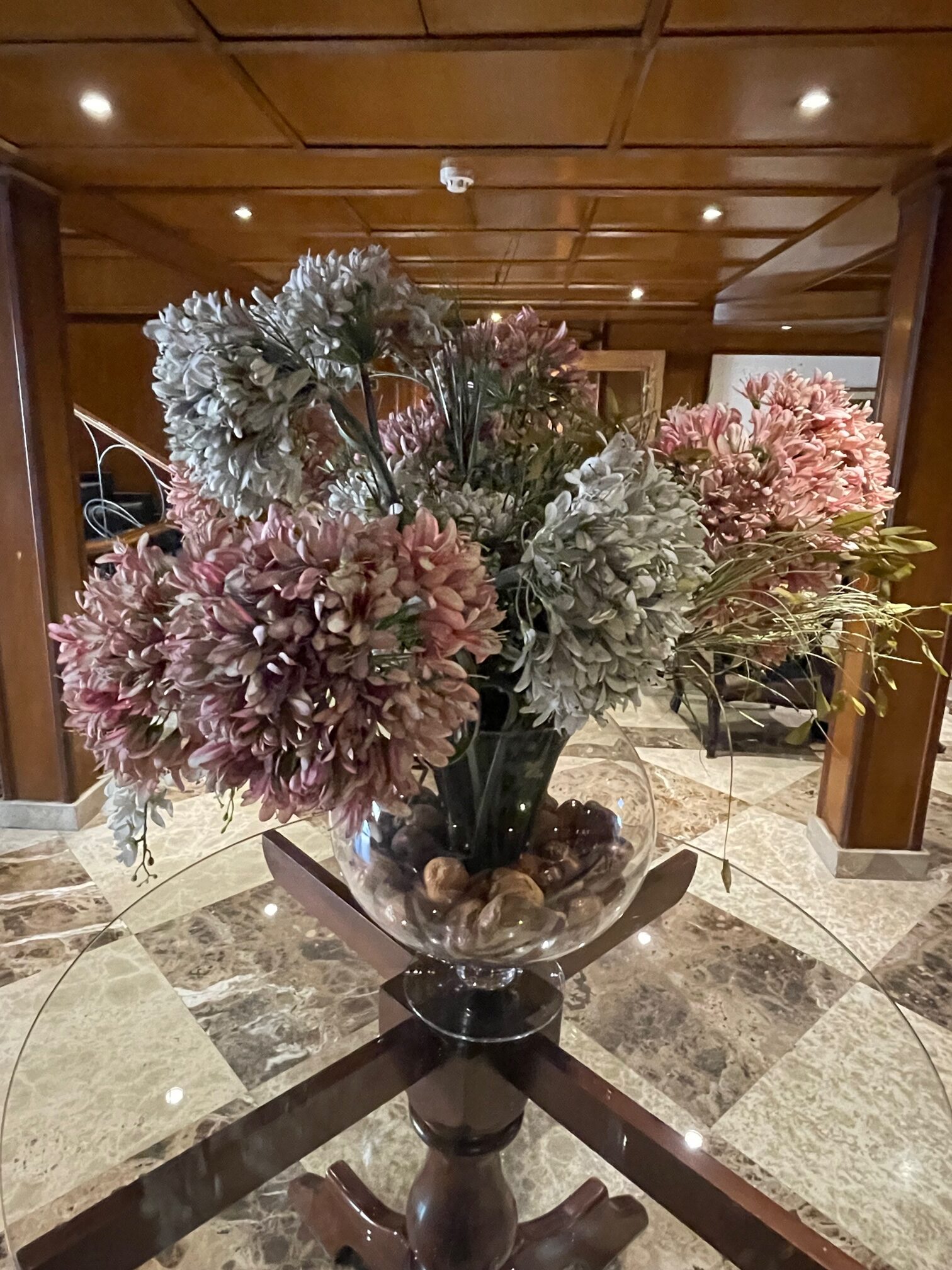
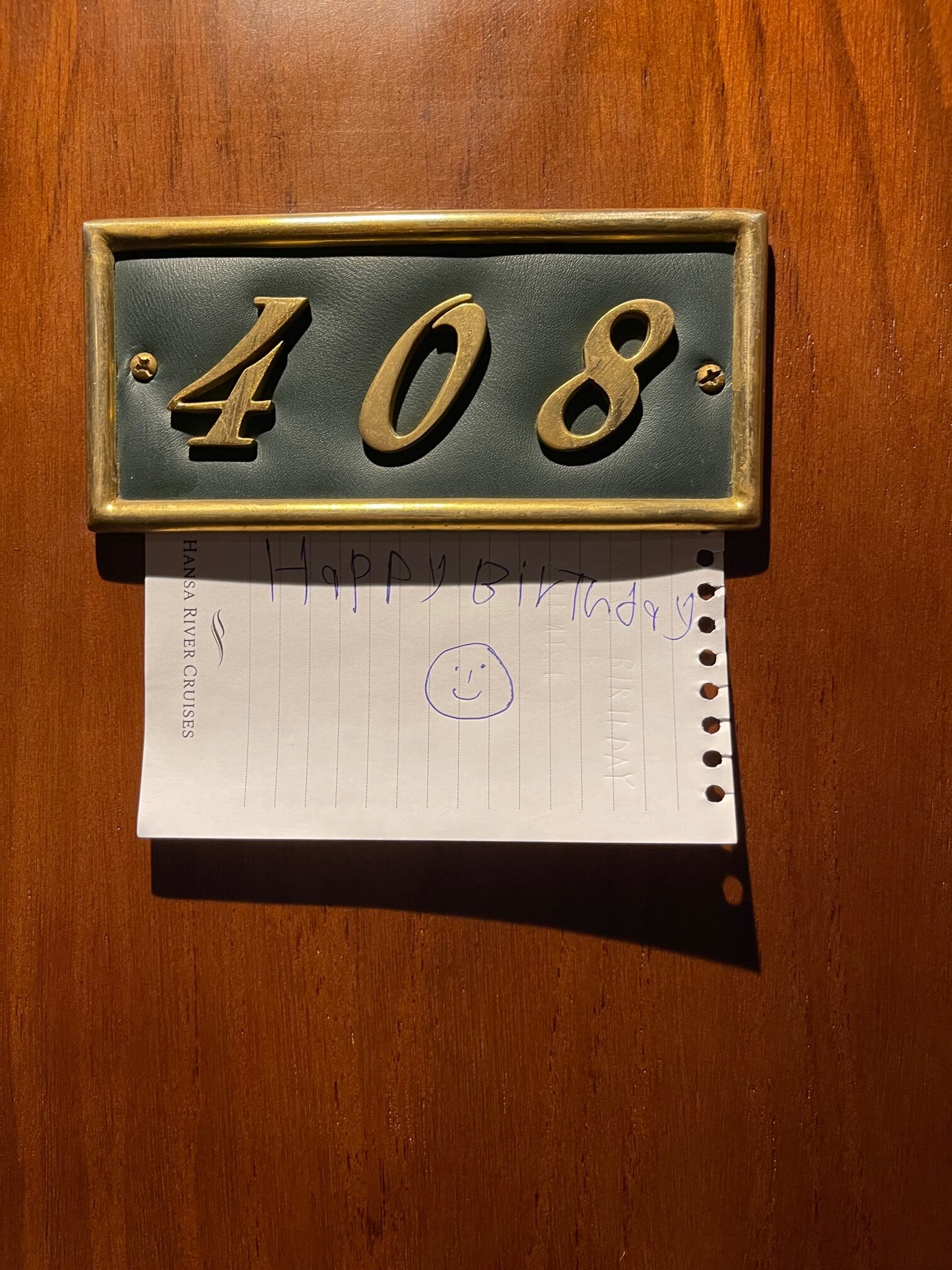
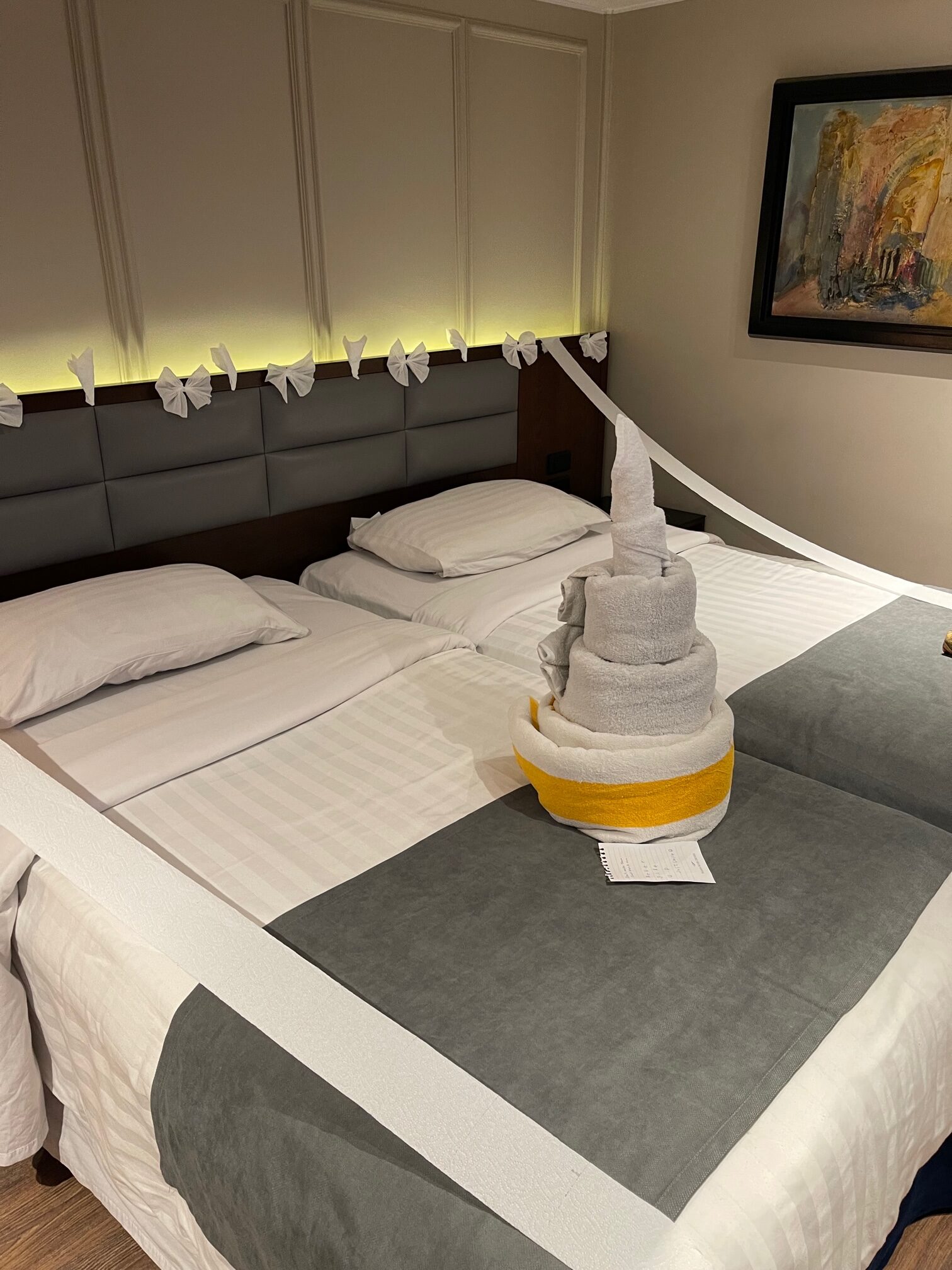
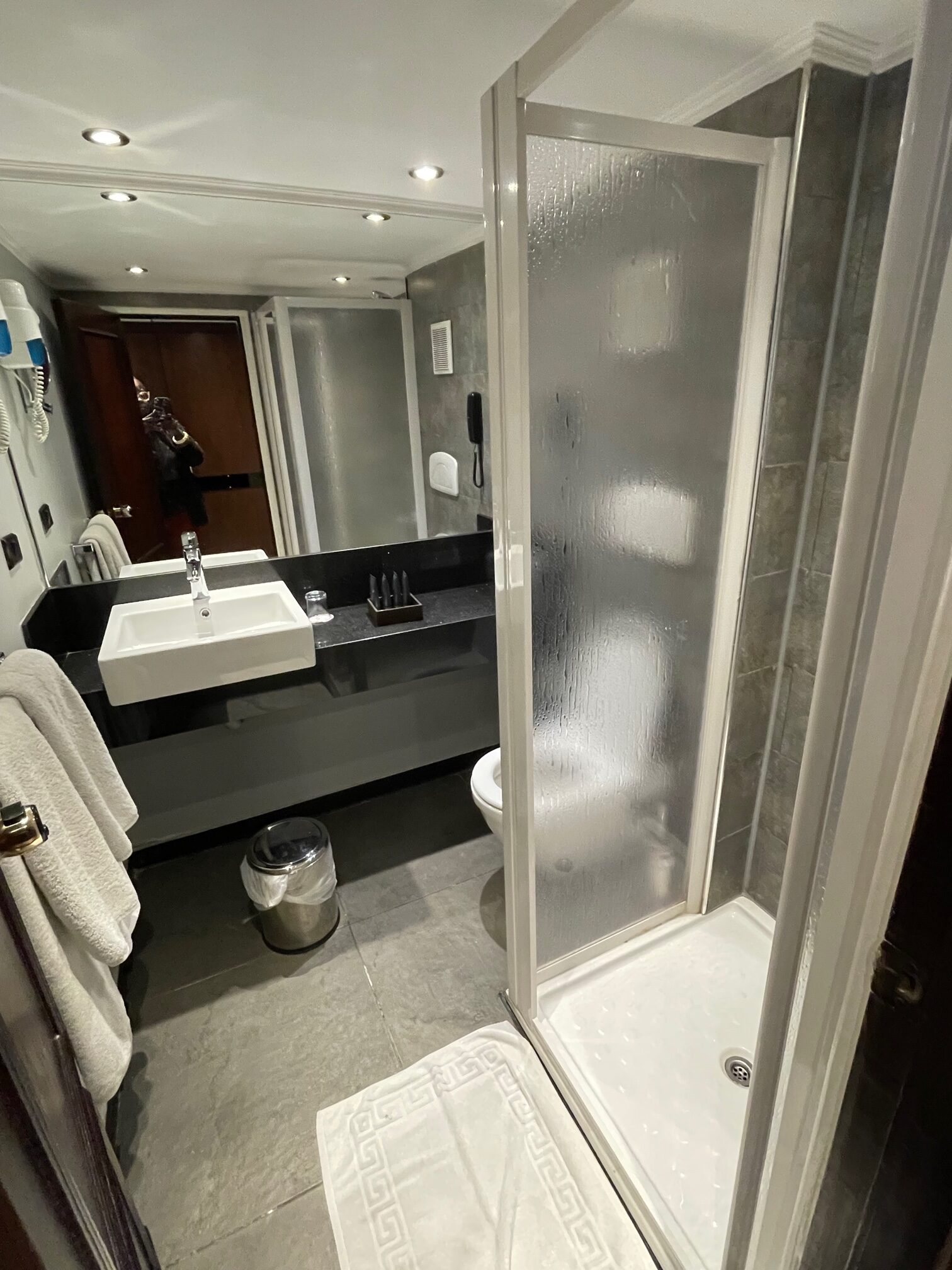

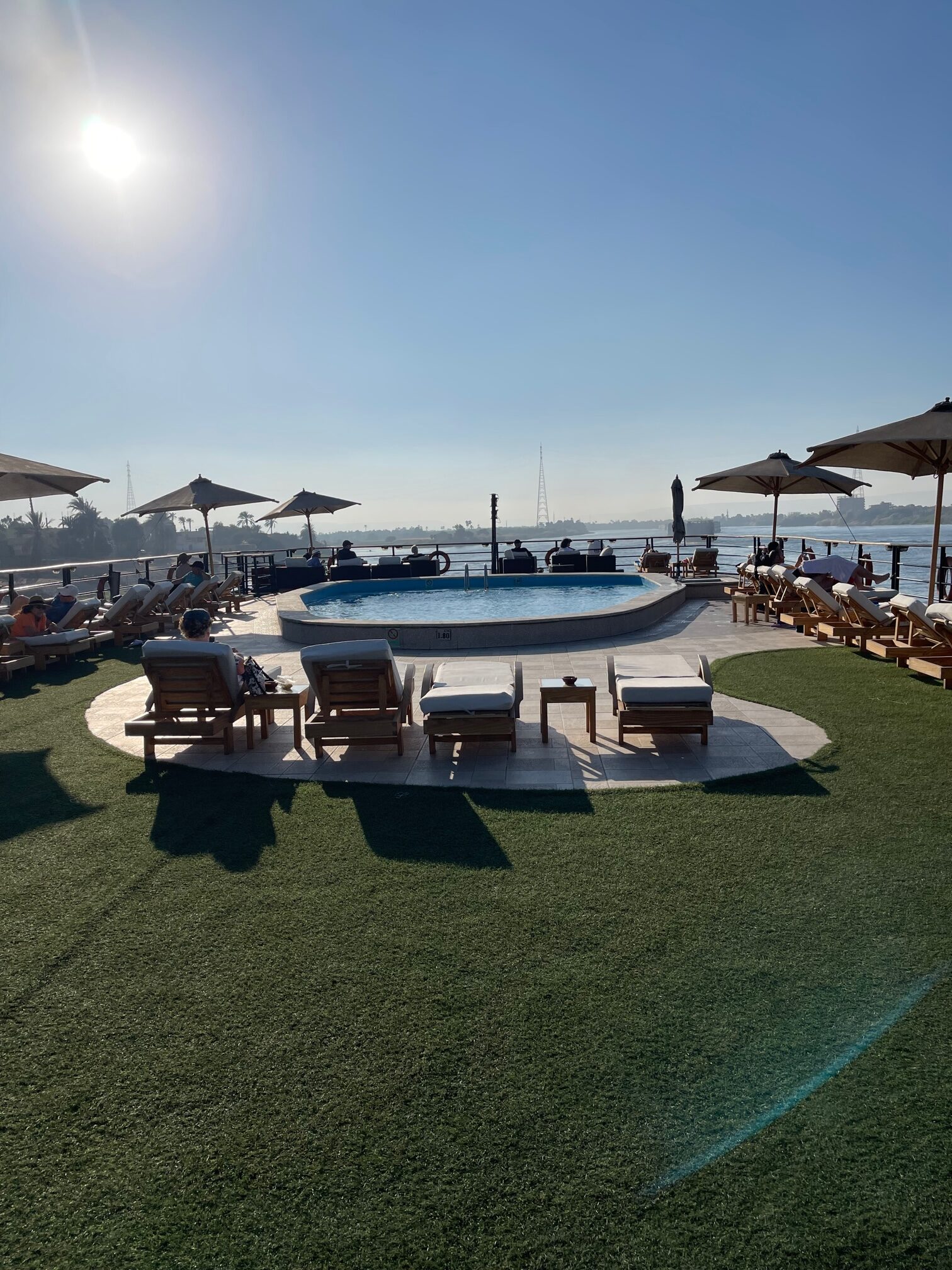
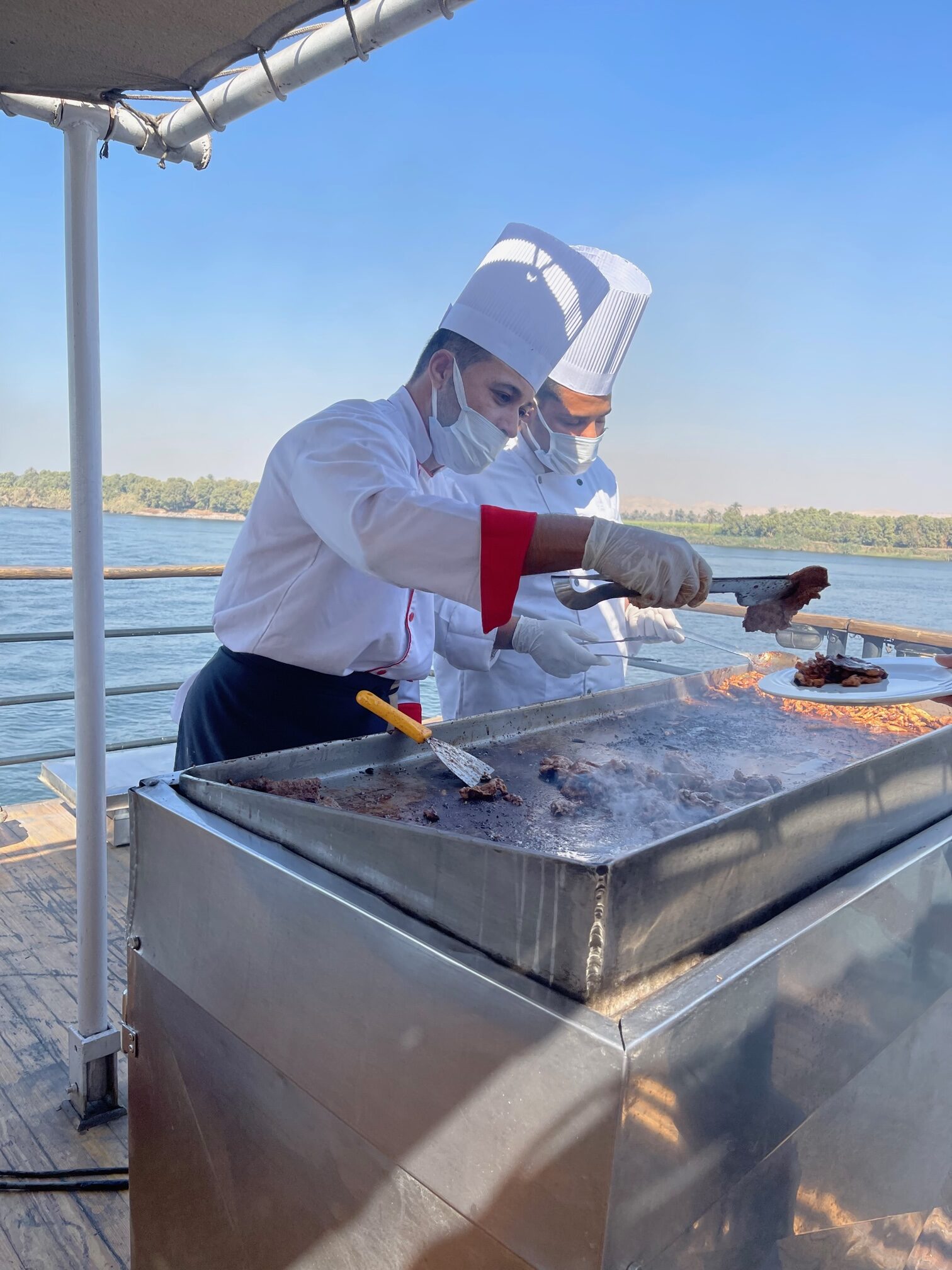

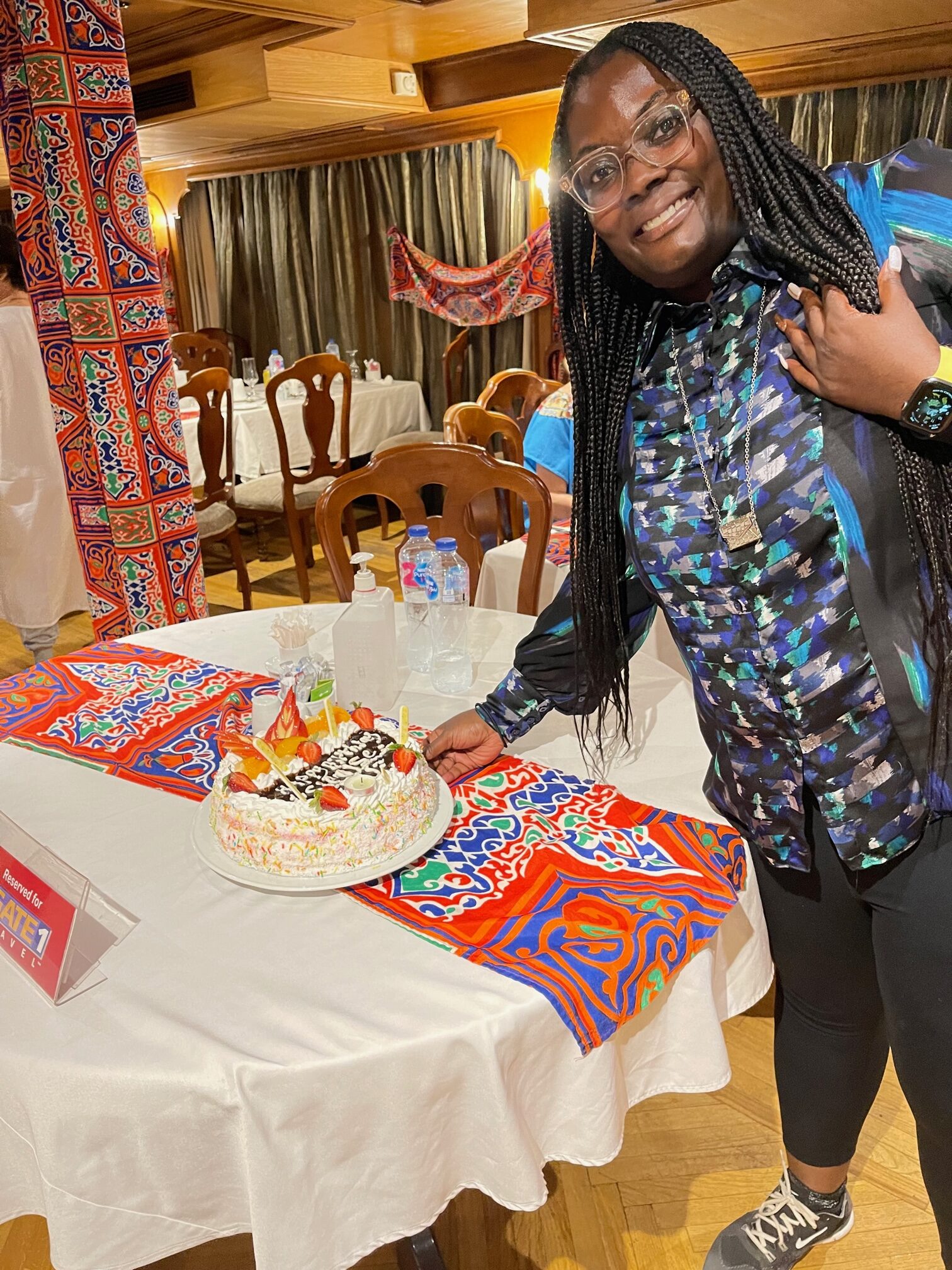
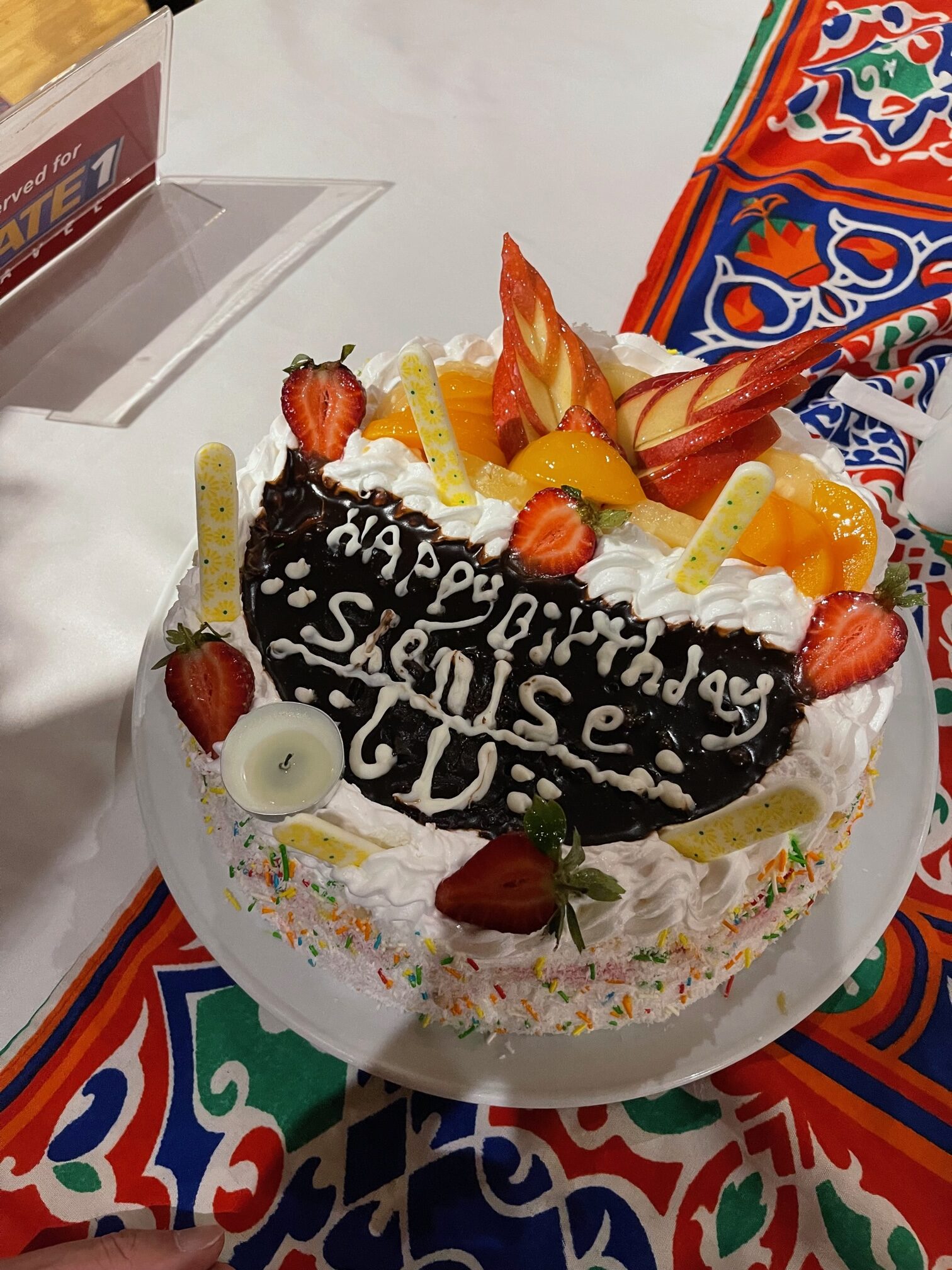

- New Karnak Papyrus Institute (Luxor): The written word is my passion and when one of the stops on my travels included going to a papyrus institute I was beyond excited. Papyrus is made of the plant that is then compounded into a smooth flat surface. This vehicle is one of the oldest materials for humans to document everything from the weather to the Egyptian Book of the Dead that instructed the nobles on how to enter the afterlife. At the institute, I saw first hand how the papyrus was made and watched the artistry of how each scroll came to life with different hieroglyphics. The gallery is full of options that depict Egyptian mythology, astrology and history. Everything that you can see in the gallery is for sale and prices can range from $20 to thousands of dollars.
Munch Tip: Take your souvenir to the next level by personalizing your name in hieroglyphics on your papyrus. There is an additional fee for this service.
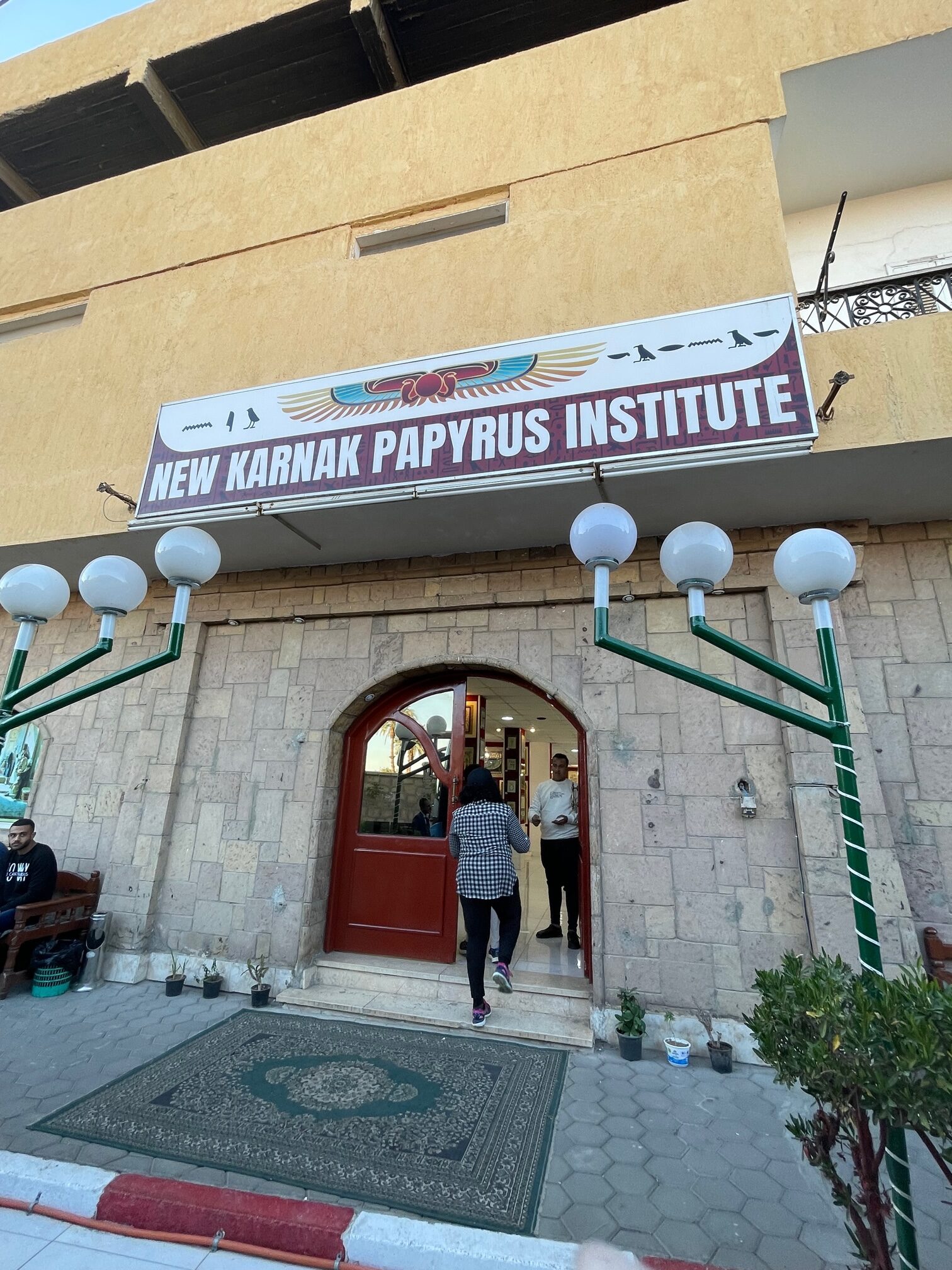
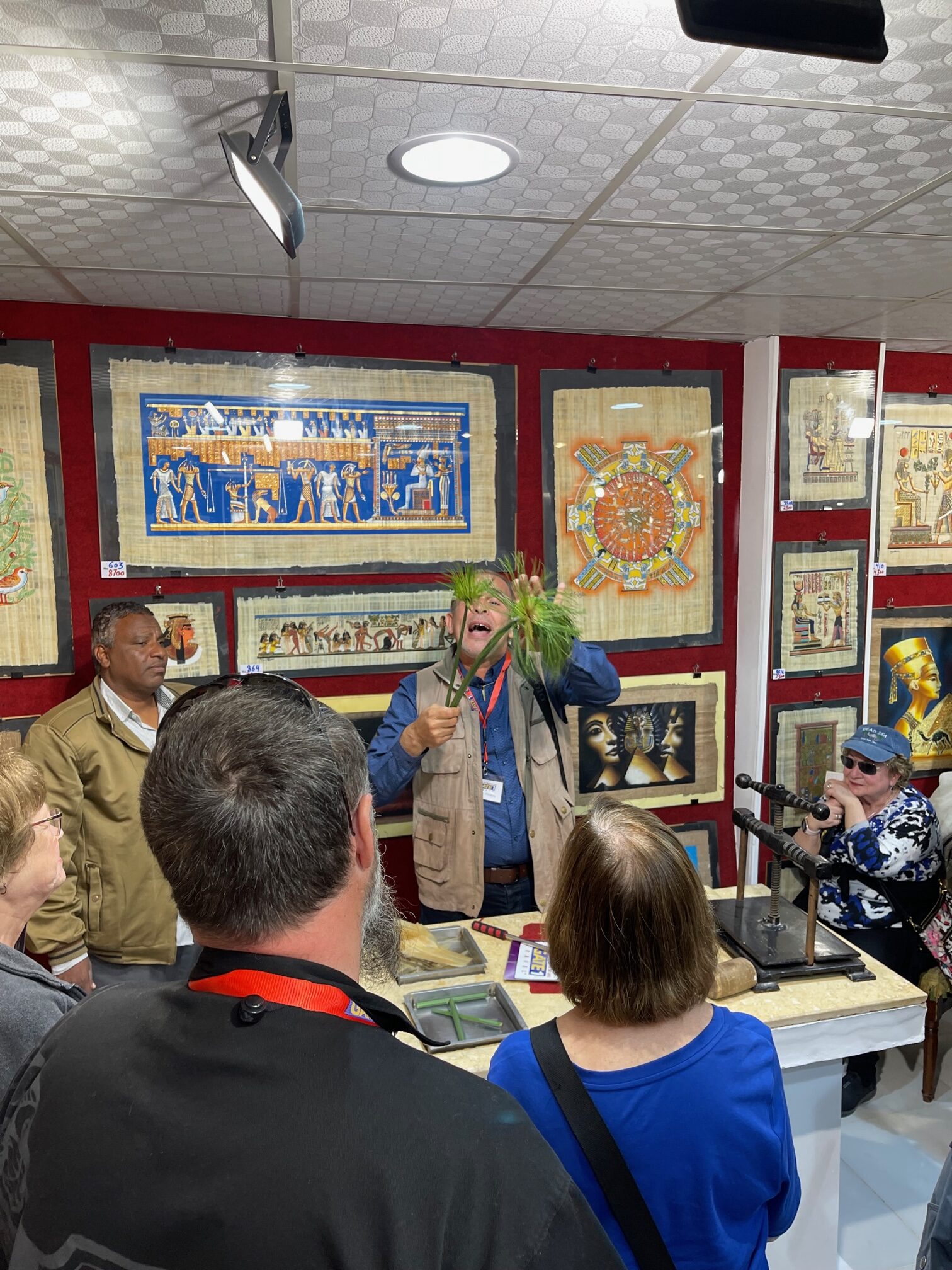
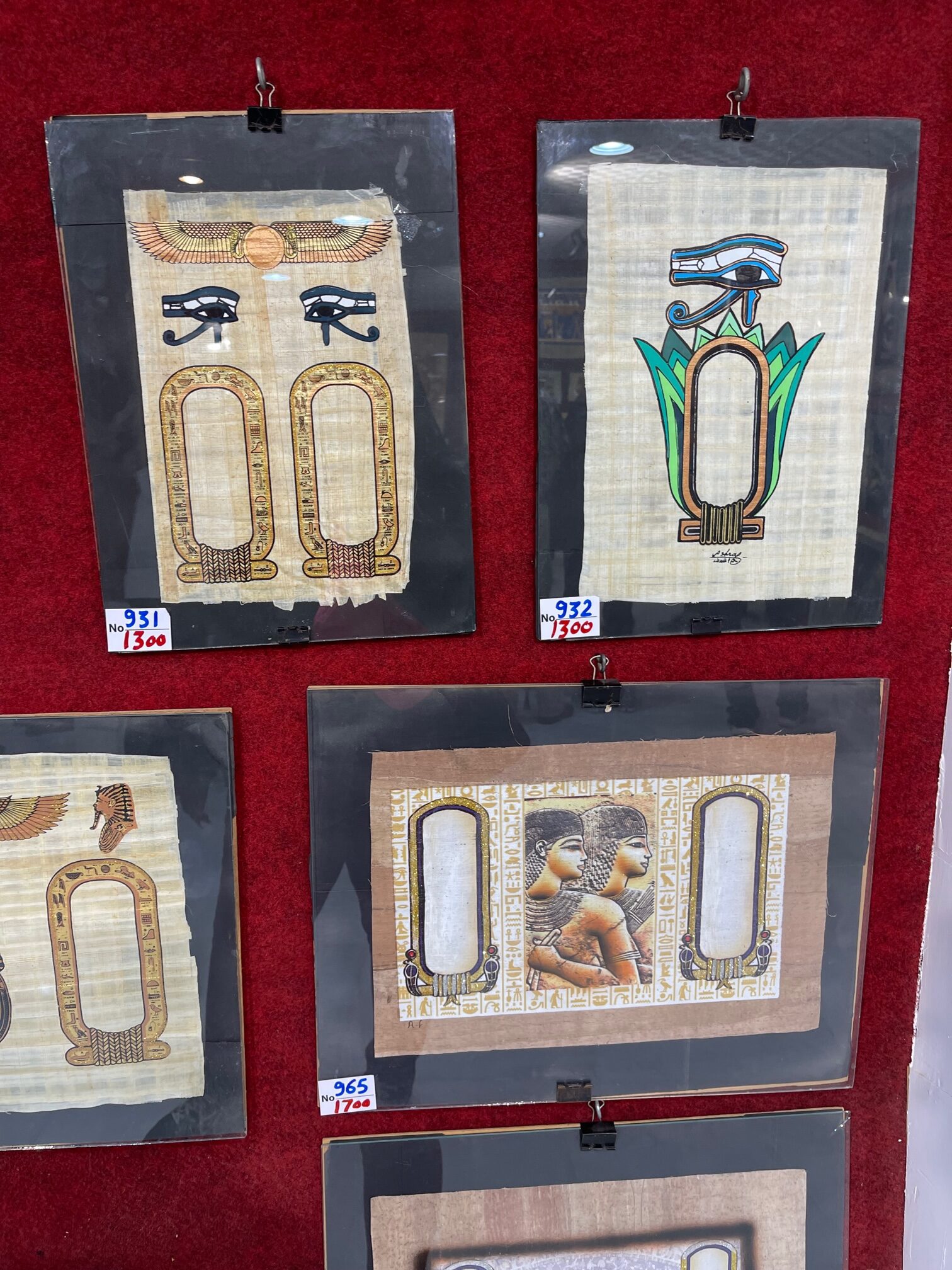
- Essence of Life Al Fayed Perfume Factory (Aswan): One thing that Aswan is world famous for is the perfumes and essential oils that date back to the great pharaohs of Egypt. If you are looking for your favorite perfume or an aid to alleviate an ailment, this shop has it. When entering the boutique, the employees welcomed my tour group with a cup of hibiscus tea and guided us to our designated room. The presentation began with showing us how each oil could combat anything from a headache to weight loss. The buying process is an orchestrated dance where you are assigned a salesman that will walk you through the different packages and their varying price points. It can be a little pricey, but totally worth the sticker price if you know you are going to use every drop.
Munch Tip: The more oils you buy, the better deal you will get. I purchased six 64 ounce bottles for $540 and received two additional bottles for free.
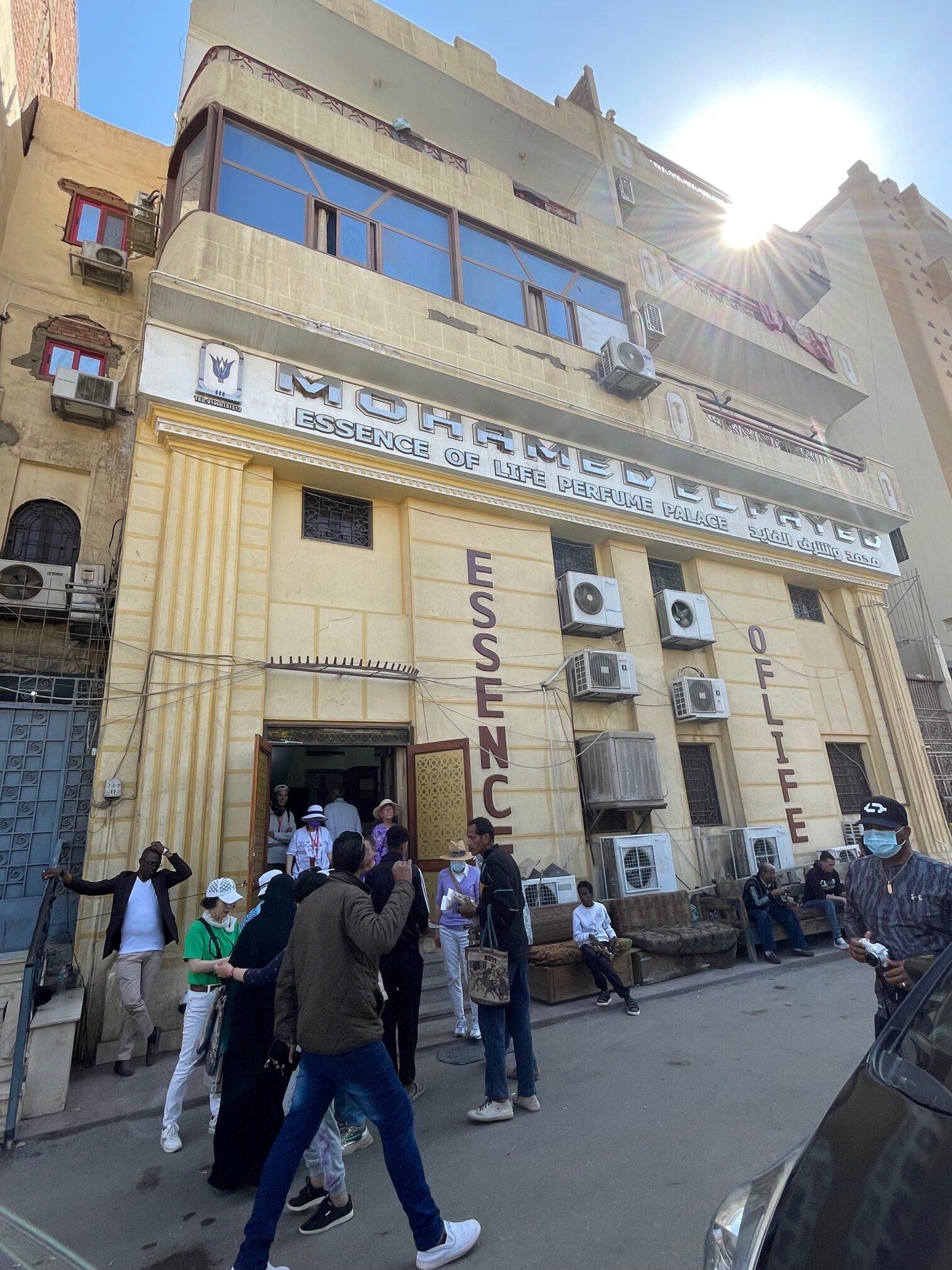
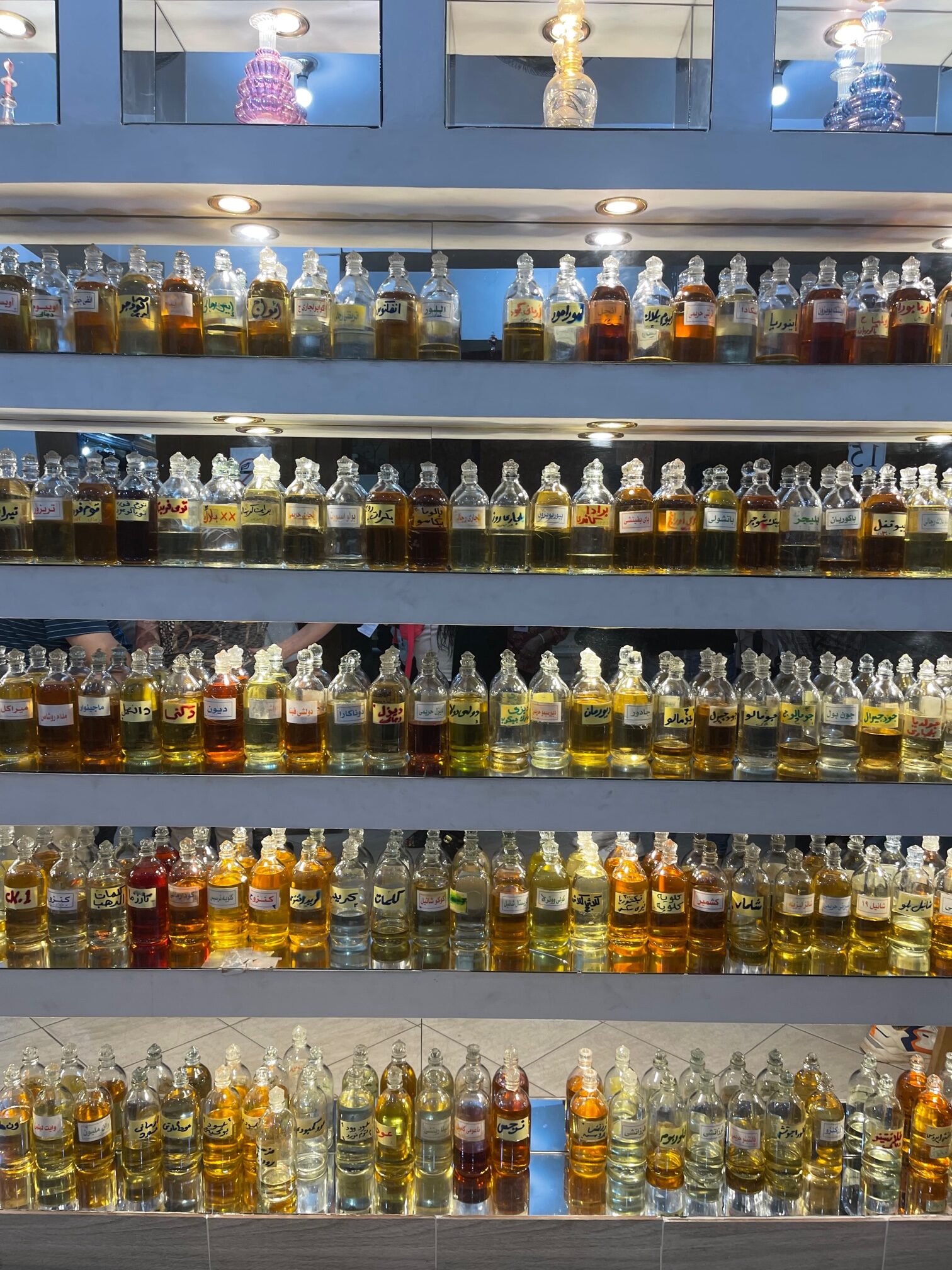
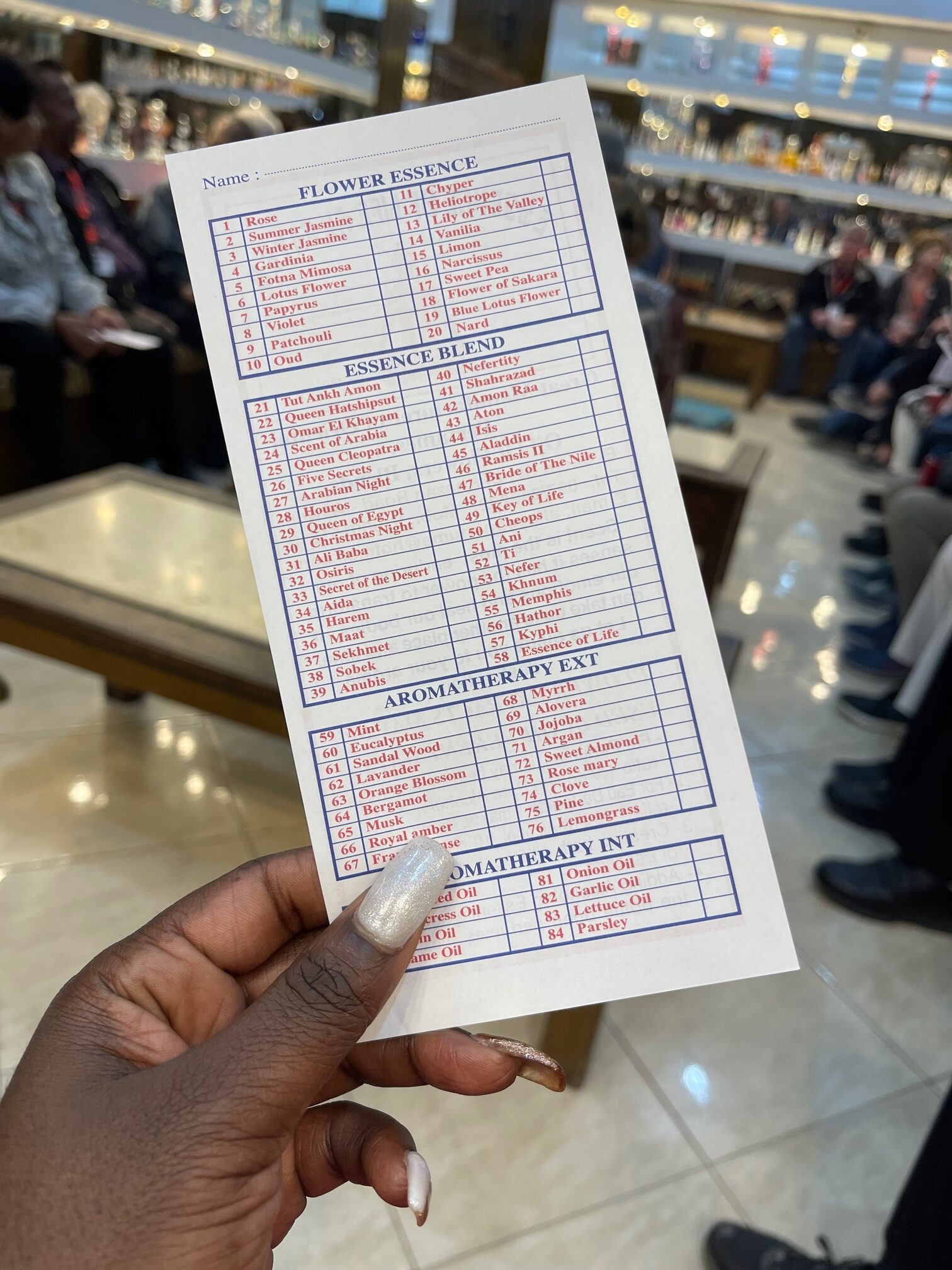
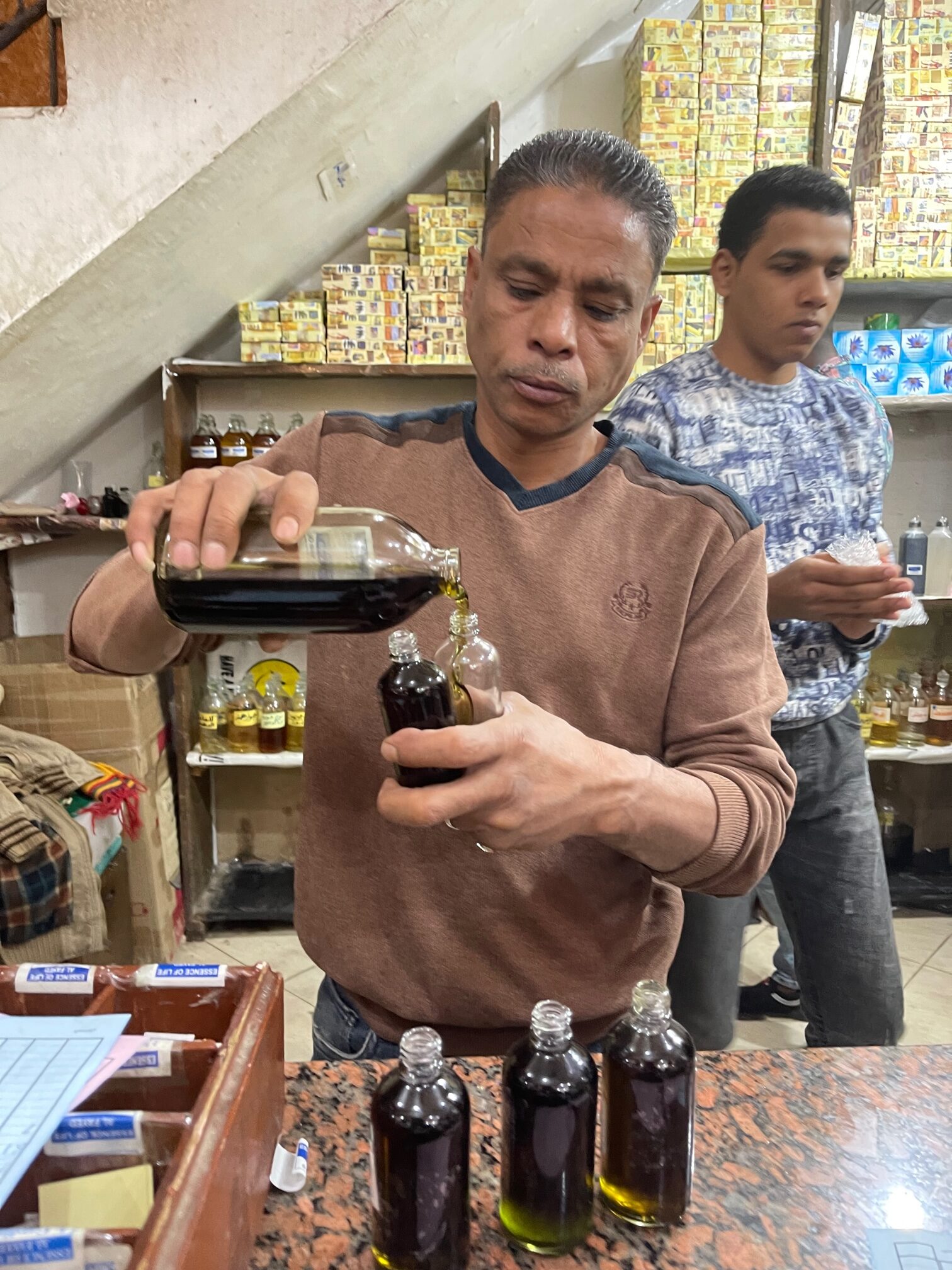
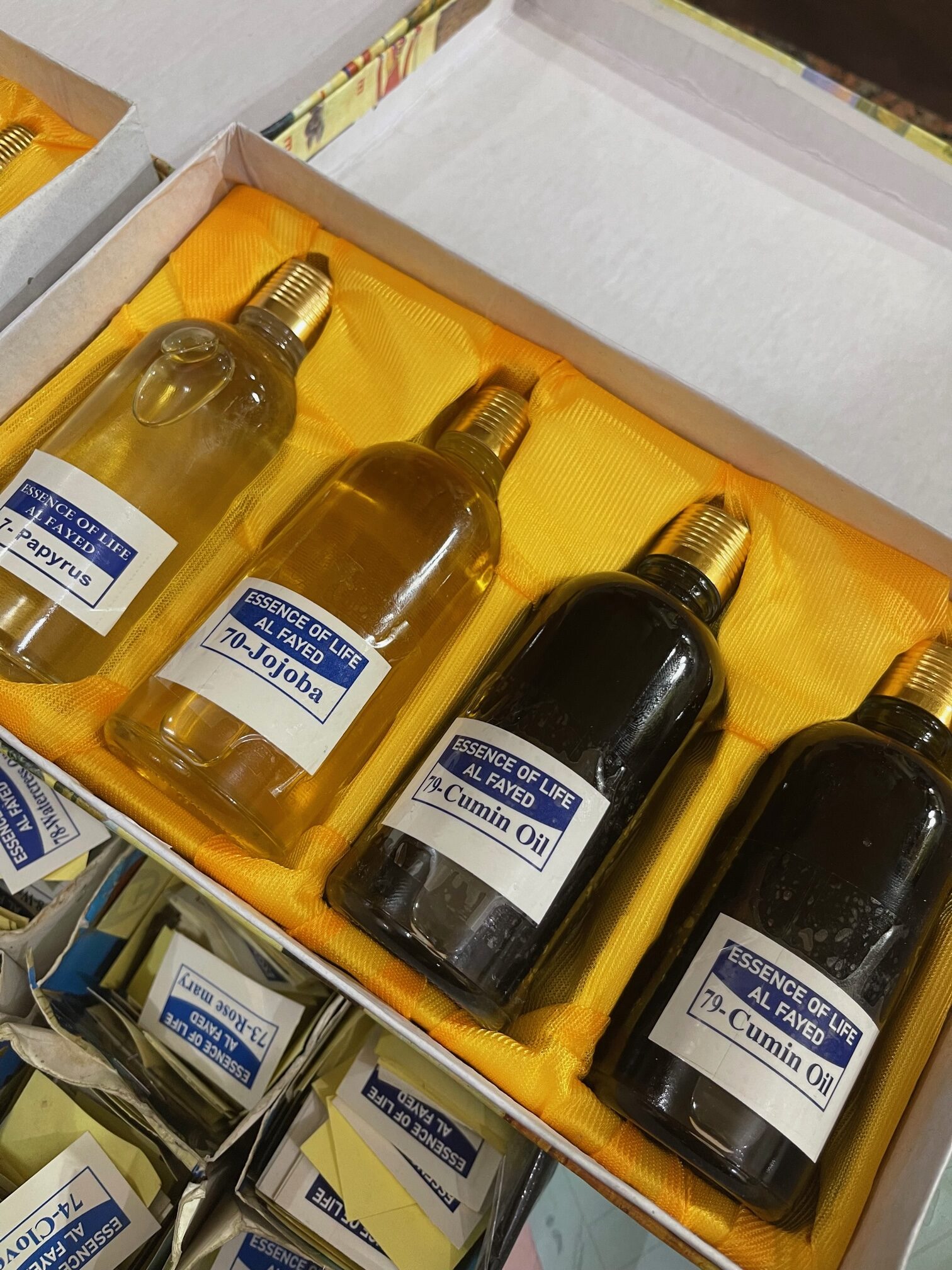
- Hassany 2 for Alabaster Factory (Luxor): Shopping pit stops are required when you are on a jammed packed schedule full of exploring. The craftsmanship of creating alabaster is an ancient art form that extracts the stones from the quarry and carves them into beautiful masterpieces. Ancient Egyptian royalty were such fans of this art form, they employed craftsmen to build their caskets, statues and relics that adorned their palaces and tombs. A demonstration was given that showed the multiple stages the stones had to go through to create one piece. It was explained it took years to develop the proper skills to be a master craftsman and most people who enter the trade go through an apprenticeship. There are many factories located on the route to the Valley of the Kings and I’m sure wherever.
Munch Tip: In the back of the shop is the Hassan Museum. It shows you the evolution of the family owned businesses’ craftsmanship. There are several pieces that date back several decades.

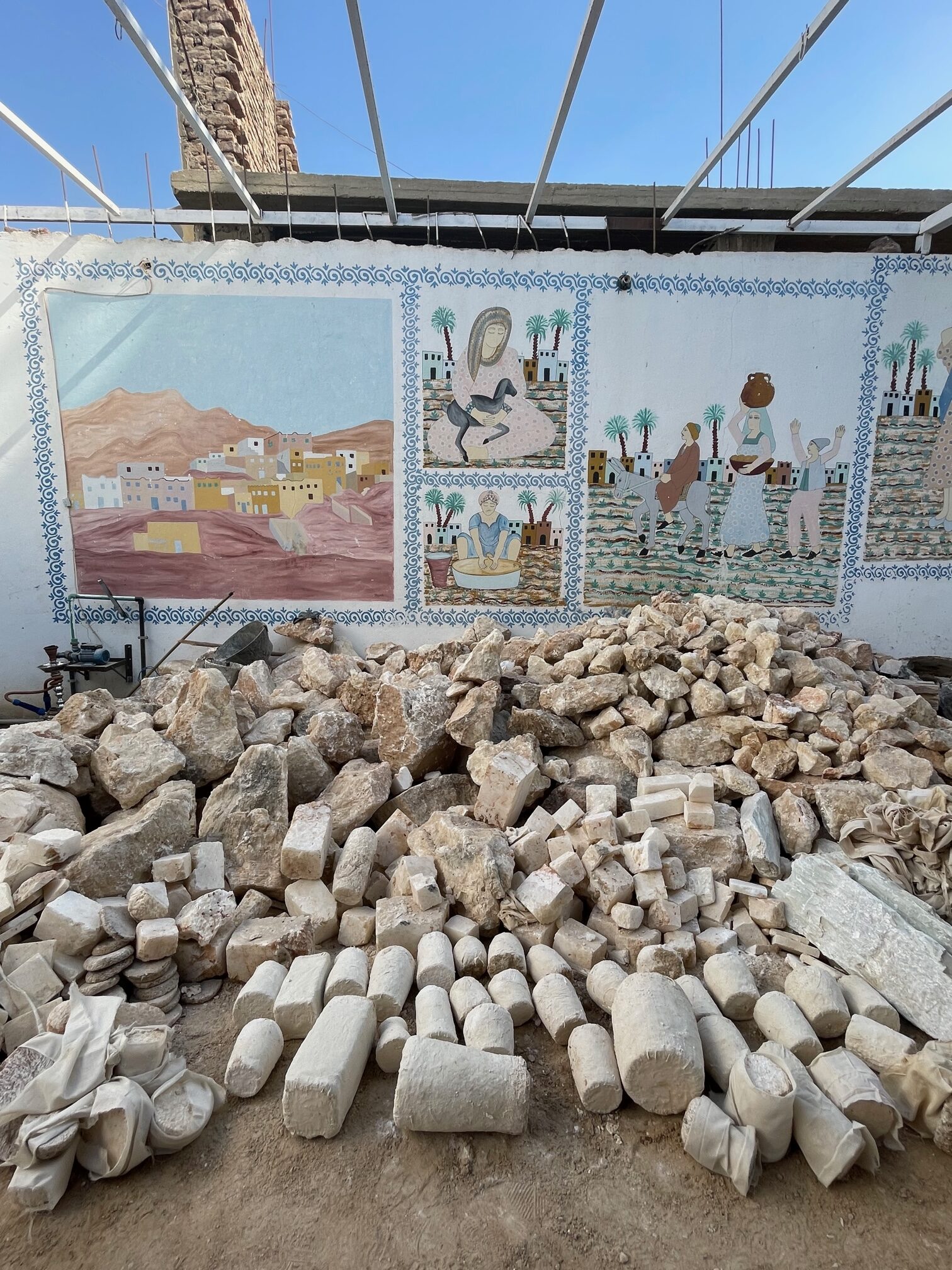
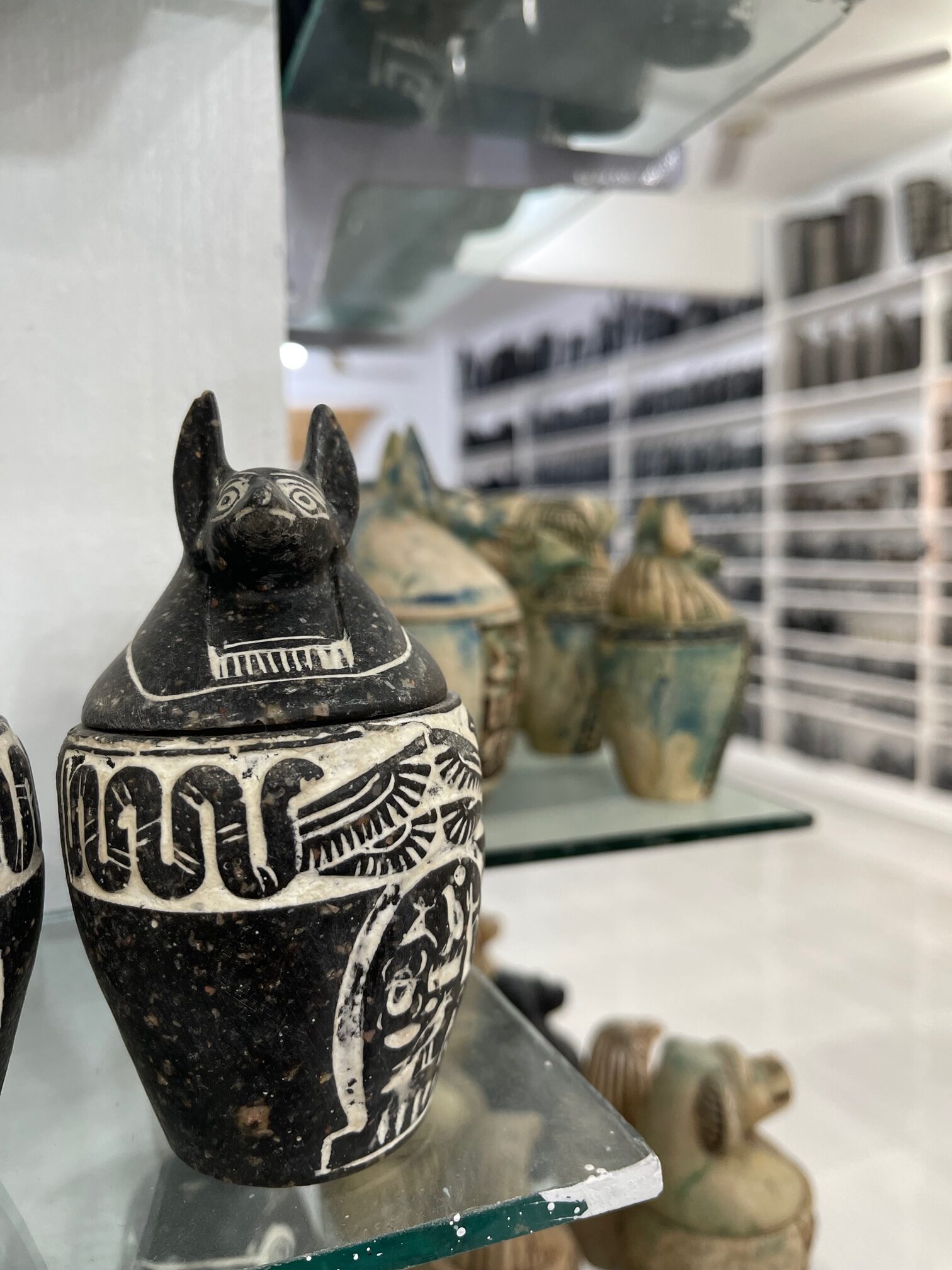
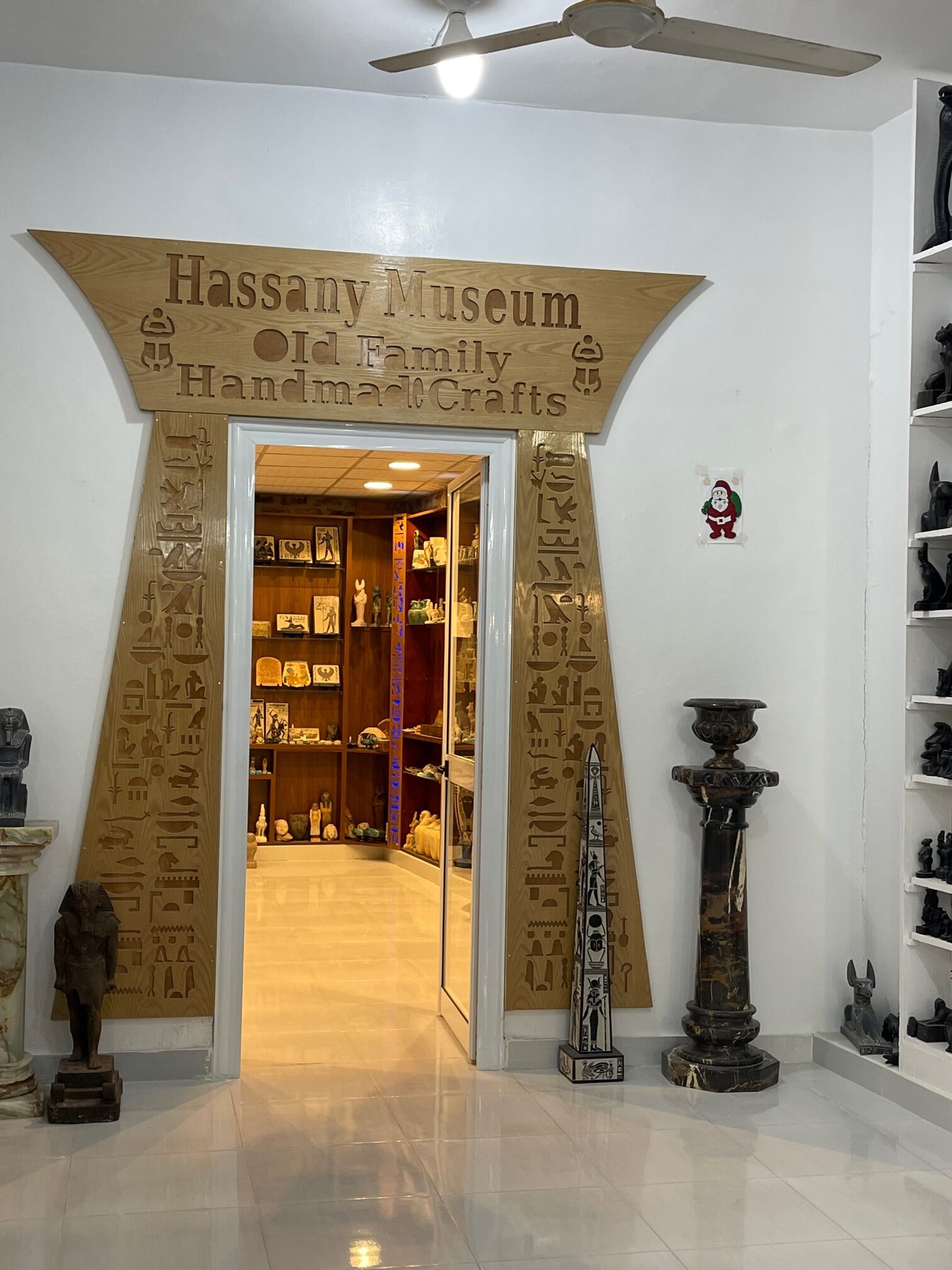
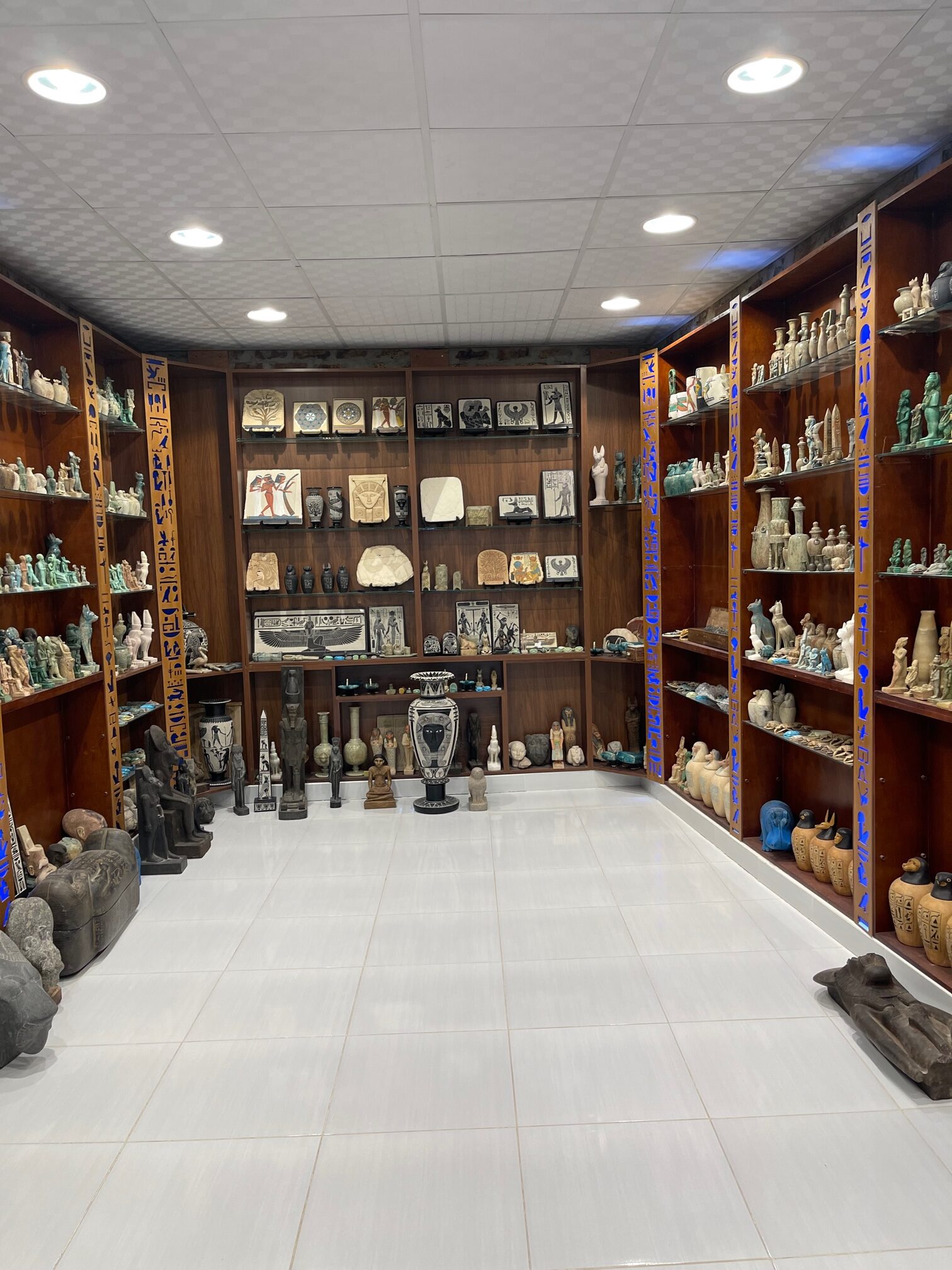
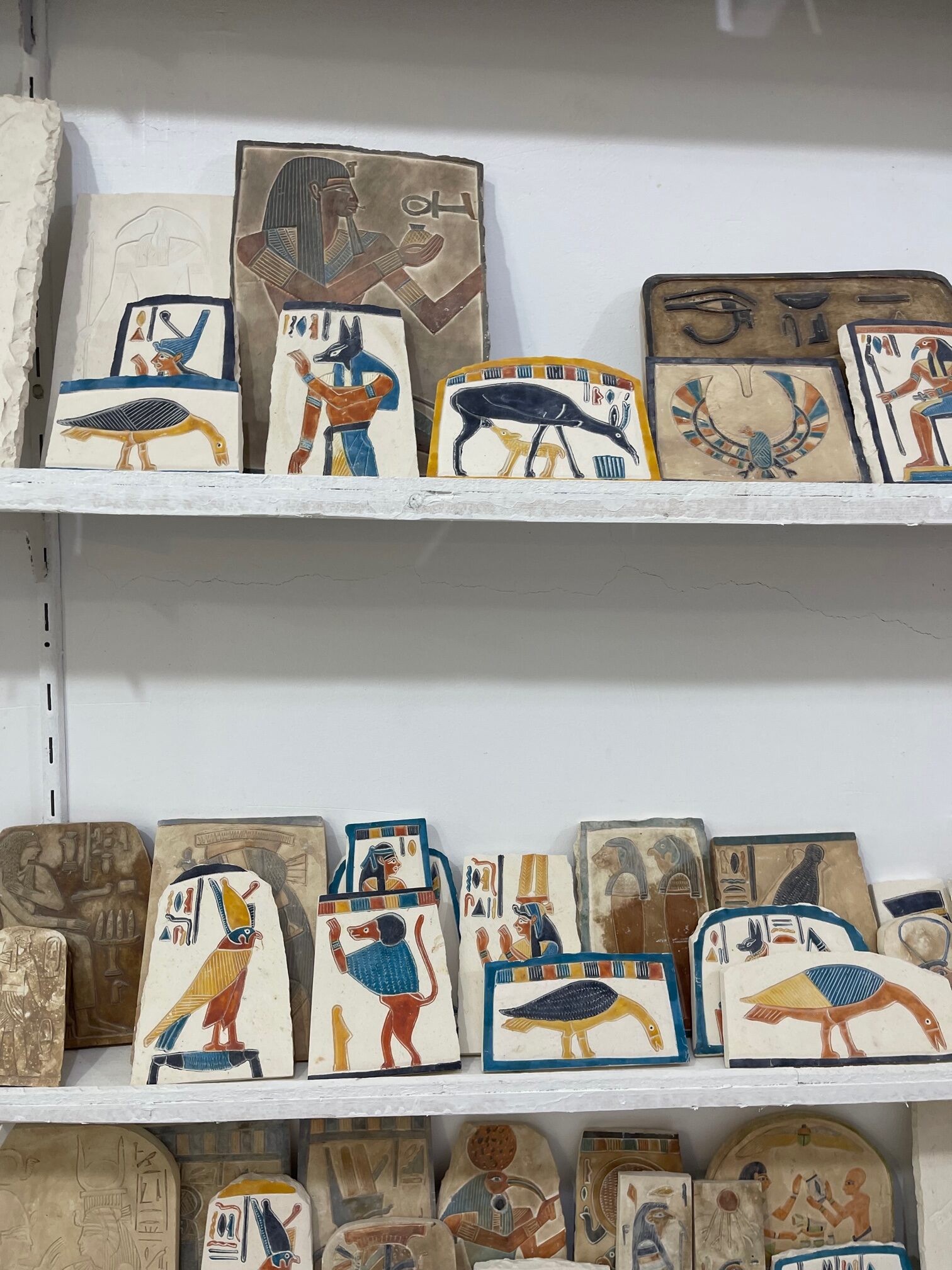
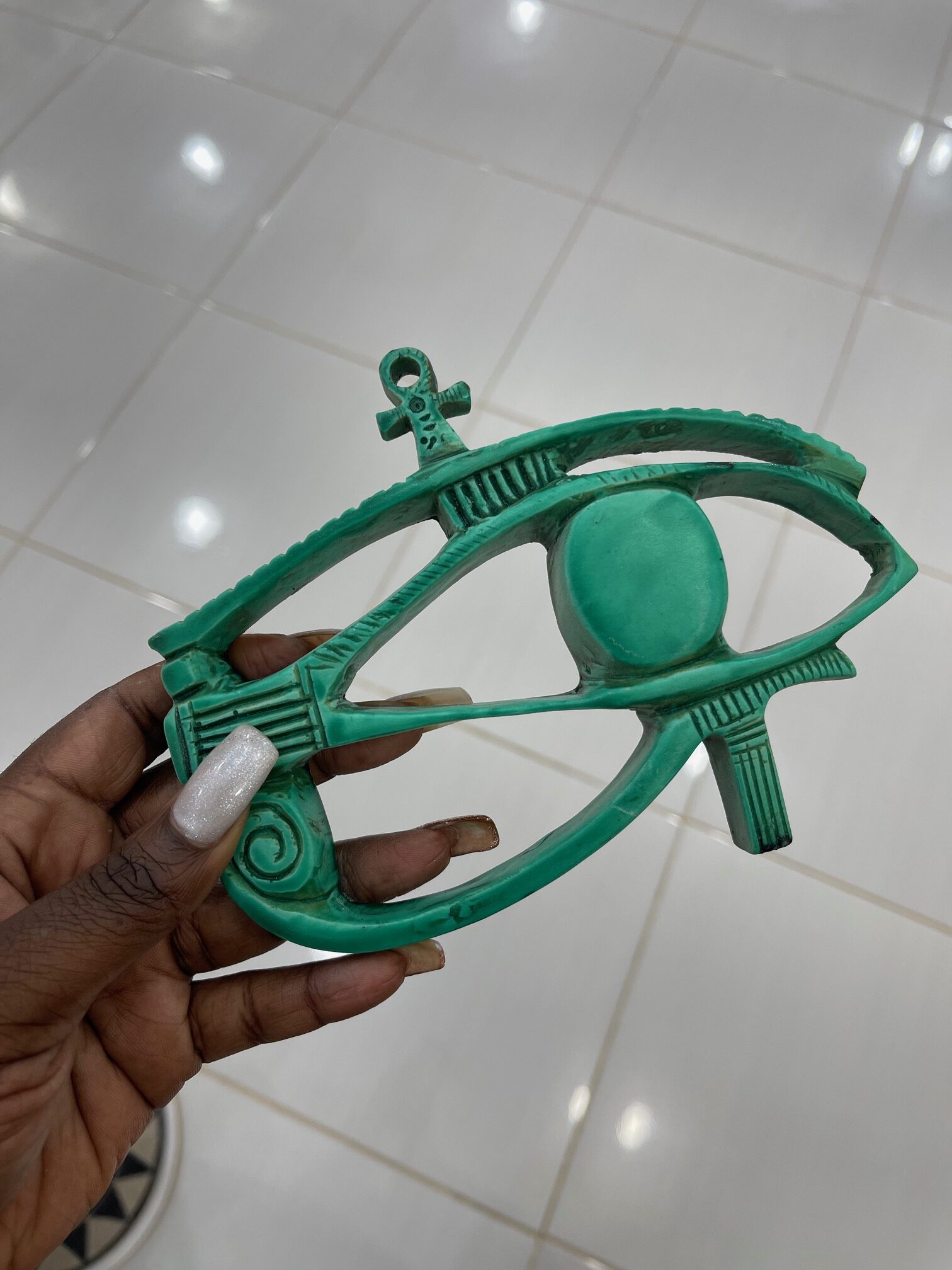

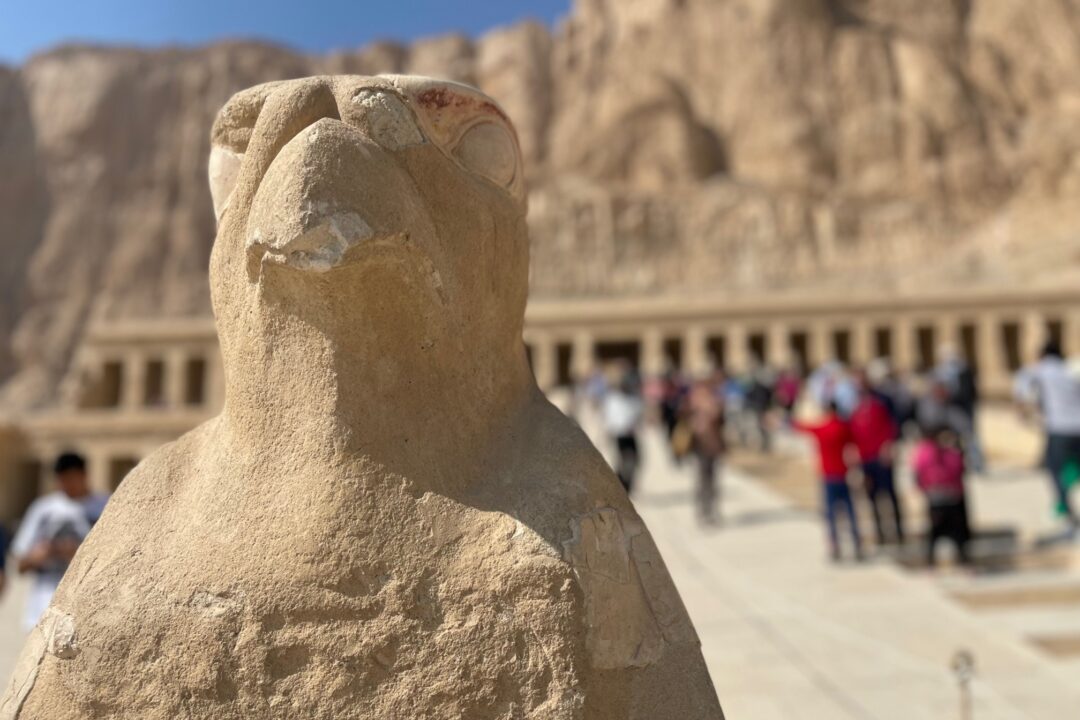

No Comments Found